We flew from Madrid to Casablanca, the flight lasts approximately 1h50. Arriving at the airport, we were greeted by a person who helped us with immigration with a fast track service, for those who don't know, it is a service that speeds up some airport processes and formalities, greatly reduces time and makes arrival easier. This service was contracted in Brazil by our agency Embarque With Us.
Upon disembarking, our driver , and today a great friend, Mustapha , was waiting for us to start our trip. He was the one who accompanied us during the 9 days in Morocco.
We left Mohammed V airport and planned to visit the Hassan II Mosque , the fifth largest in the world and a postcard of Casablanca. But, as the traffic was very heavy that day, we ended up wasting a lot of travel time and had hours to travel to Fès .
On the way, we quickly stopped at Rabat marina for lunch . The restaurant was very touristy and the food was ok , but the view was beautiful and it was a good way to see a little of the city.
Summary
Fès: 2 nights
Merzouga: 1 night
Sahara Desert: 1 night
Ourzazate: 1 night
Marrakech: 3 nights
1st destination
Fès
The hotel
From there we headed to Fès , our first destination in Morocco and the one we liked most. It took approximately 4 hours on the road to get to Riad Fès , a wonderful Relais Châteaux located within the Medina , in the old part of the city.
The hotel was the former residence of an important local family, a 14th century riad that was restored maintaining its original appearance.
As we were tired from the trip, we chose to have dinner at the hotel restaurant, a wonderful Moroccan restaurant, everything we ordered was great. I recommend those who are not staying at the hotel to book dinner there one night, it is worth it.
Another accommodation option we considered at the time was the Sahrai hotel.
The next day we woke up and had a nice breakfast at the hotel and went to see the city.
Budget your trip with
Embark With Us
All guides were created in partnership with the Embarque With Us agency , which has 40 years of experience in the market and is based in São Paulo and Ribeirão Preto - Brazil .
To quote this itinerary or have it tailored to you, simply click the button below and a travel consultant will contact you shortly.
www.embarquewithus.com.br @embarquewithus
To Do
King's Palace
We started the day in the King's Palace square. The Palace was built in the 14th century and is one of the largest and oldest in Morocco.
It is not possible to visit its interior, only its seven doors that represent the seven days of the week and the seven levels of the monarchy. The doors are made of bronze and the decorations on the wall around them are made of blue and green ceramic tiles. Blue is the color of Fès, and green represents Islam.
Jewish Quarter
Next to the King's Palace is the Jewish Quarter , one of the most traditional and oldest areas of Fès.
The interesting thing about the neighborhood is observing its architecture, in which the buildings have balconies on the outside, unlike traditional Moroccan buildings in which the windows and balconies all face an internal courtyard.
As we left the Jewish Quarter, we went up to see the panoramic view of the entire old Medina of Fès, which is beautiful!
Pottery and Tile Neighborhood
From there we head to the pottery and tile neighborhood , in this neighborhood there is a large commerce with several stores and similar products among them. We visited an artisans' cooperative where it was possible to learn a little about the whole process and, in the end, buy the pieces.
Bab Bou Jeloud Door
It is the gateway to the Fez el-Bali Medina, the oldest and most magical part of Fès.
Bou Inania Madrasa
A Madrasa is a Koranic school of higher education . Bou Inania dates back to 1350 and is one of the most beautiful and well-kept in the Medina. It was renovated twice, once in the 18th century and again in the 20th century. Some parts cannot be visited, as they still function as a mosque and receive hundreds of worshipers.
Nejjarine Museum
It is the Museum of Wooden Arts and Crafts . It opened in 1998 and is located in an incredible old inn from the 18th century. There we were able to see several traditional objects made of wood carved by artisans from Fès. But what really impresses is the building where the museum is located.
Chouwara Courtyard
In the heart of the Fez el-Bali Medina, the Chouwara Cortume is the largest of the four tanneries that continue to operate. It is made up of countless pits with natural dyes for dyeing camel, goat, ox and lamb leather .
Chouwara is surrounded by stores with counters facing it, and it is from these stores that tourists visit. At the entrance to these stores we were given sprigs of mint to smell throughout the visit, in an attempt to alleviate the super strong smell characteristic of the tannery.
Moulay Idriss Mausoleum
It is a sanctuary dedicated to an ancient king of the city (from 807 to 828), thousands of Muslims visit the mausoleum to obtain his blessing . Like the other holy places in the city, it is not open to non-Muslims , but it is worth visiting its facade to see some of its beautiful and imposing construction.
- Sidi Ahmed Tijani Mausoleum
Just like the previous mausoleum, at Sidi Ahmed Tijani , it is also not possible to visit its interior, the intention is to see its spectacular facade and door , rich in details.
Souks
Finally, visit the souks, traditional Arab markets that offer a multitude of products, from fabrics to spices. There are many souks spread across Fès and some specialize in specific products , such as the Henna Souk. The coolest thing is to get lost in them to explore what each one offers and always negotiate everything before buying.
2nd destination
Merzouga
On our 3rd day , we left Fès around 8:00 in the morning. Along the way we were able to see impressive landscapes in the Atlas Mountains and semi-desert regions. We stopped in Ifrane , a small town 65km south of Fès, and is considered the Switzerland of Morocco for its characteristic alpine style. It's beautiful and worth the visit!
From Ifrane we headed to Midelt , the city where we stopped for lunch . The small city is located between the Atlas Mountains and the Sahara Desert and the views there are wonderful .
The hotel
We arrived at our next destination, Riad Madu, at around 6:00 pm. The riad is located in Merzouga , at the foot of the Sahara desert , it has a more rustic style than our last accommodation, Riad Fès, but despite not being luxurious, it does not lack charm in every detail.
To Do
On our 3rd night , we had dinner at Riad Madu , which had a typical Moroccan menu and everything was delicious. We ended the night drinking tea around the fireplace before going to sleep.
3rd destination
Saara's desert
After our night at Riad Madu, we checked out and handed our bags to Mustapha, as we would not be traveling with him that day.
We were met by a 4x4 that would take us to our camp . Before getting there, we passed through Erfoud and Rissani , two small towns that are the "gate" to the Sahara desert . The local receptionist, who was accompanying us, organized a wonderful lunch in an oasis in the middle of the desert , with typical Moroccan dishes , teas and sweets. Everything served in the most beautiful and charming way possible, it was very special .
The hotel
After lunch at the Oasis, we headed to our camp , Merzouga Luxury Tented Camp.
Despite being a camp, the structure of Merzouga Luxury Tented Camp is very good , the tents are air-conditioned , the decor is charming and the bathroom is great . I confess that I was a little worried, but the shower was good and hot and so was the toilet structure and countertop with the sink. We had a wonderful night there.
To Do
We got there at the end of the day , in time for a camel ride through the dunes at sunset.
The tour was beautiful and we were able to get to know a little more about the guests who were at the camp that night. Some Brazilians, Uruguayans and Portuguese.
We returned to camp where we drank wine around the campfire and talked before dinner. The structure there is very good and dinner was in an air-conditioned tent. The dishes , of course, were Moroccan , and after dinner, still in the restaurant, we had a show with typical Moroccan music , in which guests were able to participate and learn to play the instruments. My father , who never misses the chance to play an instrument and microphone, participated and it was a lot of fun. After dinner and with the fire at its lowest setting, we gazed at the sky , the most beautiful and starry sky I have ever seen in my life!
4th destination
Ouarzazate
The next day we woke up and went to meet Mustapha at Riad Madu to continue our trip.
To Do
Our 5th night was in Ouarzazate at the Le Berbere Palace hotel . On the way there, we cross the sublime desert scenery of the Alnif region and pass through the Todra Gorges, a series of limestone river canyons located in the eastern part of the High Atlas Mountains, near the city of Tinerhir . The tour is beautiful and worth including in your itinerary.
Ouarzazate is a city in southern Morocco , nicknamed the "gate to the desert" . With a strategic location , it has always been an important city in Morocco for its commercial routes and nowadays for its film studios.
The hotel
Le Berbere Palace
In Ouarzazate we stayed at Le Berbere Palace , it is the best hotel in the city , it has a good structure, but it reminded me of American hotels , all very big and without charm . The hotel decor is a bit tacky, but the rooms are comfortable . The hotel has a beautiful garden and a huge swimming pool that we couldn't take advantage of as it was cold .
I would only recommend this overnight stay in Ouarzazate at Le Berbere Palace if it is essential to fit into the itinerary. If I could change one thing about mine, it would be to swap tonight for two nights at the incredible boutique hotel Dar Ahlam in Skoura .
5th destination
Ait Ben-Haddou
On the way to Marrakech we spent the day in Ait Ben-Haddou, a fortified city , a UNESCO world heritage site and an ancient and strategic commercial route in Morocco. The city was the setting for major productions such as " Gladiator " and " Game of Thrones ". It was very interesting to visit a city with such preserved clay kasbahs , it's beautiful!
To Do
That same day, we were welcomed into the home of a Berber family for a typical Moroccan lunch.
It was very special , one of the best meals we had on the trip , and, despite only speaking Arabic , we were received with all the kindness in the world and got to know a little more about Berber culture. It's unmissable!
6th destination
Marrakech
From Ait Ben-Haddou, we headed to Marrakech , our final destination on the trip through Morocco.
The hotel
We stayed there for 3 nights and stayed at Riad Jaaneman. With just five suites and a super privileged location in the medina, opposite the Musée des Confluences Dar el Bacha , the Riad was a family's vacation home for ten years and you can still feel the super welcoming and familiar atmosphere.
Riad Jaaneman was not our first option for accommodation, we intended to stay at Villa des Orangers , a beautiful Relais ChIâteaux, also within the Medina . However, when we closed, there was no longer any availability. Another option was also the beautiful Riad de Tarabel , but that was not available either. Finally, our receptionist in Morocco recommended Riad Jaaneman to us and we were very happy with our choice.
The Riad is not super luxurious, with the opulence of some other accommodations in Morocco, it has a more international decor, a mix of Moroccan and European. Beautiful and a little cleaner than the options mentioned above.
We really liked it, but it's worth mentioning that if you value great 24-hour service , this won't be a good option.
To Do
Dar el Bacha Musée des Confluences
We started our first day at Dar el Bacha Musée des Confluences, it was right in front of our riad and is a hidden gem in Marrakech that celebrates the rich Moroccan history and culture. The palace was originally built to serve as the residence of the Pacha of Marrakech in the 19th century and has since been restored to become a fascinating museum. Inside is Bacha Coffee, one of the most beautiful and delicious cafes we've ever been to, there are more than 200 types of Arabica coffee from all over the world.
- Mellah
Our second stop was the Mellah, a historic neighborhood in Marrakech, it was a vibrant Jewish settlement in the 16th century. Originally created as a place of refuge for the Jewish community, Mellah is now a place where Jewish and Moroccan culture blend. Its streets are narrow and colorful with historic synagogues and the spice souk.
- Souks
From the Mellah we went to some of the souks, if you are looking for an authentic shopping experience in Marrakech, the souks are the ideal place to visit. These markets are veritable labyrinths of narrow streets and winding alleys, filled with shops selling everything from spices and fabrics to ceramics and jewelry. Here, skill in the art of bargaining is an essential element. It's common for initial prices to be inflated, but with a little patience and persuasion, you can secure a good deal. But the souks are not just a place for shopping - they are also a cultural experience in themselves, the mix of colors, aromas and culture that you find in these markets is truly fascinating and enriching.
The best-known souks are Souk Addadine (metal articles souk), Souk Chouari (baskets made from palm fibers and wood), Souk Dyers, Souk Smata (Moroccan babouches), Souk Zrabia (carpets), Souk Siyyaghin ( jewellery), Souk El-Kebir (the skins are sold to later be treated) and the Spice Souk, located in the Mellah, the old Jewish quarter.
- Jemaa El Fna Square
After a few souks we went to Jemaa El Fna square, where the aroma of spices mixes with the sounds of musicians and snake charmers. It is an unmissable place for anyone visiting the city for the first time. Ps: most of the souks are around the square, so it's worth combining the programs.
- Palais Bahia
From the souks we went to the Palais Bahia, a historic palace in Marrakech built in the late 19th century to serve as a residence for Grand Vizier Si Moussa. Its name means "palace of beauty", and it's easy to see why - but it was named after the vizier's favorite lover - with its lush gardens, ornate courtyards and stunning decor, it is a true architectural treasure of the Alawite dynasty.
- Saadian Tombs
On the second day we started at the Saadian Tombs, which date back to the 16th century, when the Saadian dynasty ruled Morocco. The tombs were discovered in 1917 and have since been restored to showcase the incredible art and architecture of the time. Visiting this place is like entering a real mausoleum, where Moroccan history and tradition come together.
- Jemaa El Fna Square
Our second stop was at the effervescent and chaotic Jemaa El Fna square, where the aroma of spices mixes with the sounds of musicians and snake charmers. It is an unmissable place for anyone visiting the city for the first time.
- Yves Saint Laurent Museum
After the square, we went to the other side of the city. The Yves Saint Laurent Museum in Marrakech is a tribute to the legendary Algerian designer, who fell in love with the country and its exotic colors. The collection features more than 5,000 iconic pieces, from the famous Saharienne jacket to stunning evening dresses. It's a treasure for anyone who loves fashion.
- Majorelle Garden
From the museum we went to the Jardin Majorelle, an exotic oasis in the heart of Marrakech. It was designed by French artist Jacques Majorelle in the 1920s and 1930s, and later restored by fashion designer Yves Saint-Laurent and his partner Pierre Bergé in the 1980s. The garden is known for its vibrant blue-colored buildings, which Majorelle called " Majorelle Blue", as well as for its collection of cacti and exotic plants. Today, the garden is open to the public and also houses the Berbère Museum
- Berbère Museum
The Berbère Museum is located within the garden and displays a collection of artifacts and traditional objects from Berber culture, which are fascinating to see.
- Souks
If you are looking for an authentic shopping experience in Marrakech, the souks are the ideal place to visit. These markets are veritable labyrinths of narrow streets and winding alleys, filled with shops selling everything from spices and fabrics to ceramics and jewelry. Here, skill in the art of bargaining is an essential element. It's common for initial prices to be inflated, but with a little patience and persuasion, you can secure a good deal. But the souks are not just a place for shopping - they are also a cultural experience in themselves, the mix of colors, aromas and culture that you find in these markets is truly fascinating and enriching.
Kasbah Tamadot
On our fourth and last day in Marrakech, we spent the day at the Kasbah Tamadot hotel, in the Asni-Imlil valley, in the High Atlas region. Sir Richard Branson's hotel has 28 rooms and is located at the top of a valley overlooking Mount Toubkal. Everything on the property is wonderful, we went for lunch but we would have loved to have stayed there for a couple of nights and enjoyed the hotel and the region.
In addition to the hotel, we made a few stops along the way, it's 55km from Marrakech to there, we stopped in some Berber villages and saw a cooperative of women who produce Argan oil, where we were able to buy the products and learn about the production process.
Note: The best local brand in Marrakech to buy Argan oil is called Nectarome.
The restaurants
- Grand Café de la Poste
With references from the 1920s and art deco aesthetics in the decor, jazz and bossa nova as background music, the restaurant has a menu with French bistro classics and a wine list with good Moroccan options. We went for dinner but it is a great option for lunch.
- Bo Zin
Almost an entity at night in Marrakech, on Bô Zin's menu you will find a mix of Thai cuisine, with Noodles and Dim Sums among other options.
Book early in the evening if you want a quieter atmosphere or later to catch the time when the DJ comes on and the action starts.
- Nomad
Moroccan cuisine and international dishes with a Moroccan touch, open for both lunch and dinner or just mid-afternoon drinks if you prefer. The restaurant has 4 floors with charming decor and pleasant atmosphere but the highlight is definitely the second rooftop with views of the medina and the Atlas Mountains, be sure to ask for a table there when making your reservation.
- La Grande Table Marocaine
Coming in 27th place on the Middle East North Africa's 50 Best restaurants list, La Grande Table Marocaine is located in the incredible Royal Mansour hotel. The traditional Moroccan cuisine here has French touches and a royal experience. The ambiance is opulent and the service is so wonderful it's almost exaggerated.
- Bacha Coffee
With 200 types of Arabica coffee from around the world, Bacha Coffee is located inside the Dar el Bacha Musée des confluences. In addition to everything being delicious, the atmosphere alone is worth the visit!
- Dar Yacout
One of the first restaurants in the Medina, opened more than 20 years ago, Dar Yacout has a Moroccan menu, a show by local musicians and a romantic atmosphere. On the day of our reservation we were so tired that we ended up canceling at the last minute. Despite being very touristy, it tends to be unanimous in terms of recommendations.

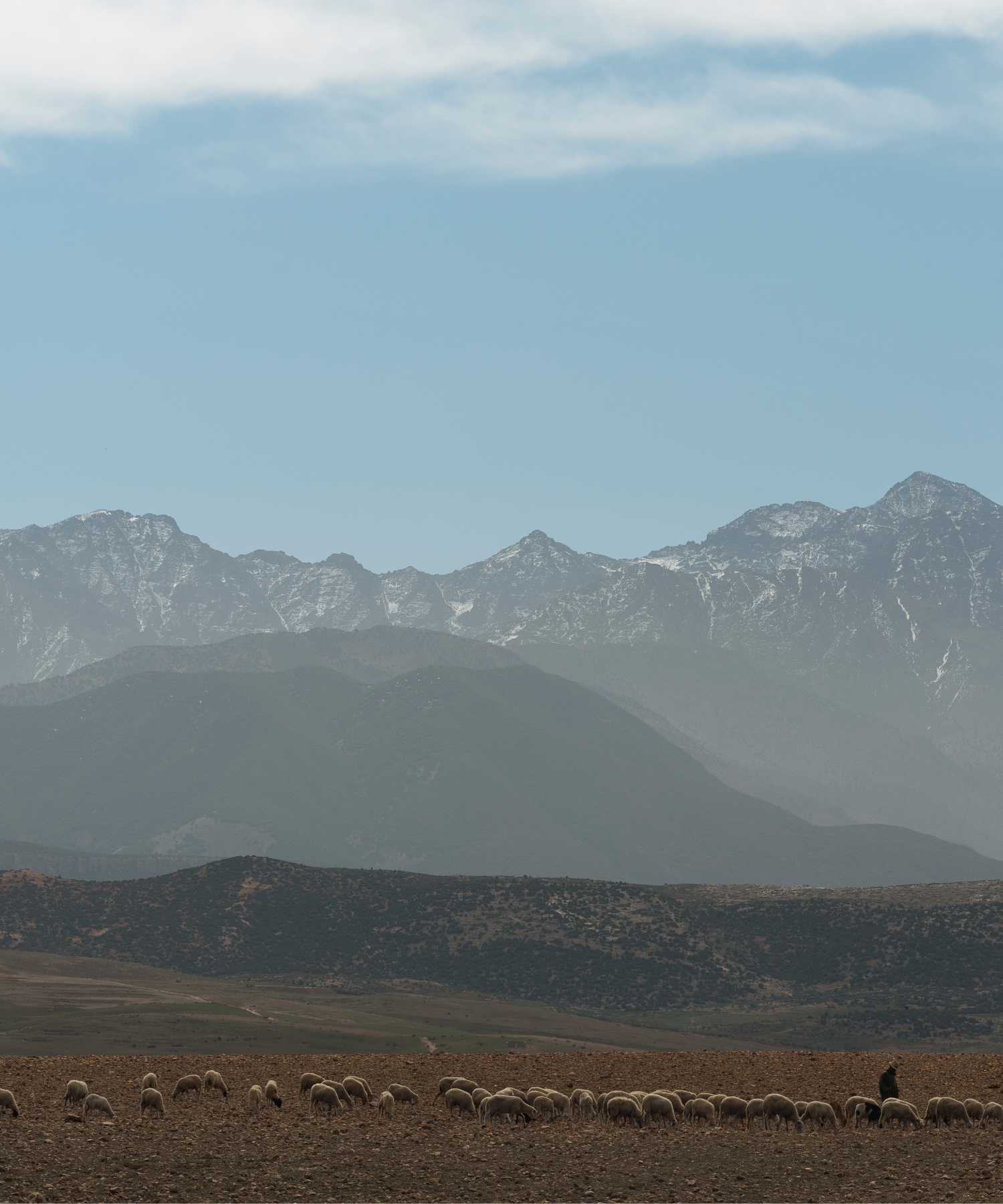
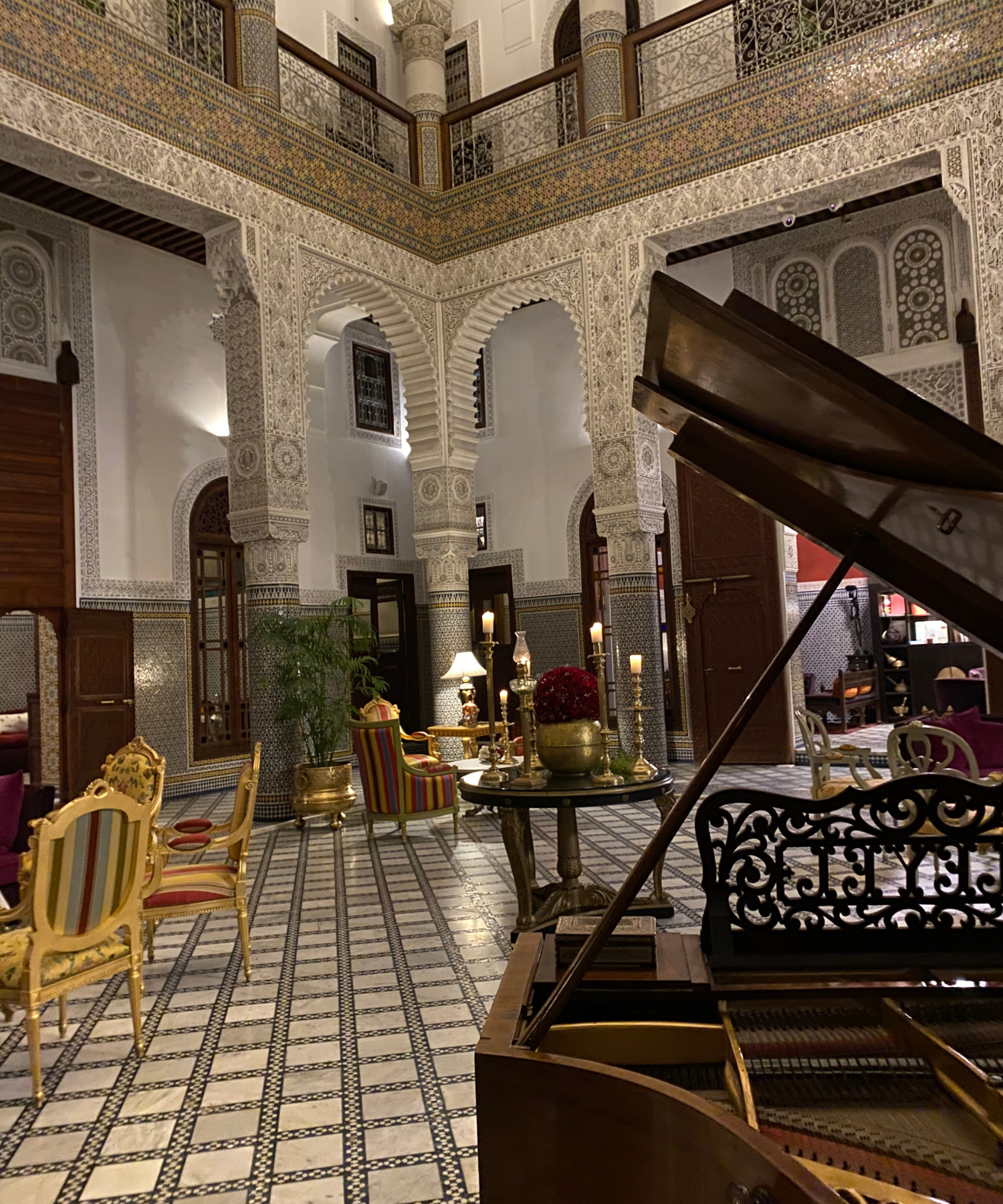
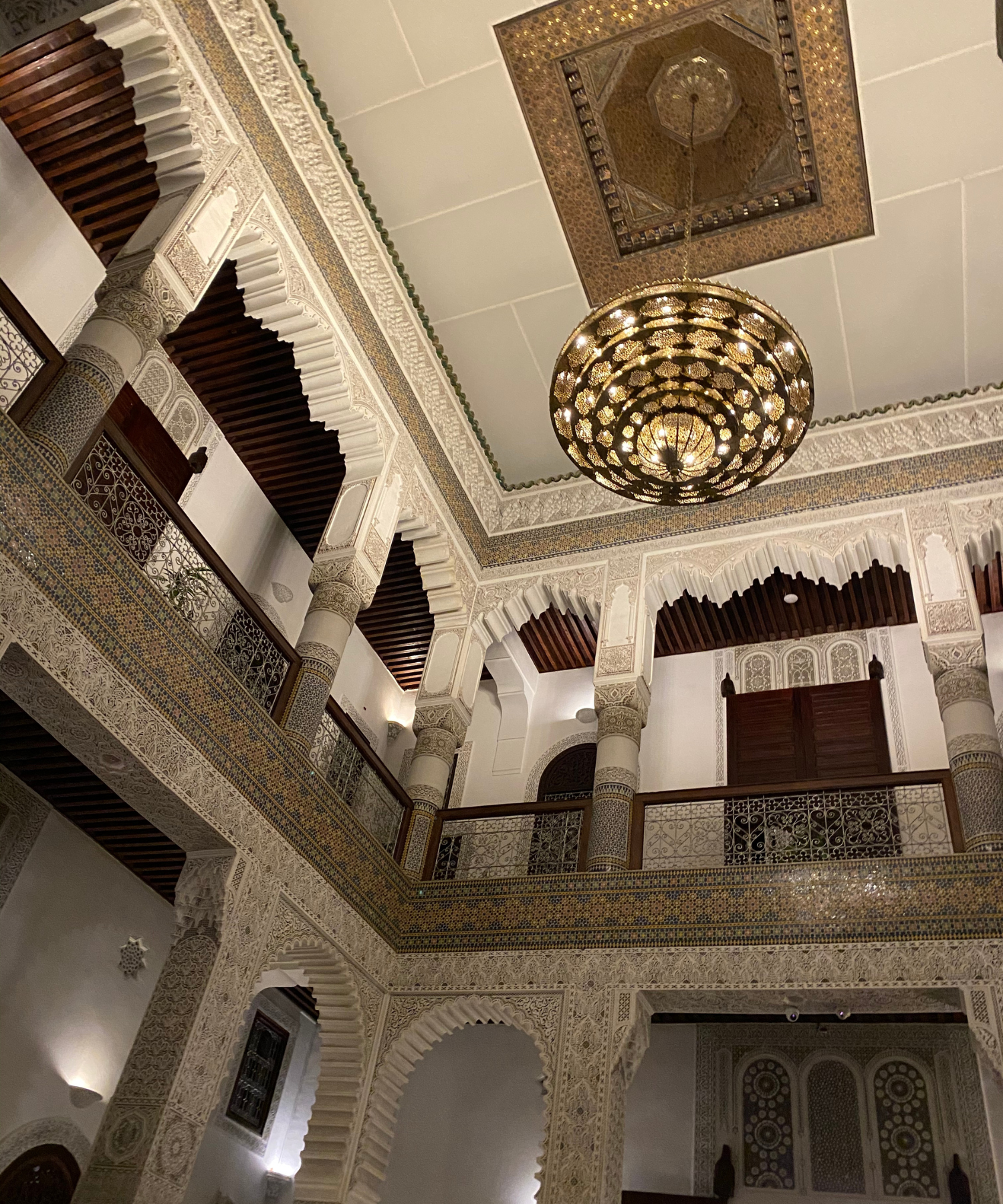



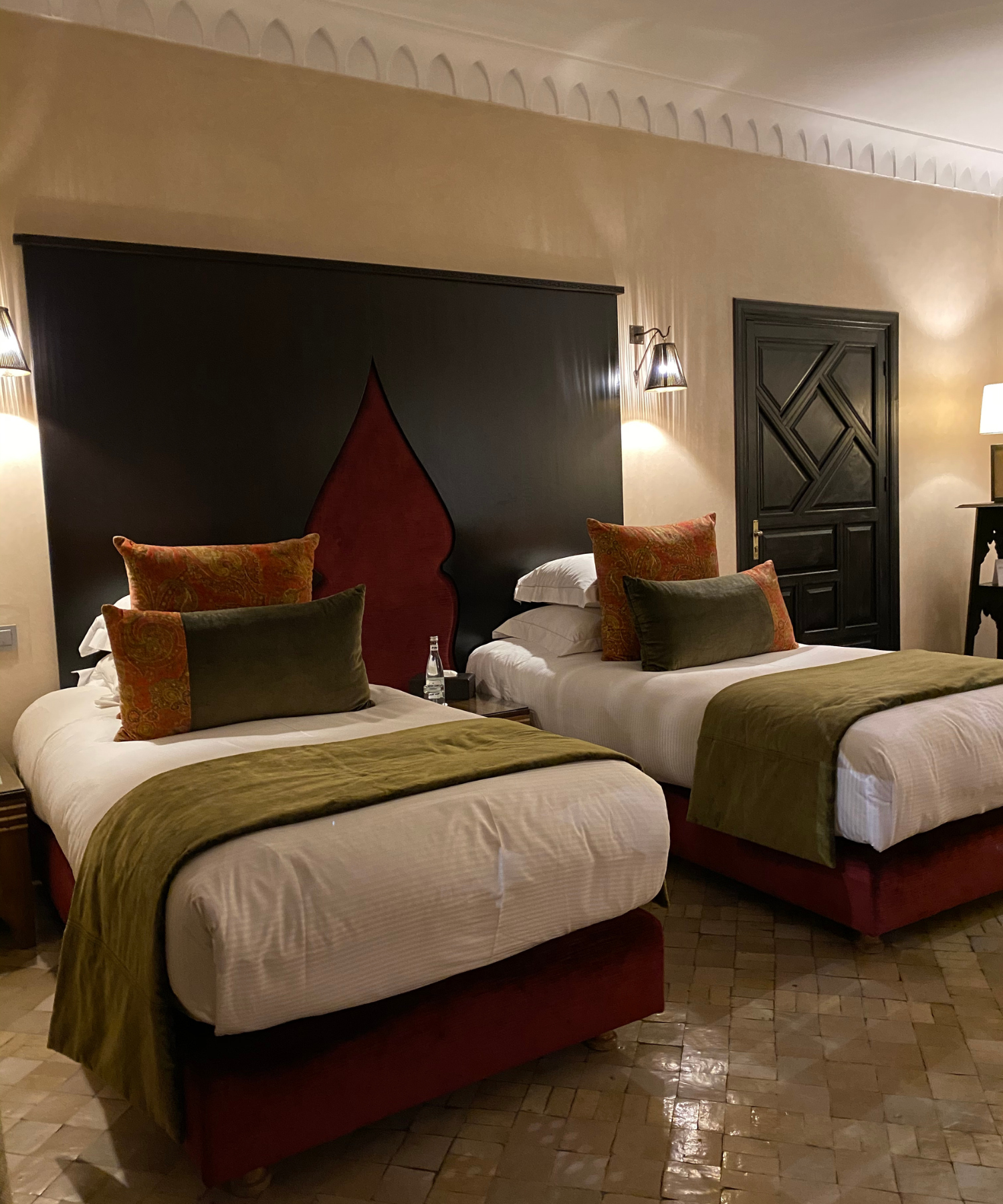


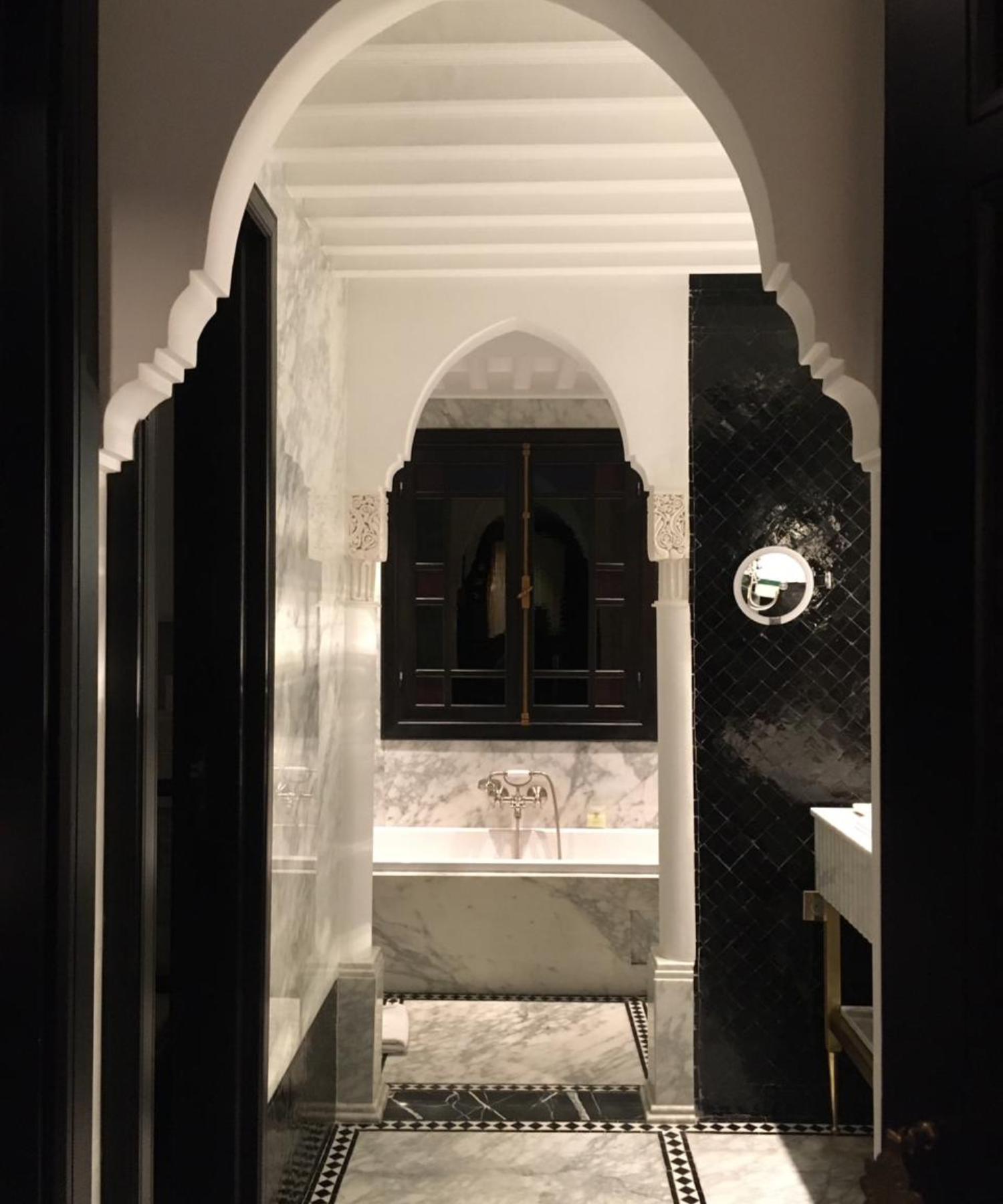
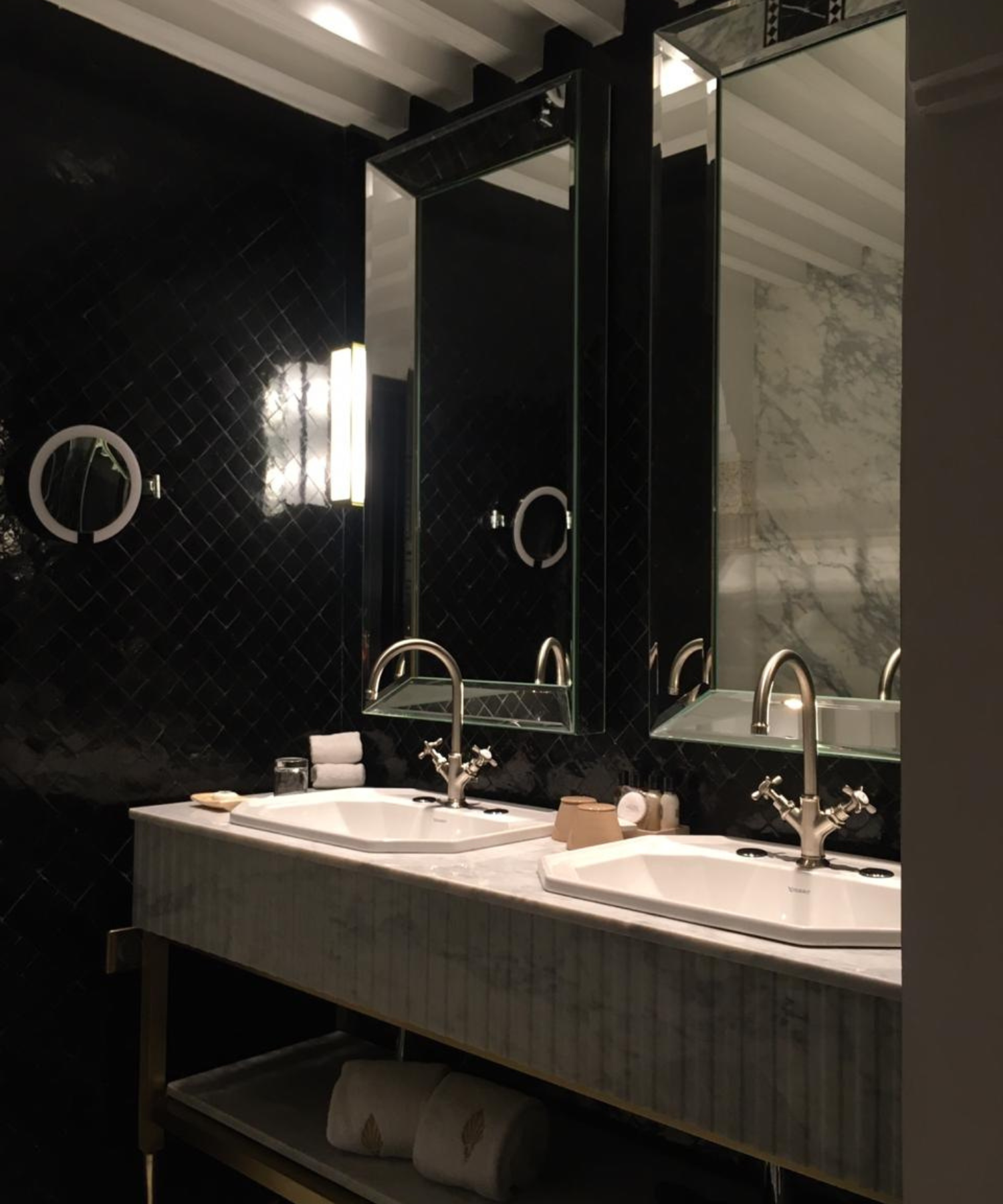
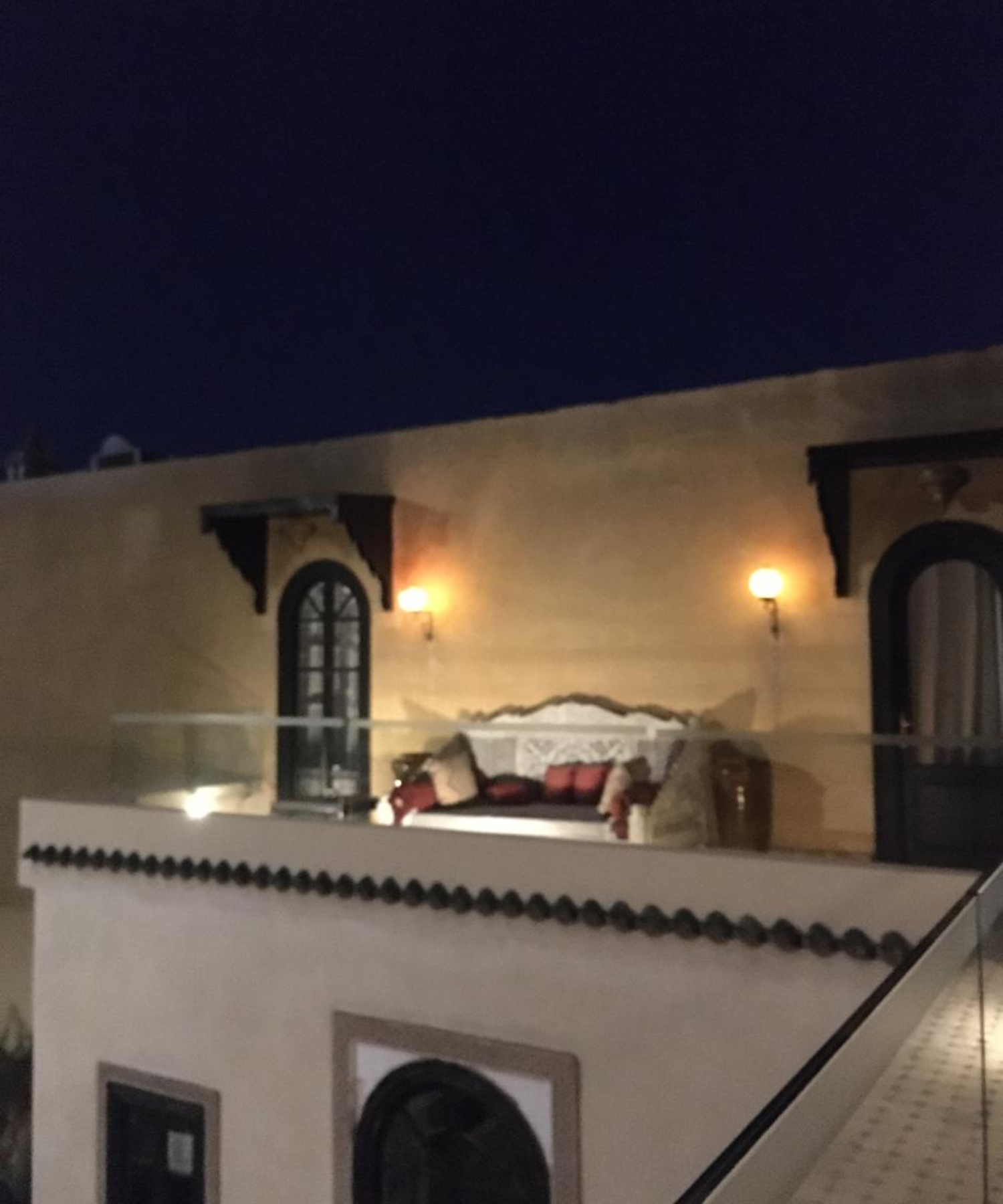
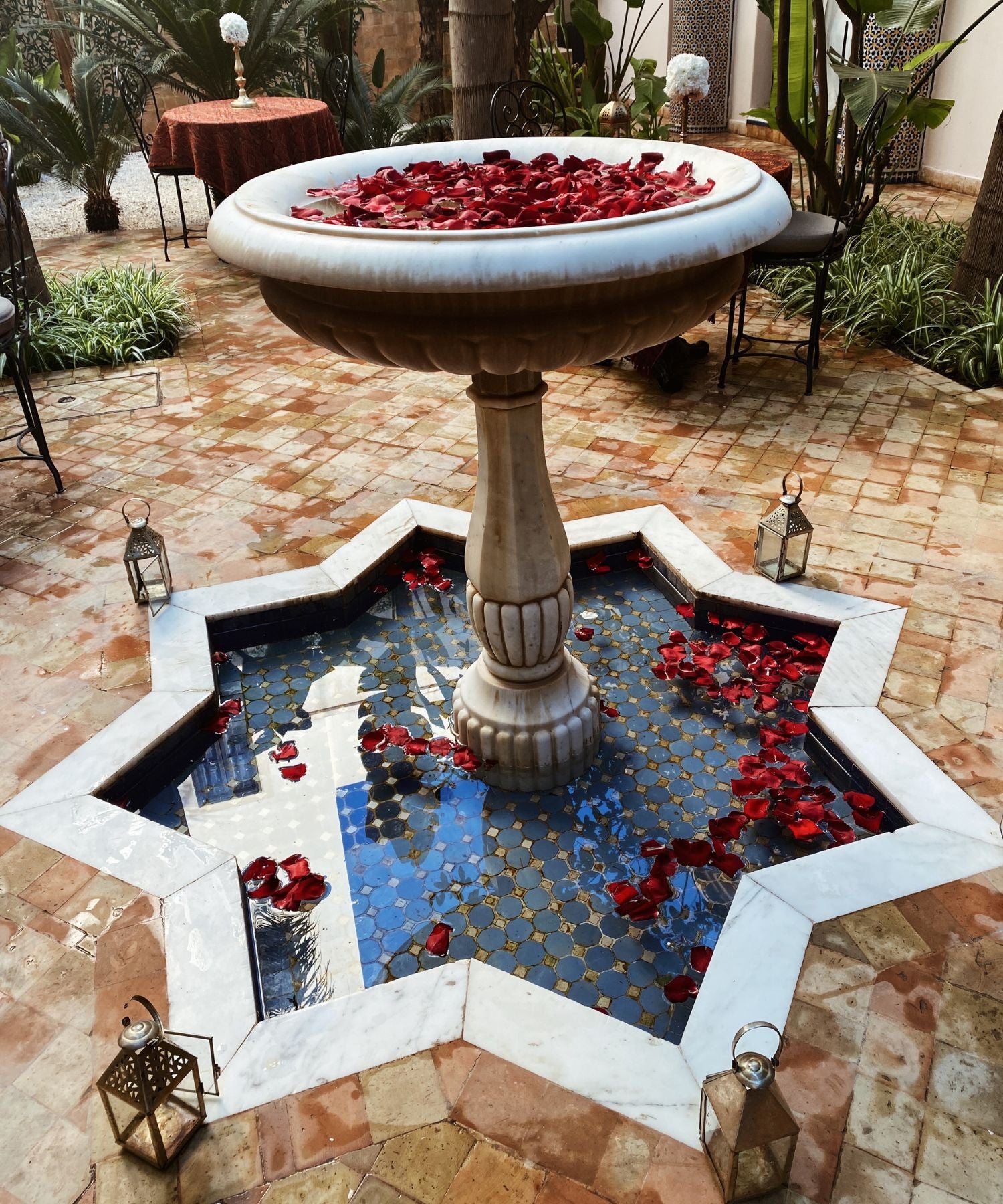
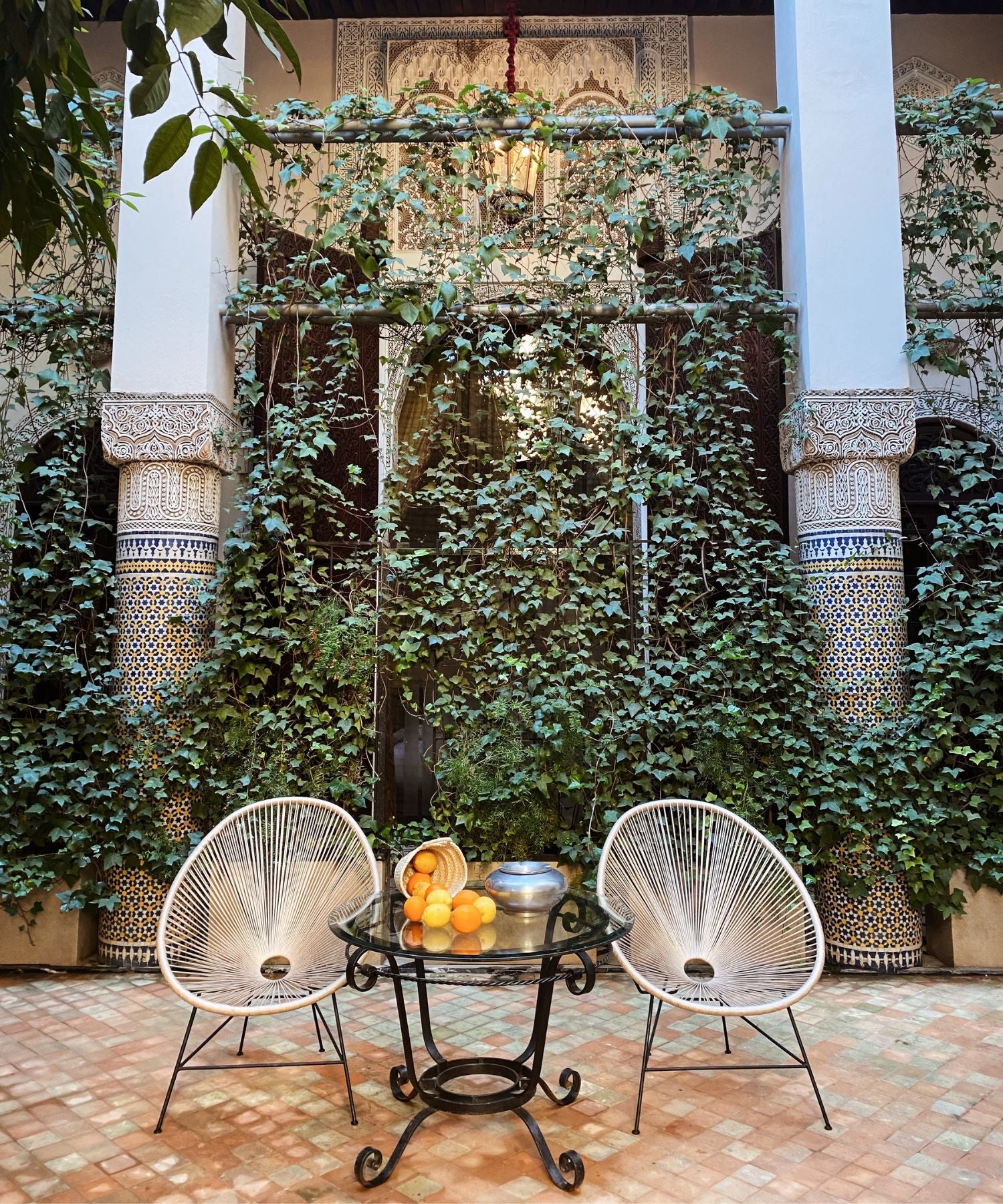

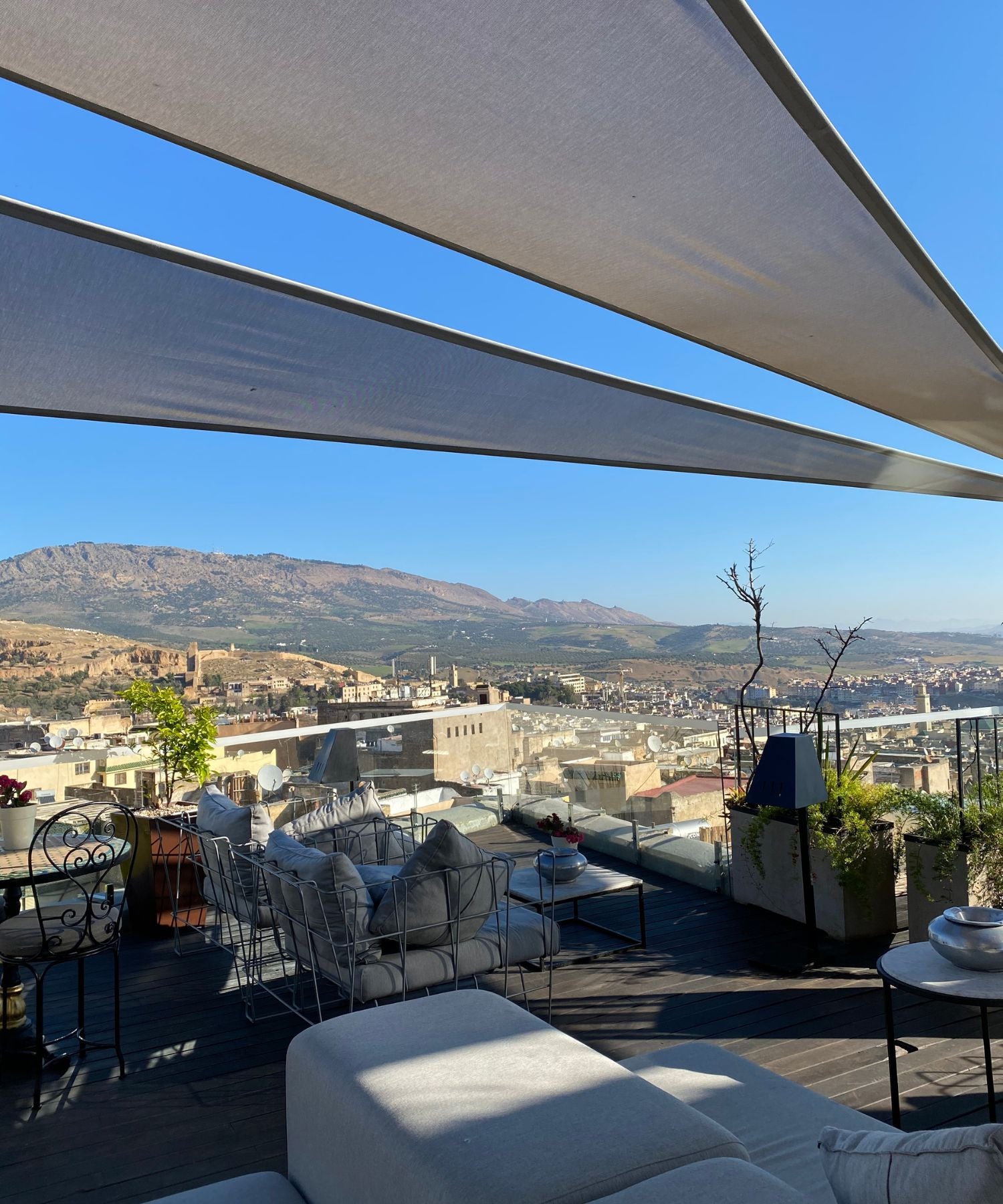
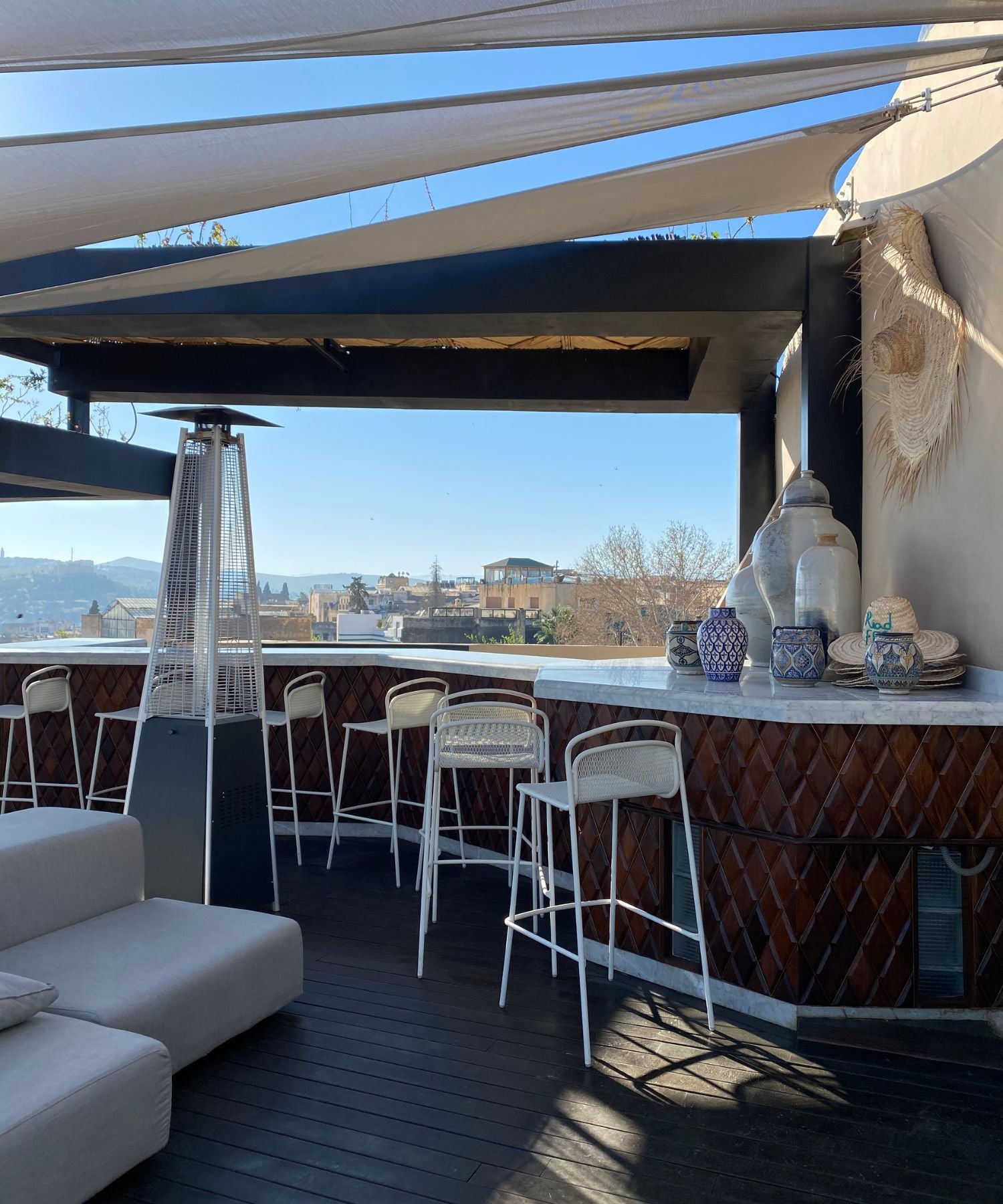
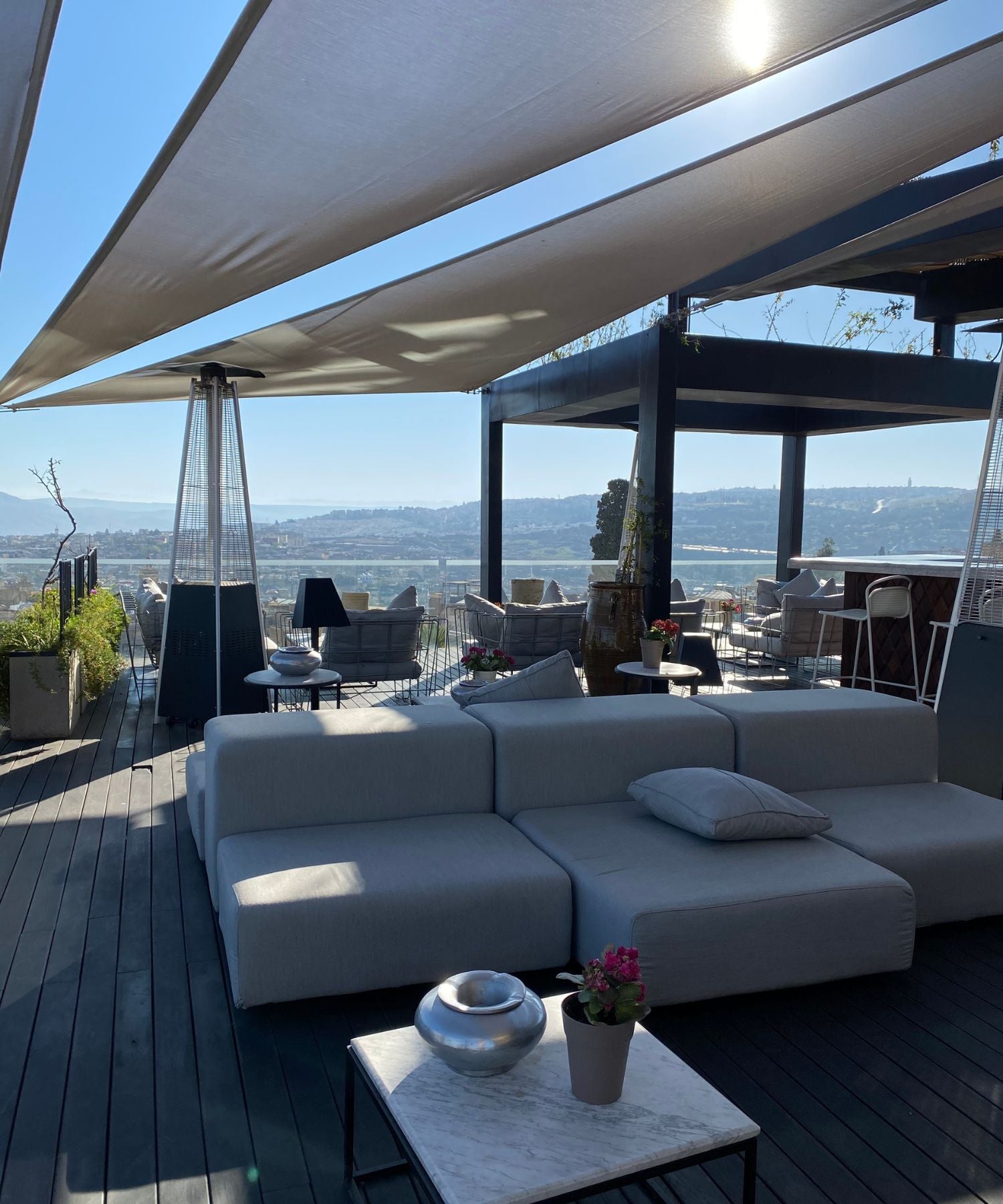


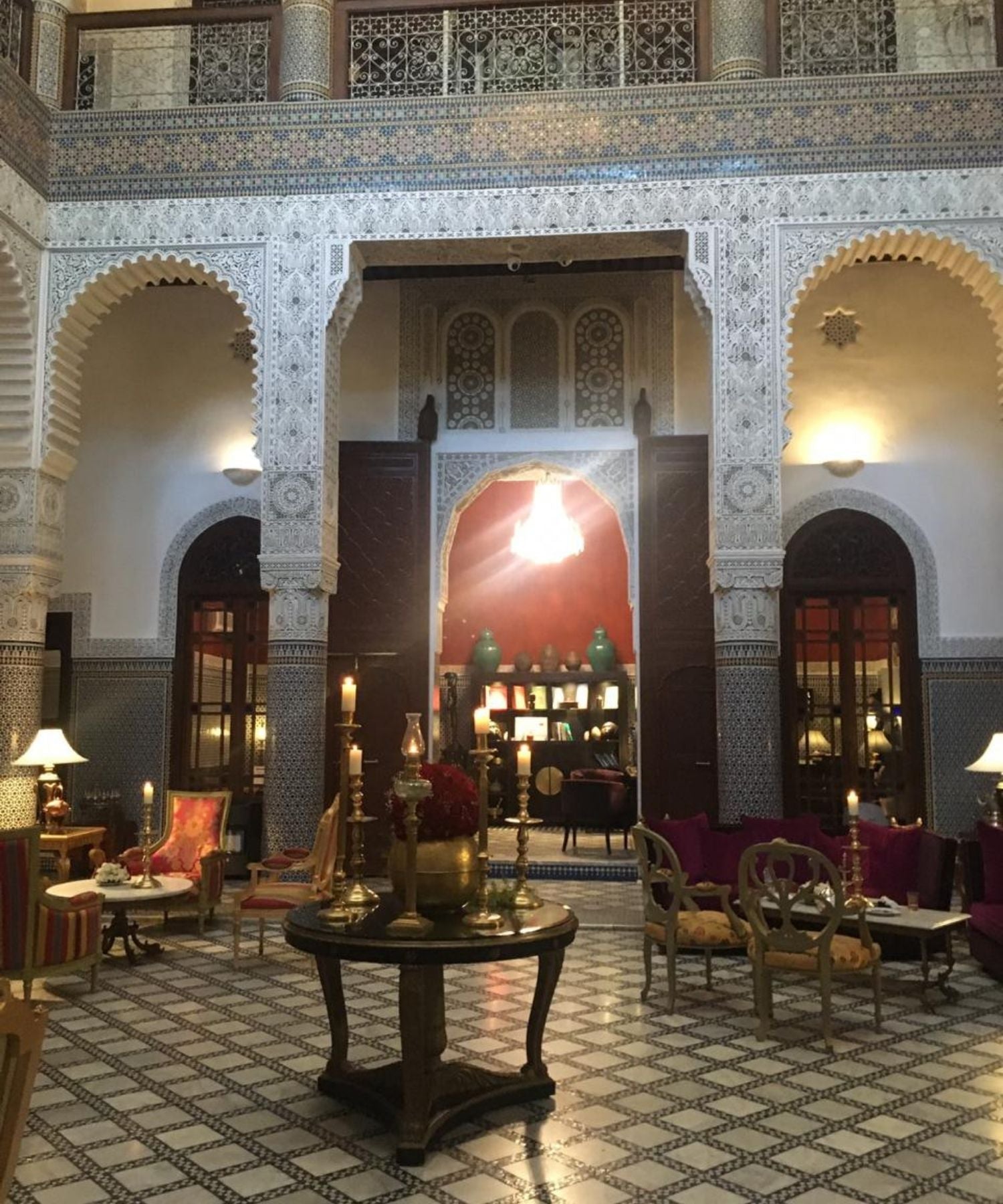






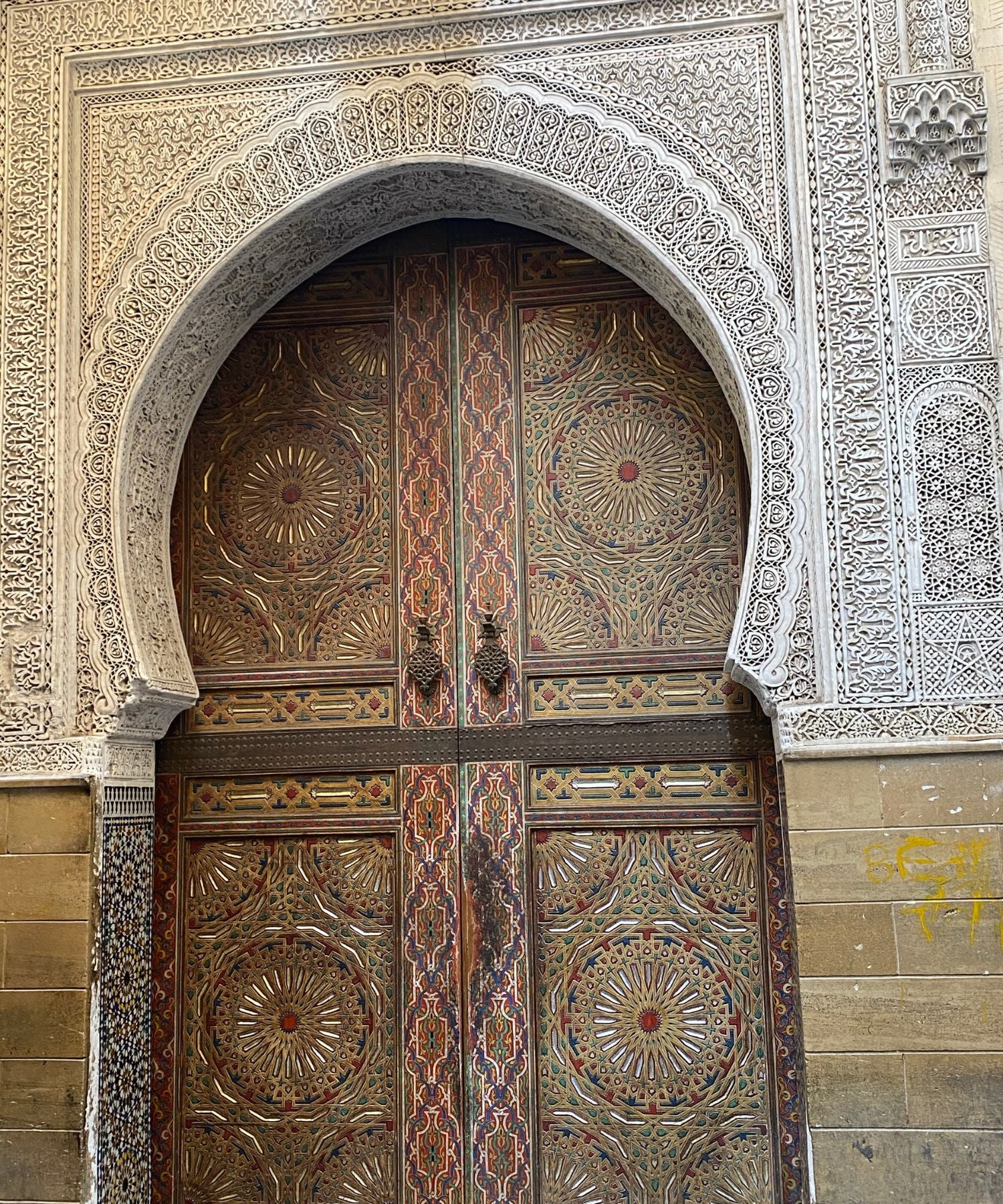
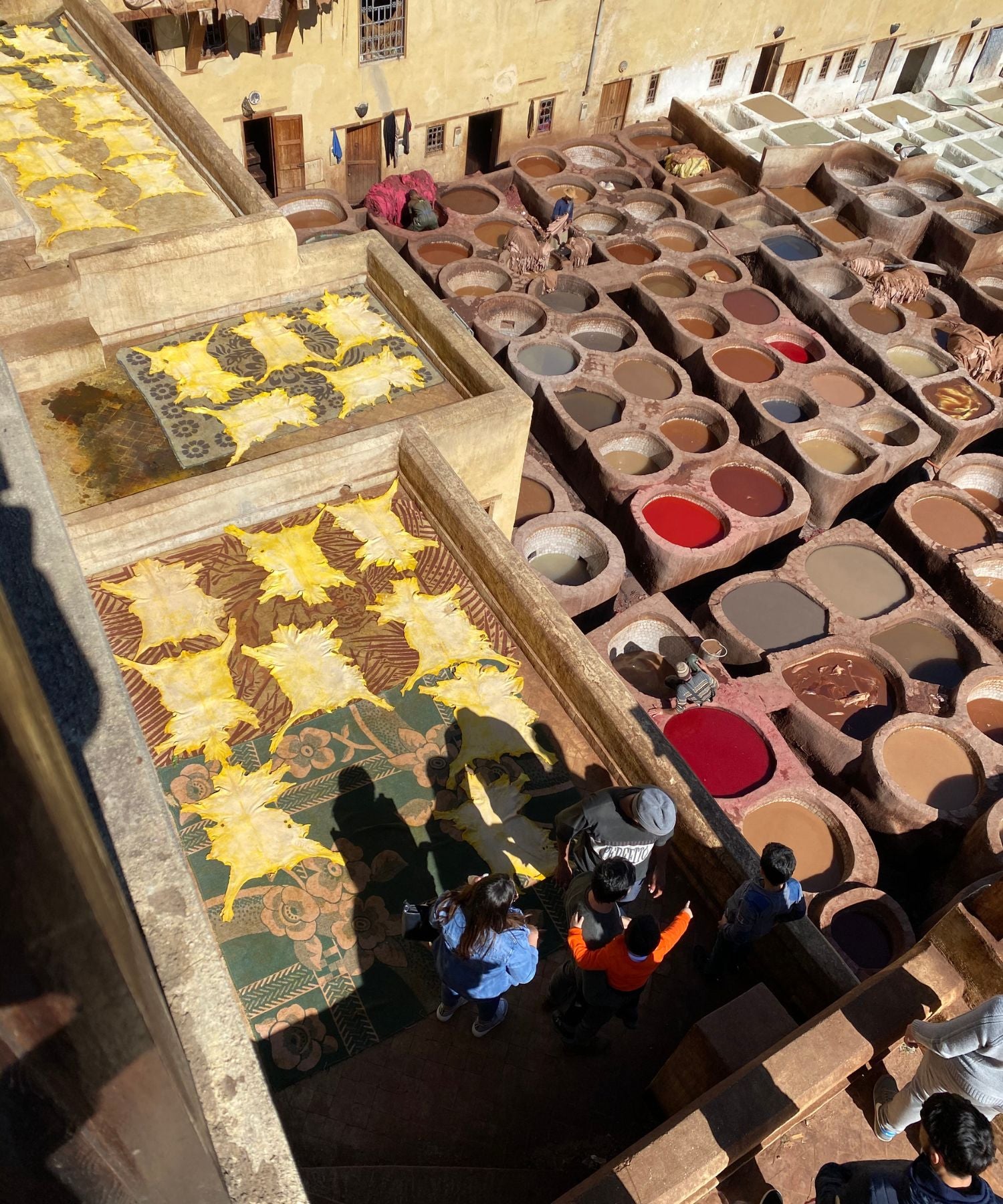

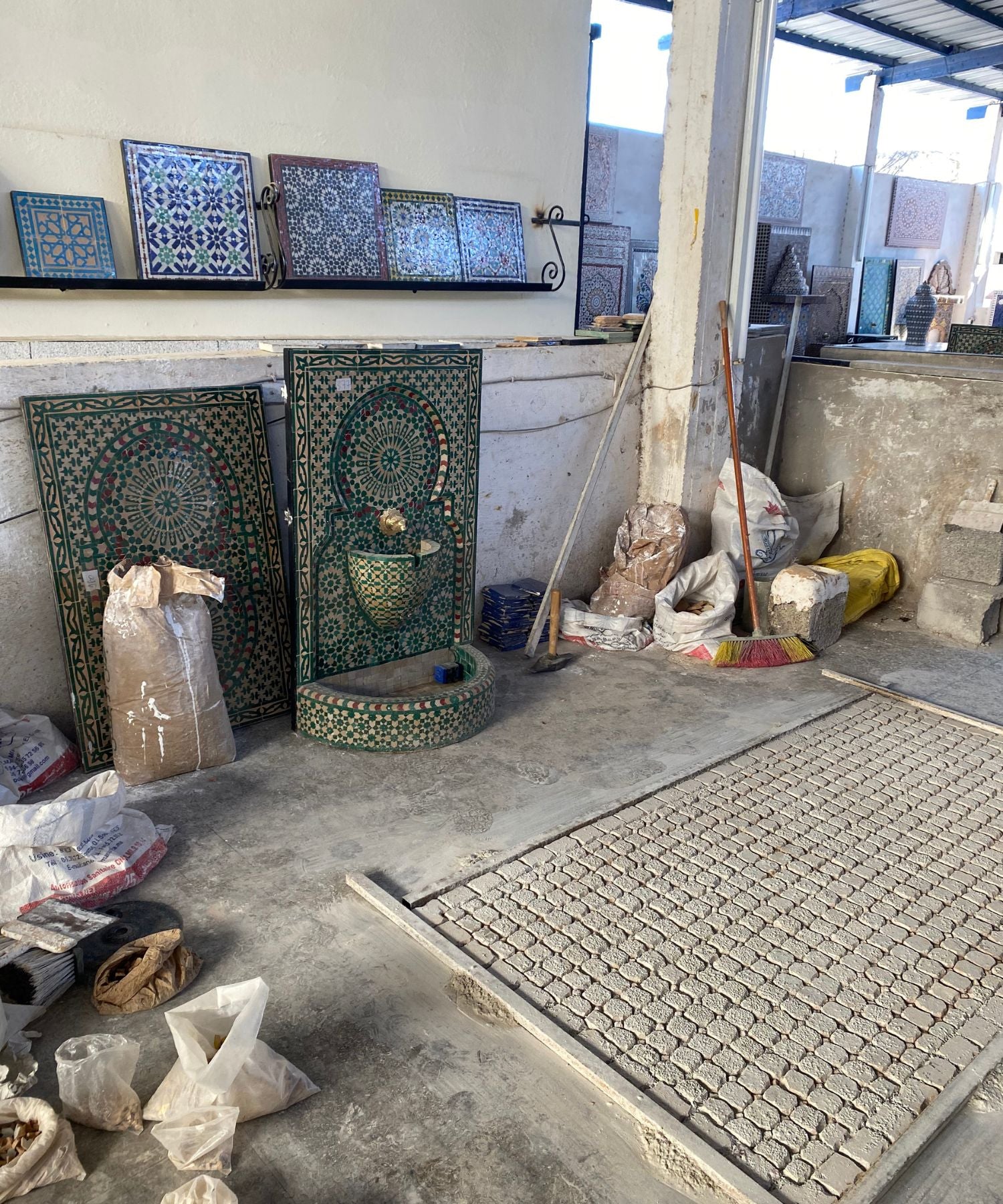
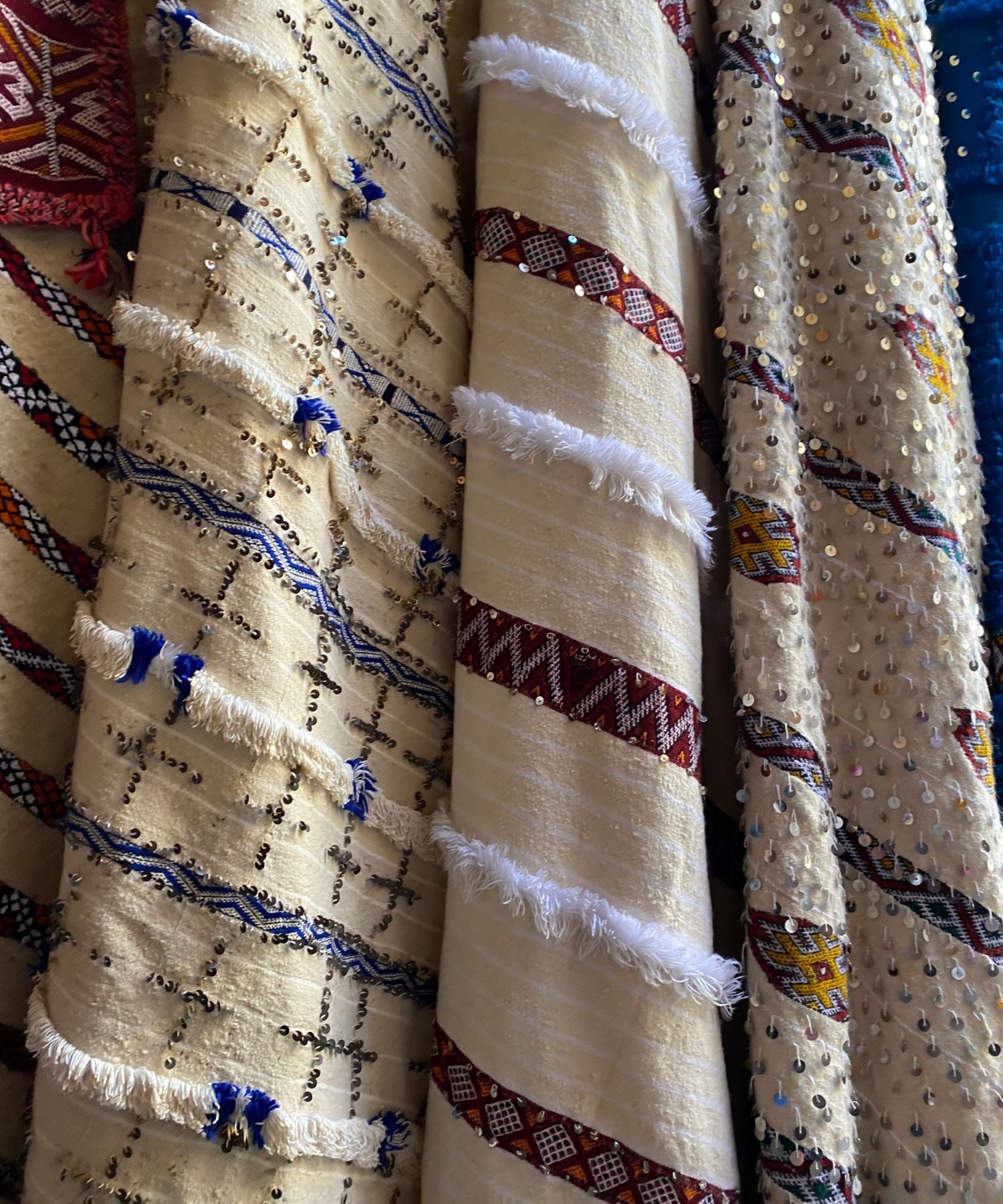

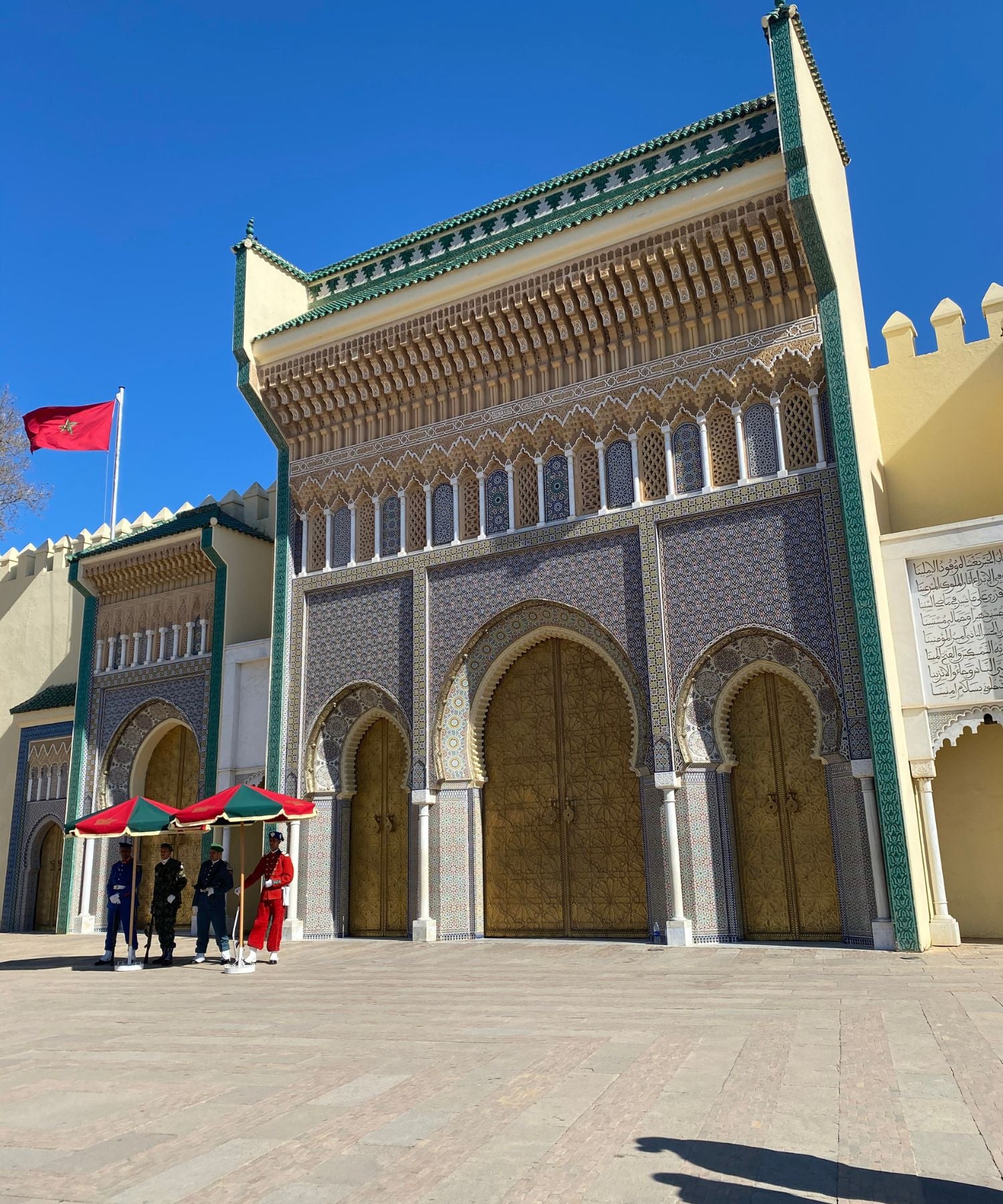
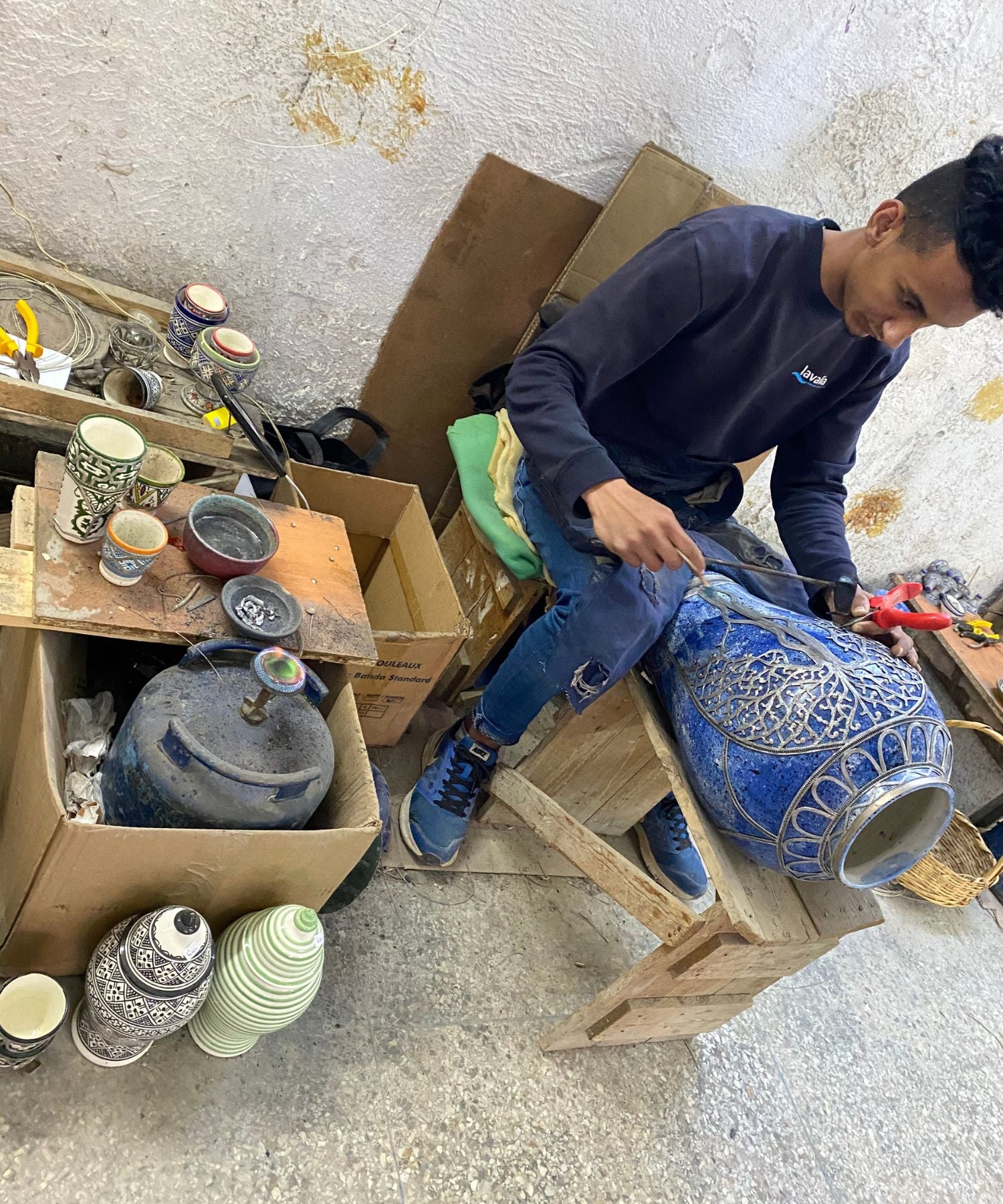
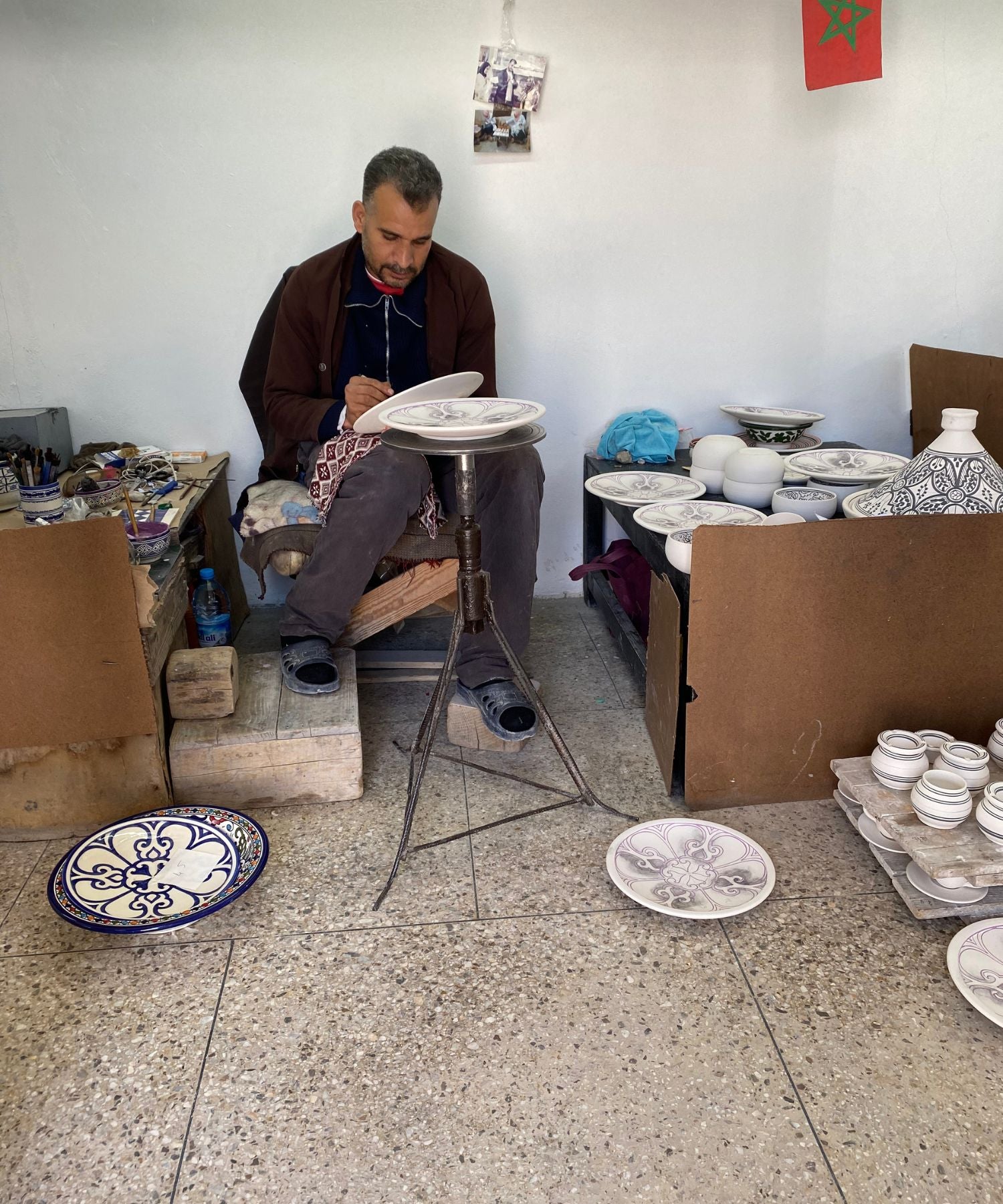



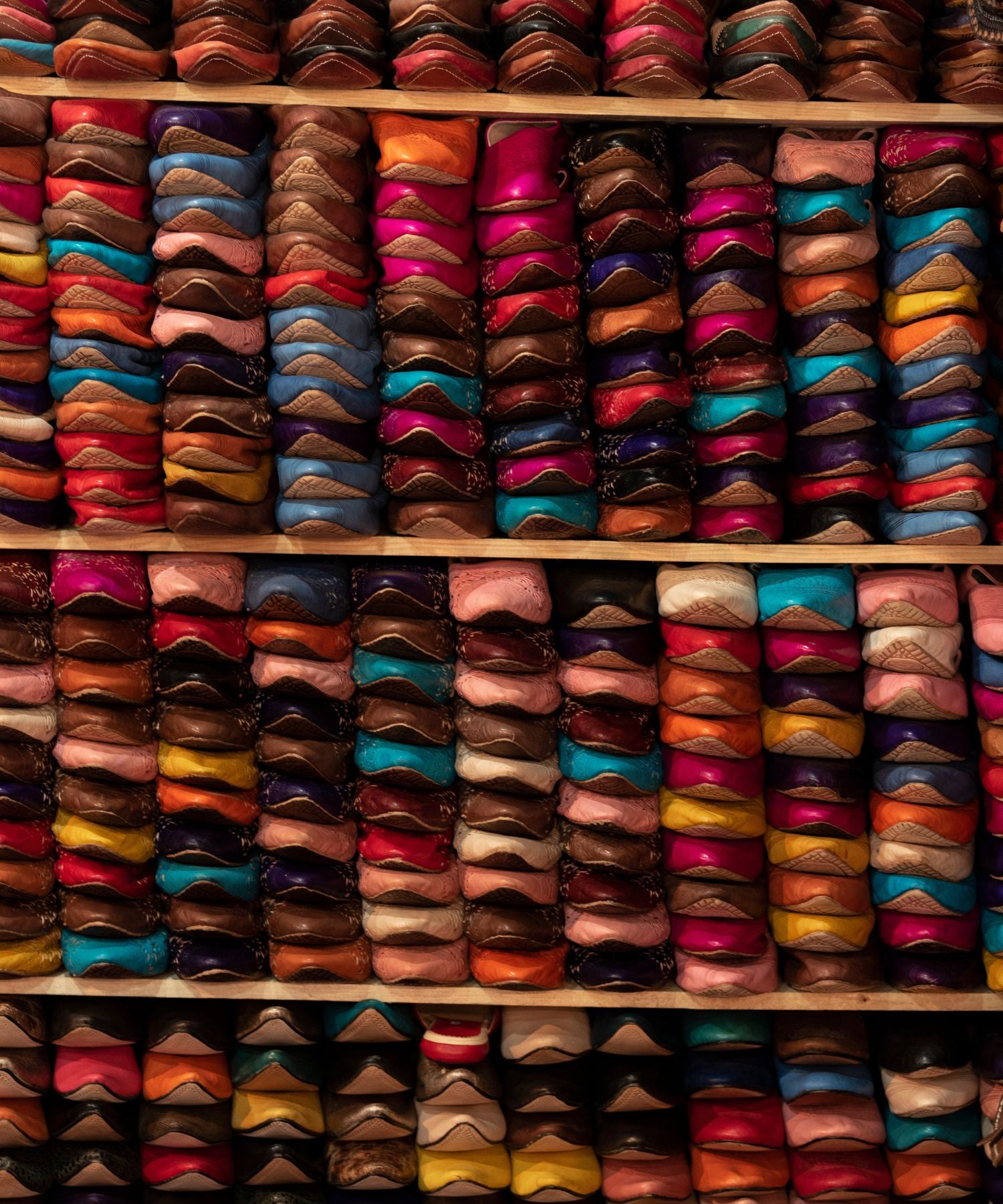


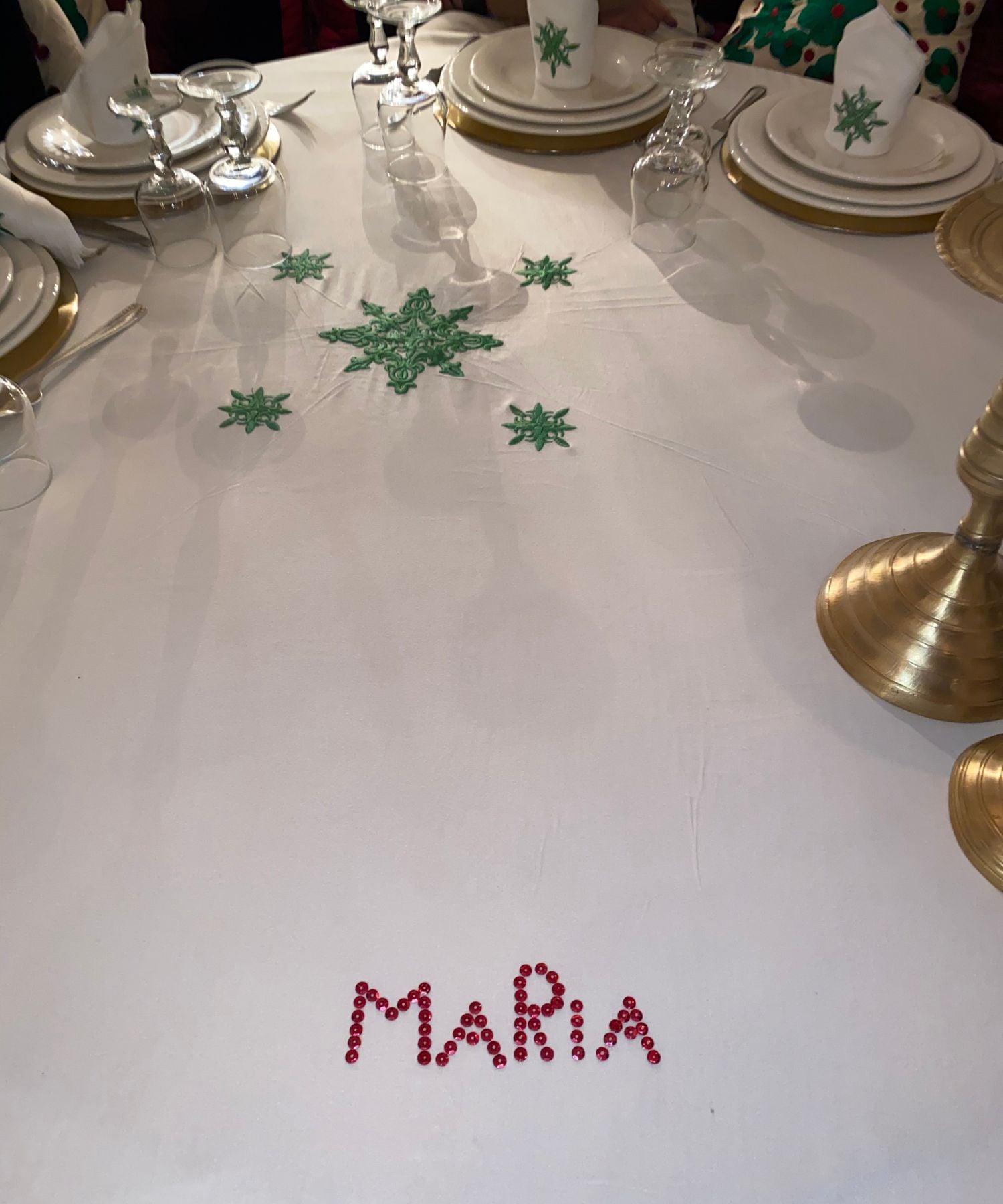
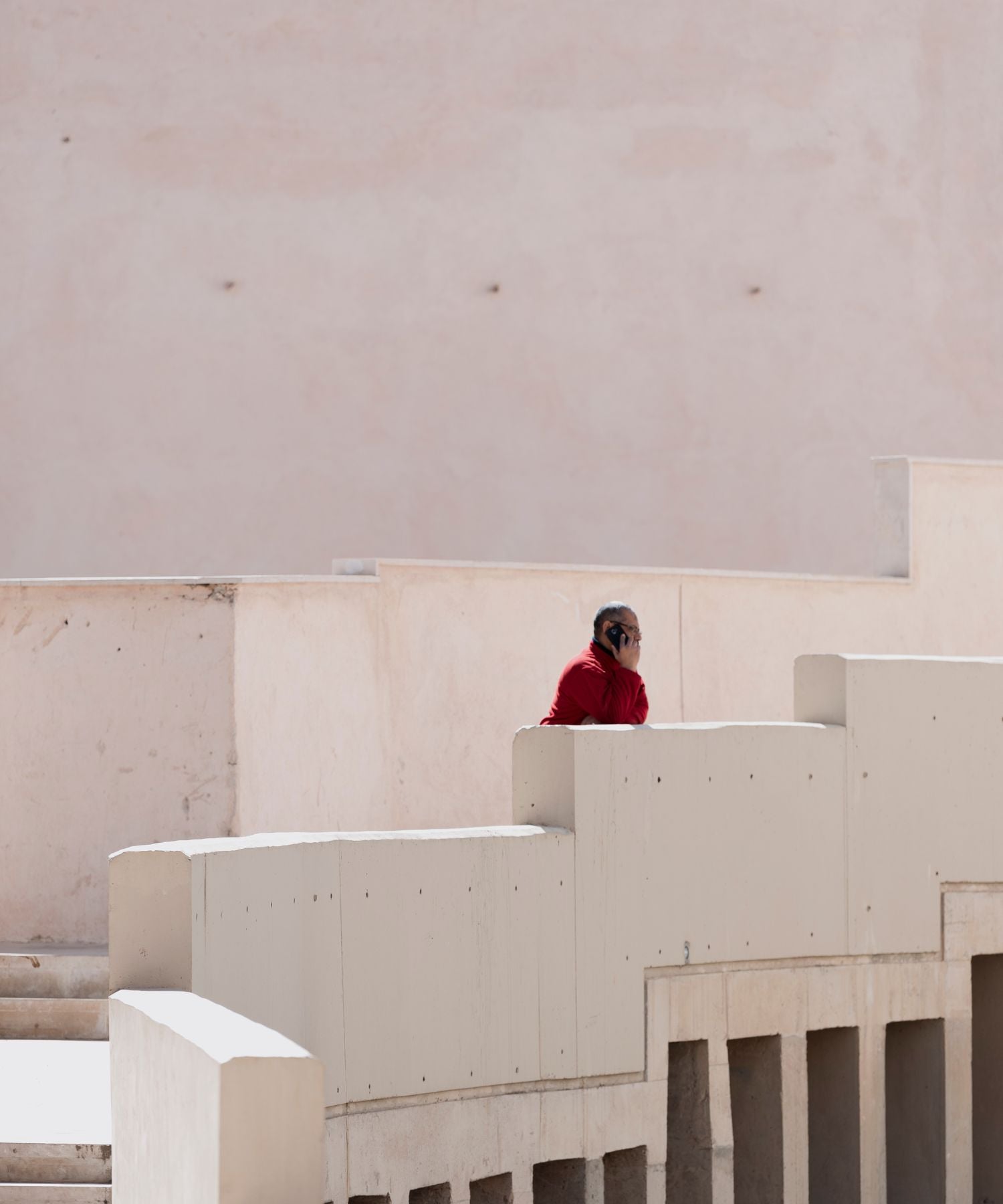
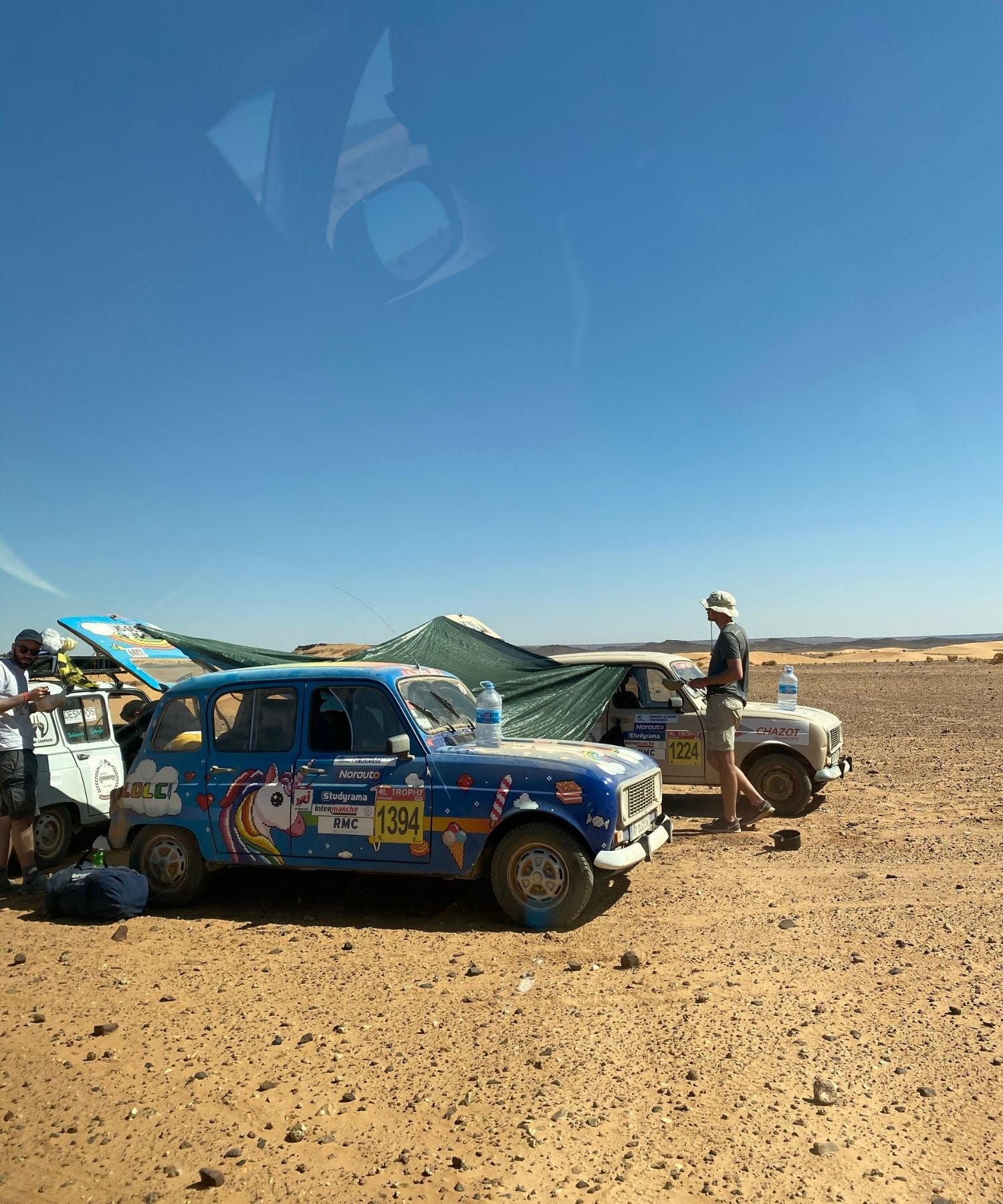
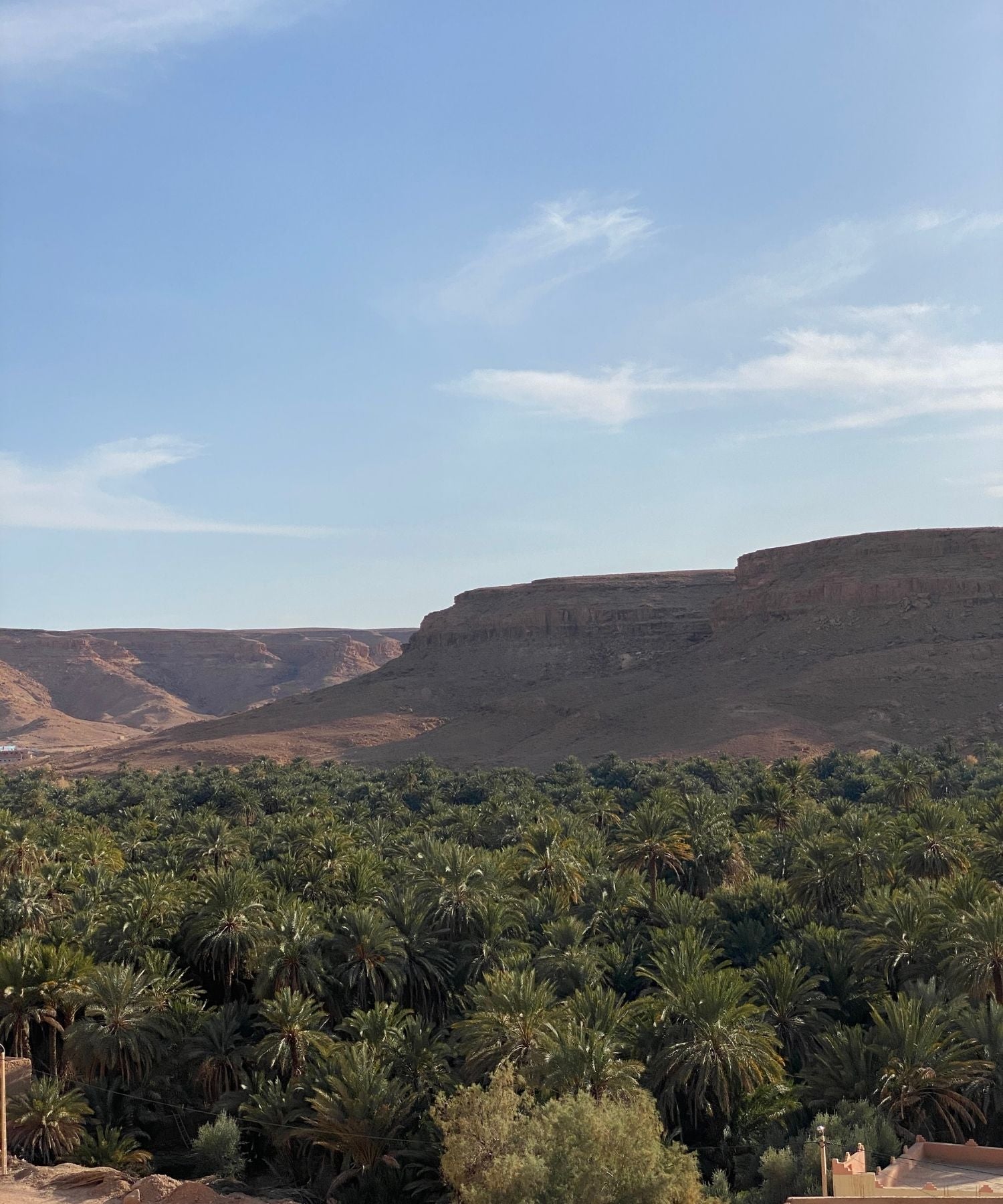
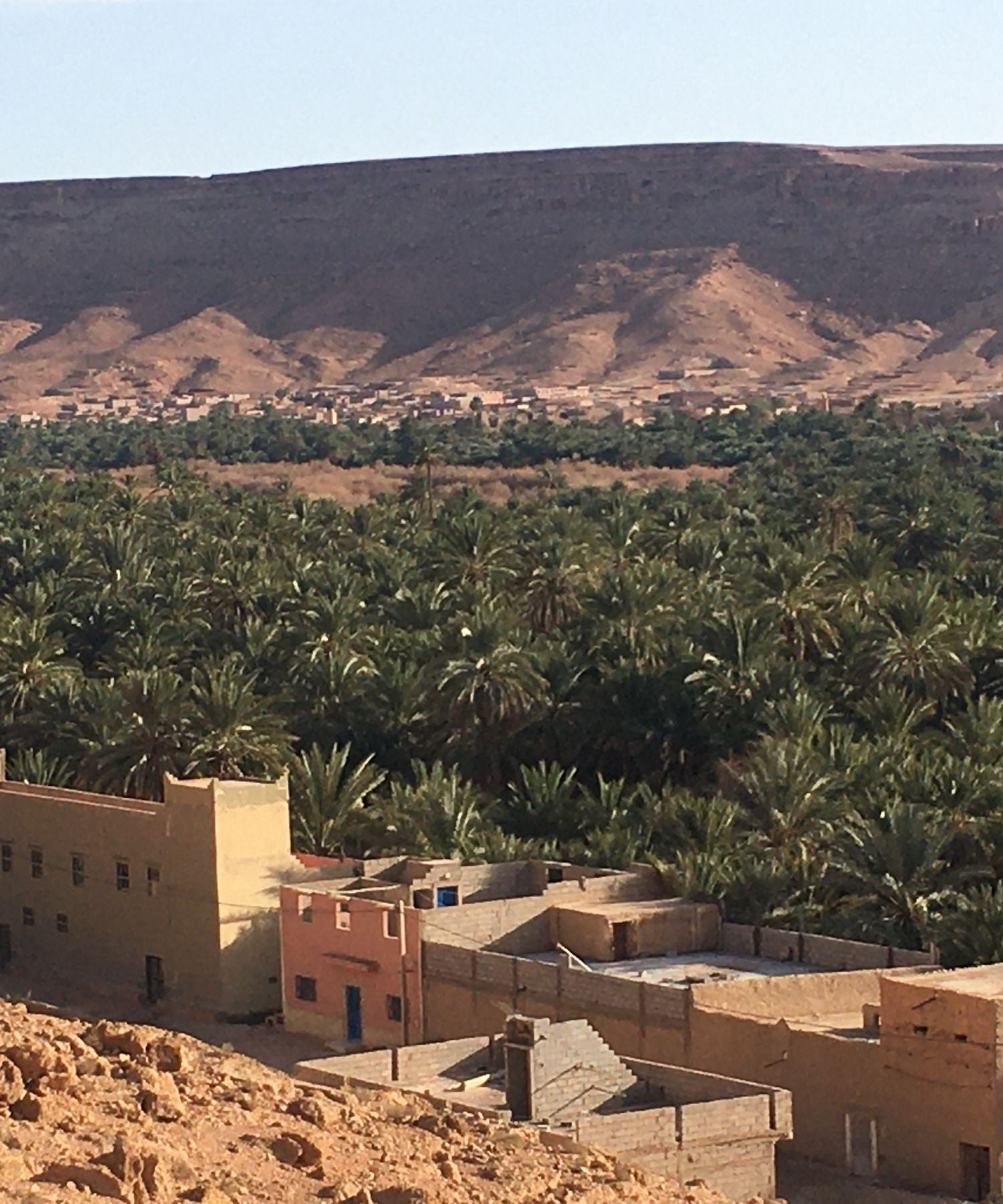
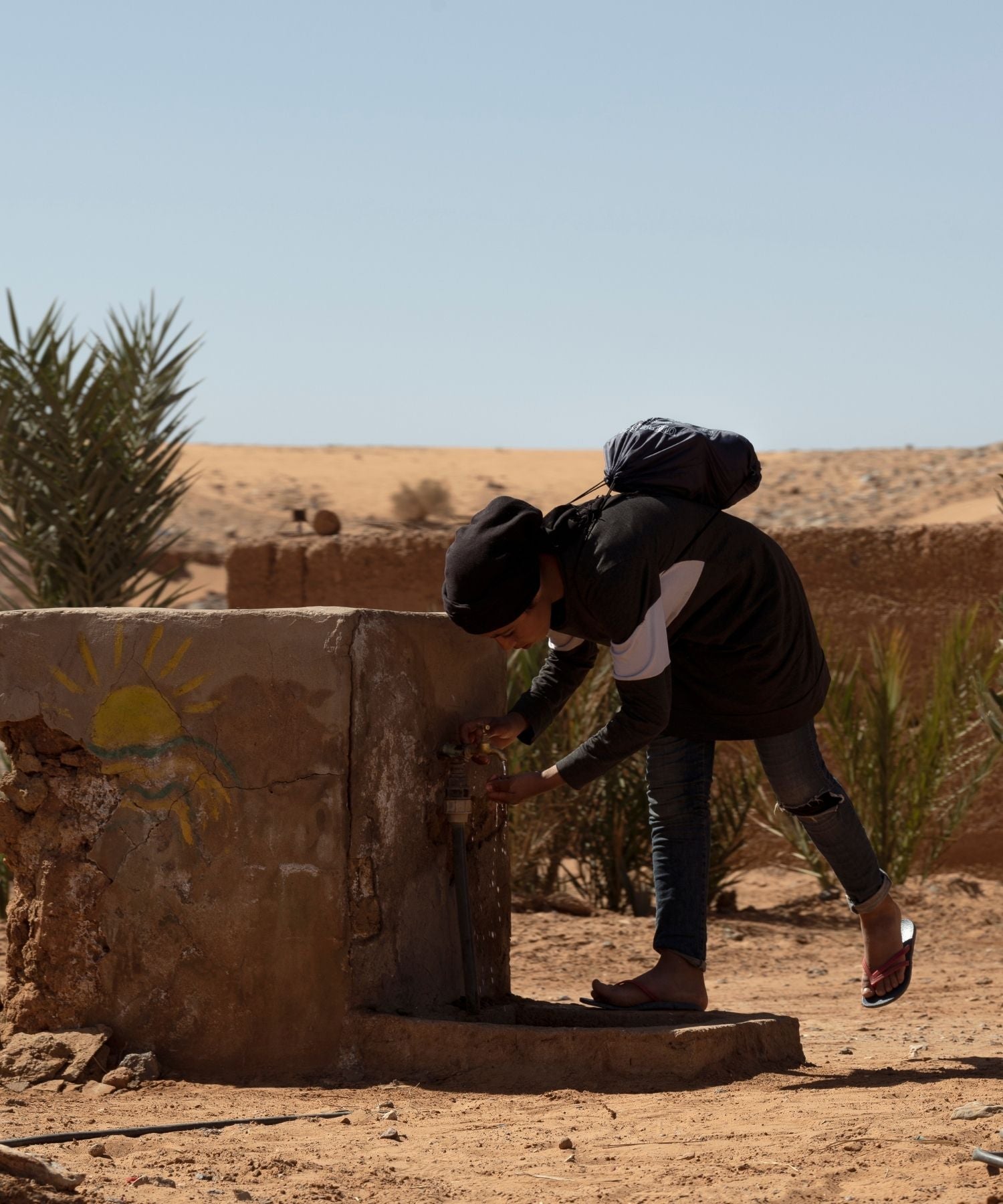
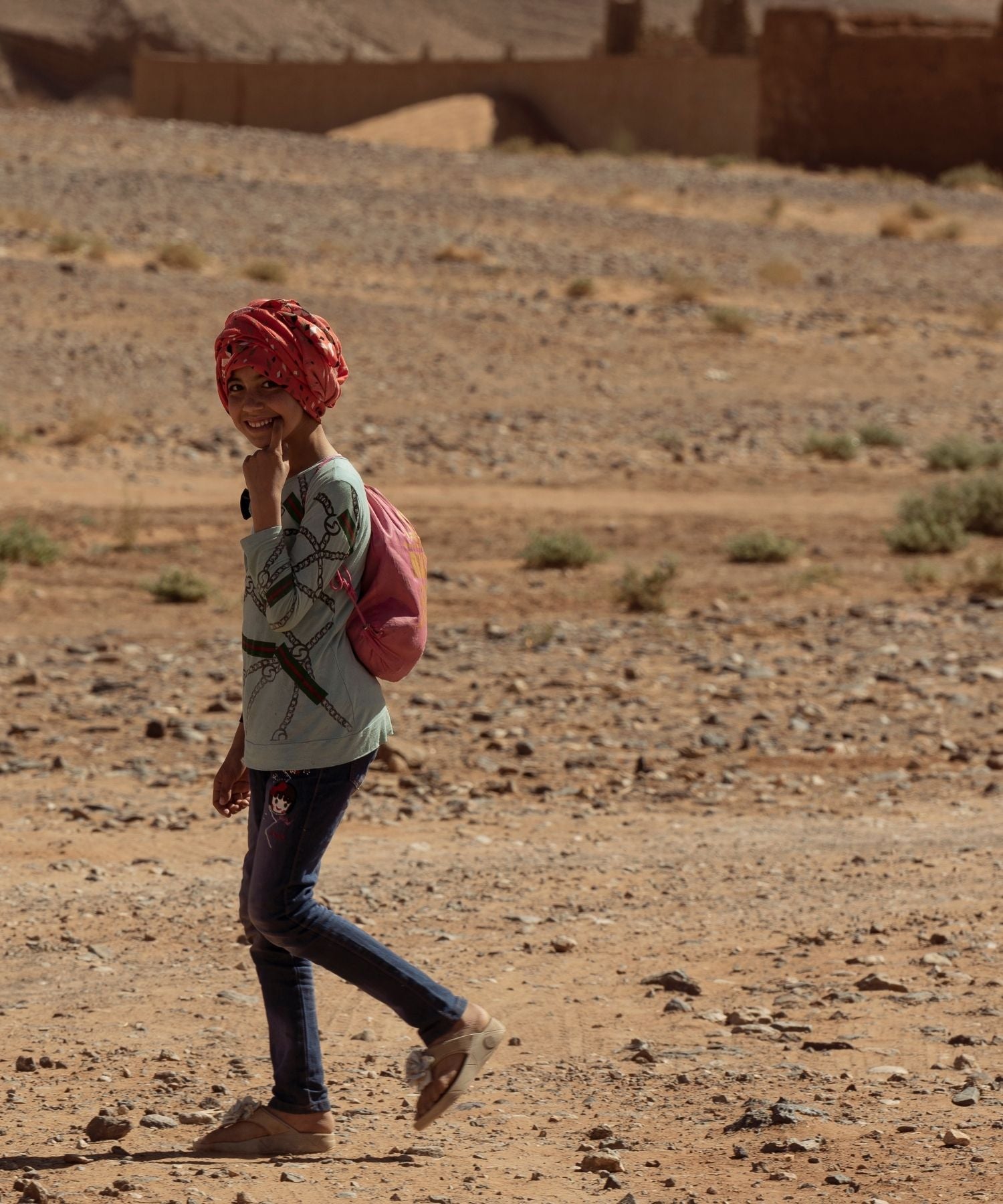


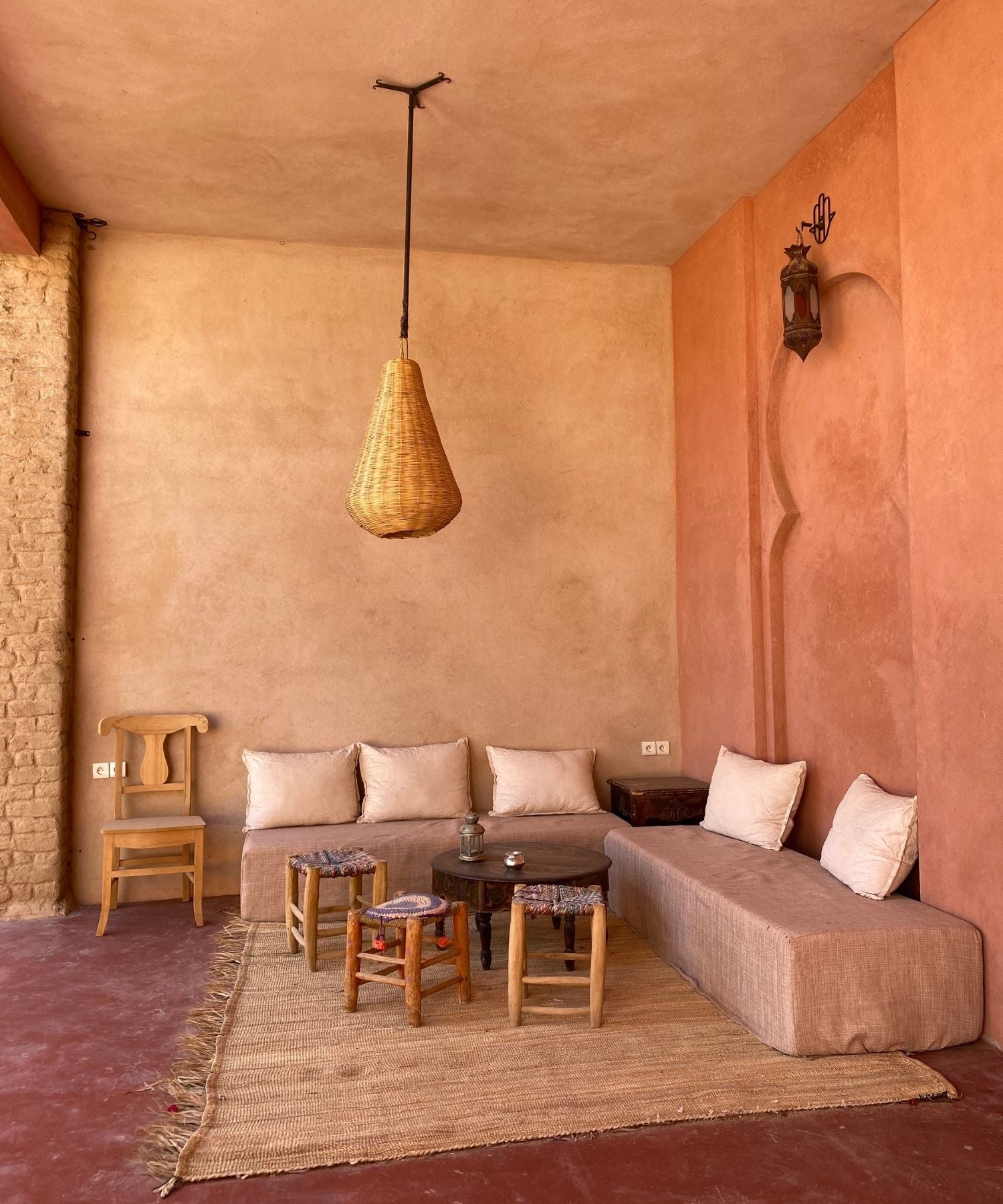
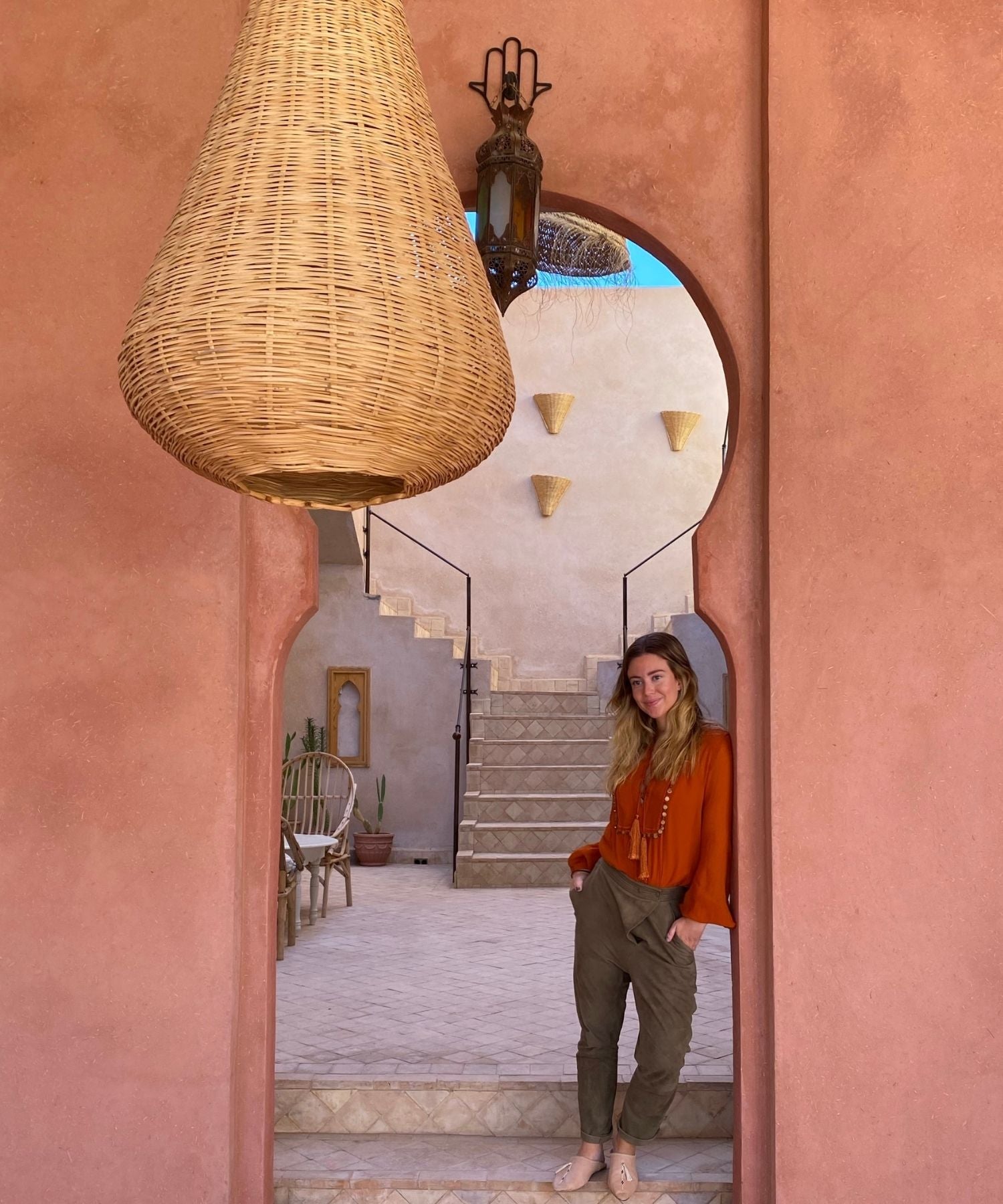
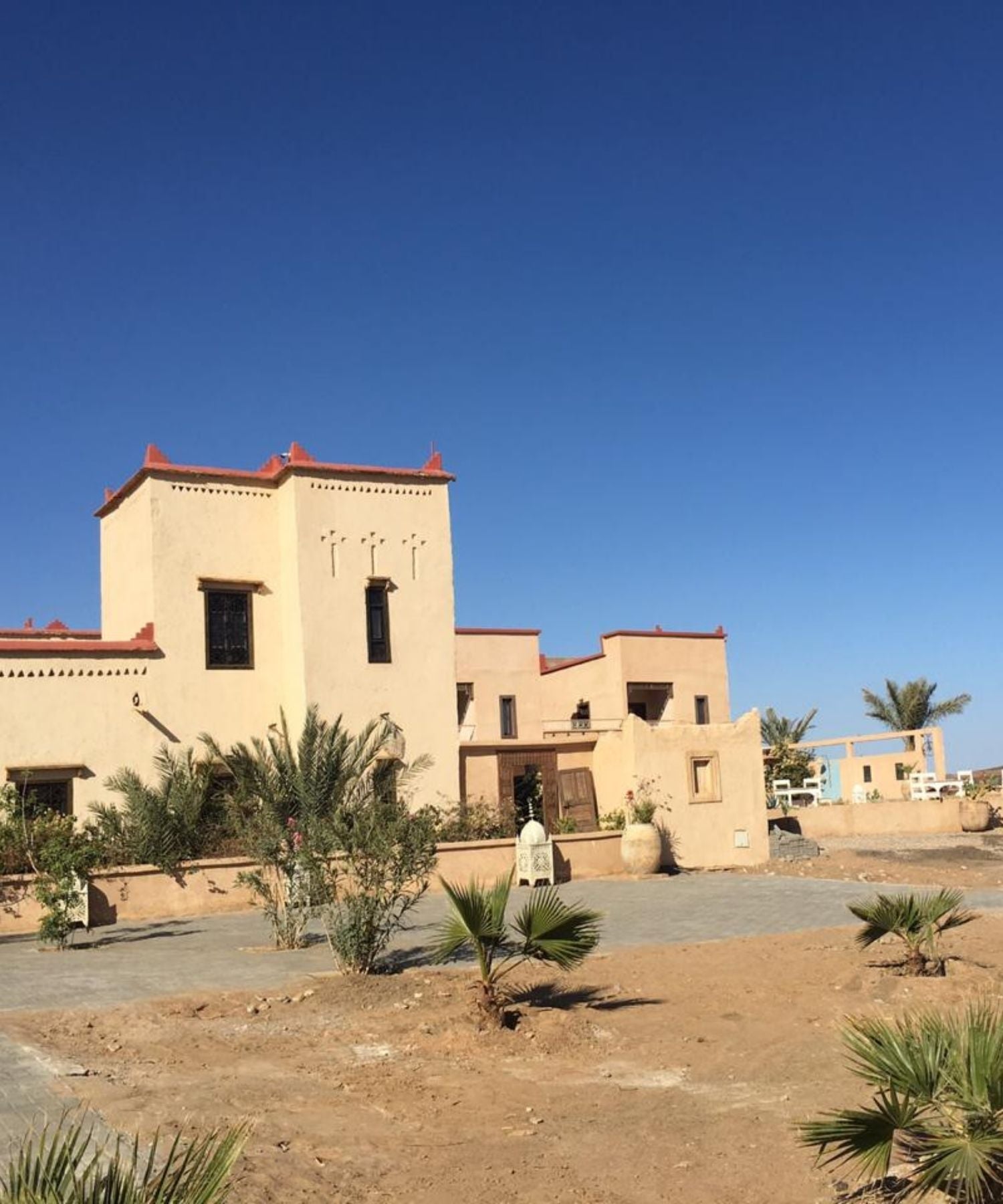
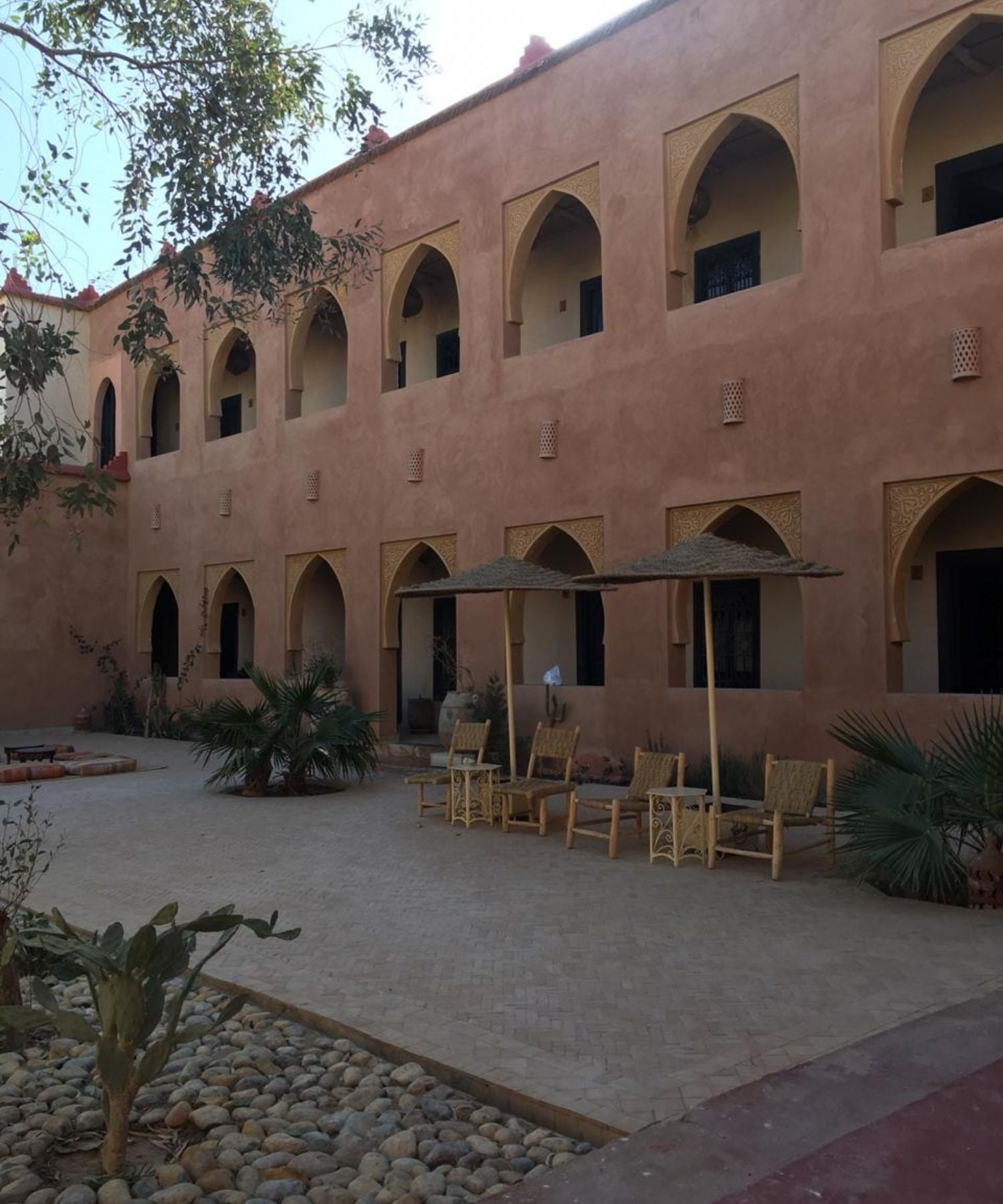
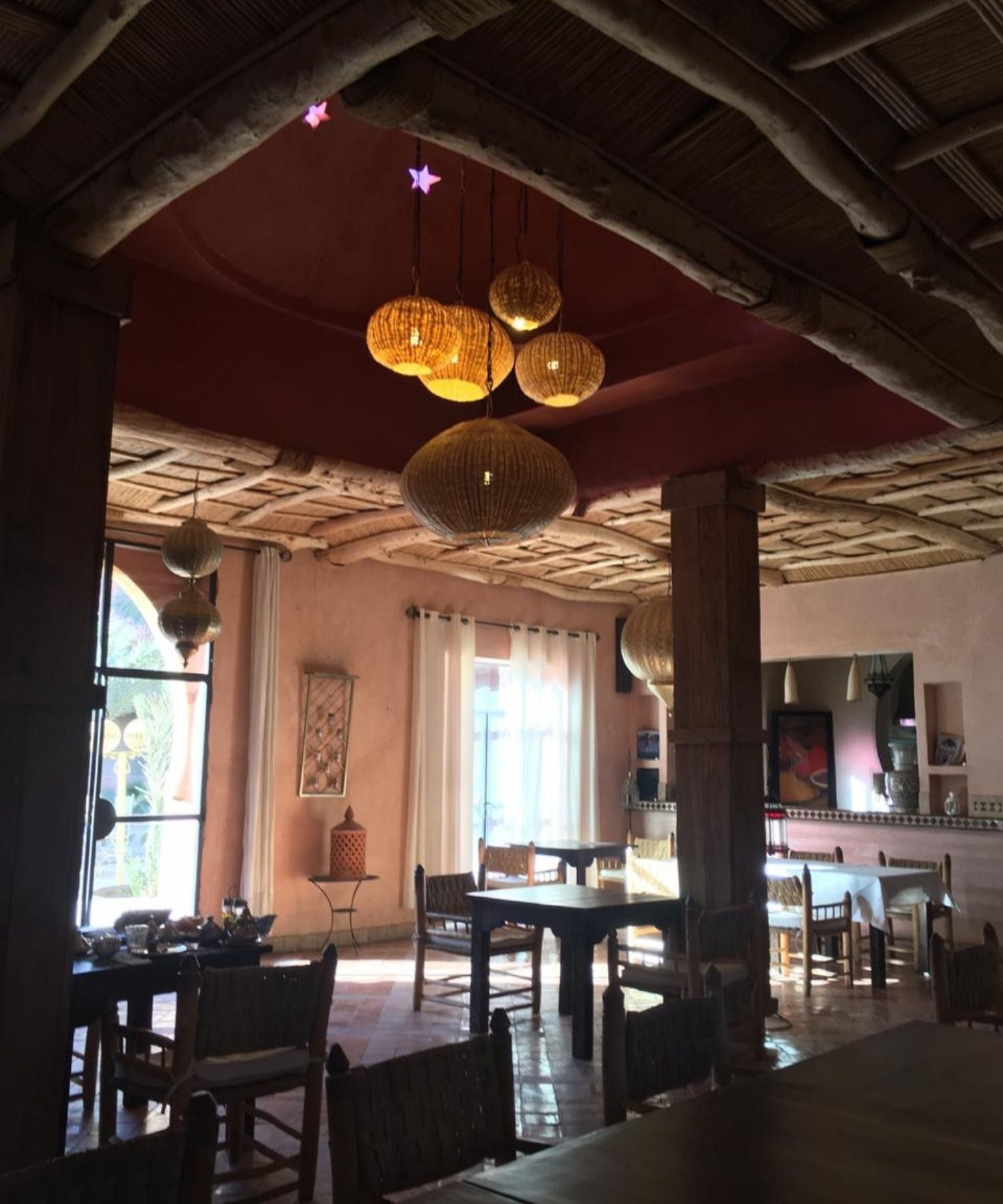
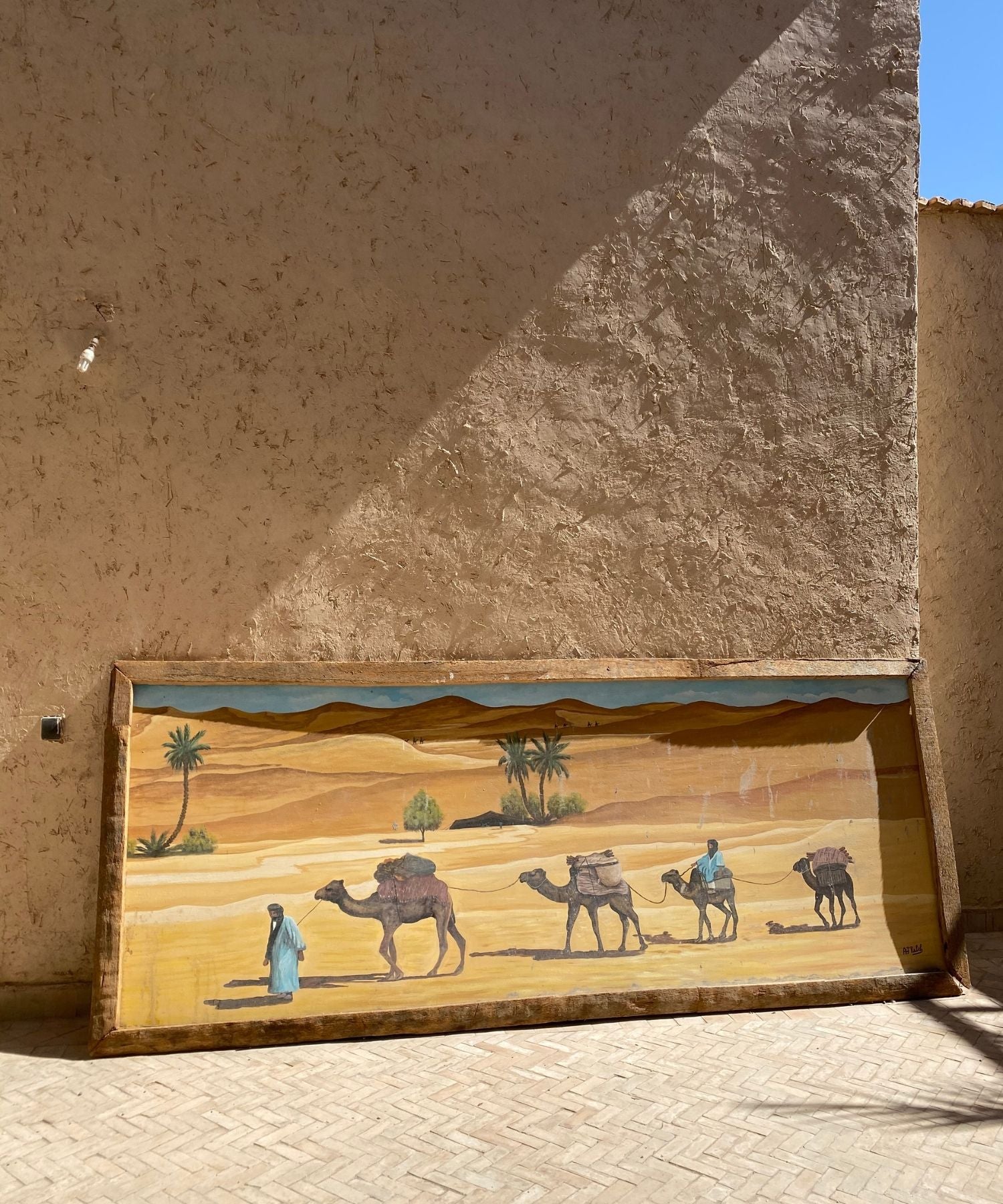
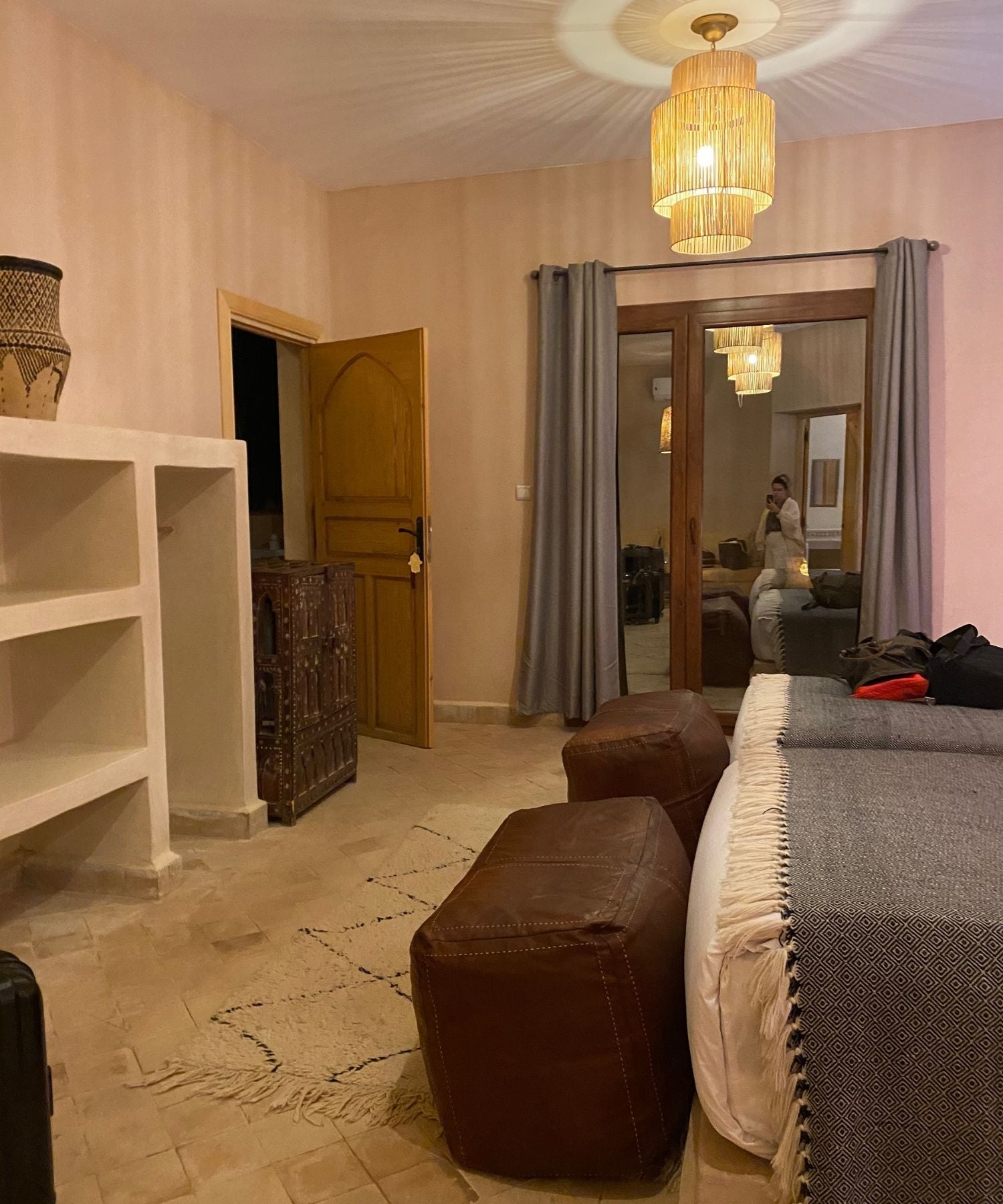
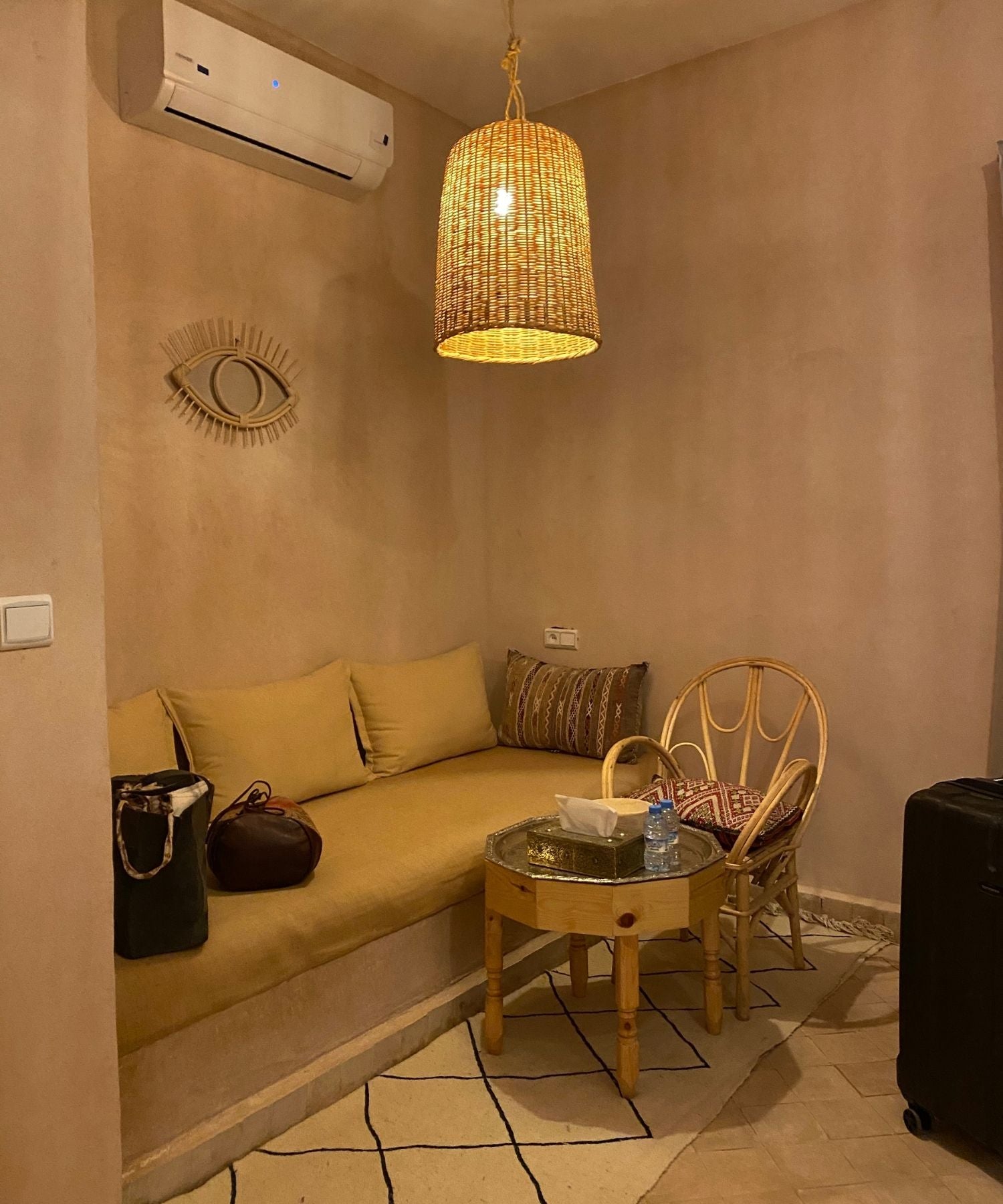
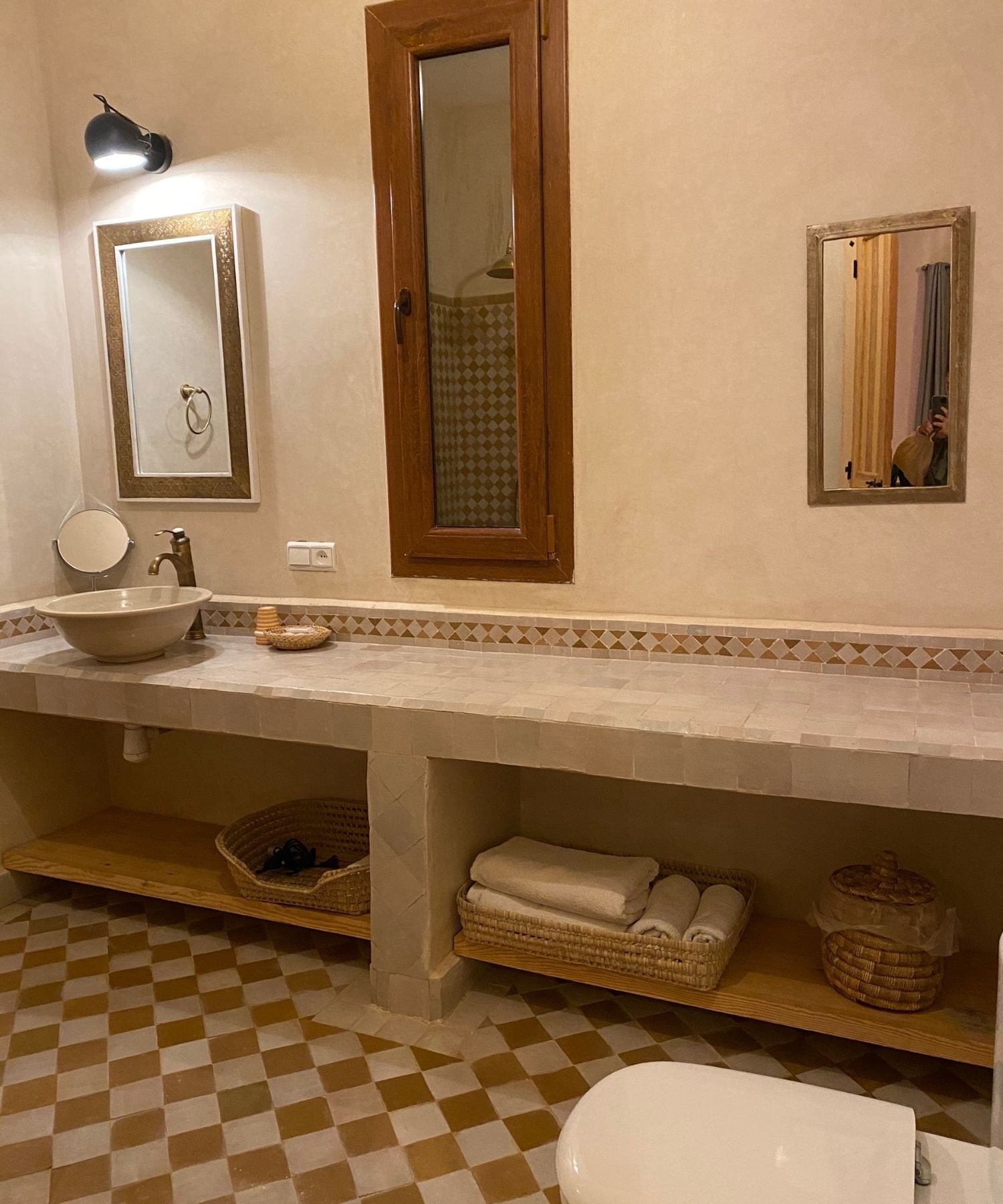

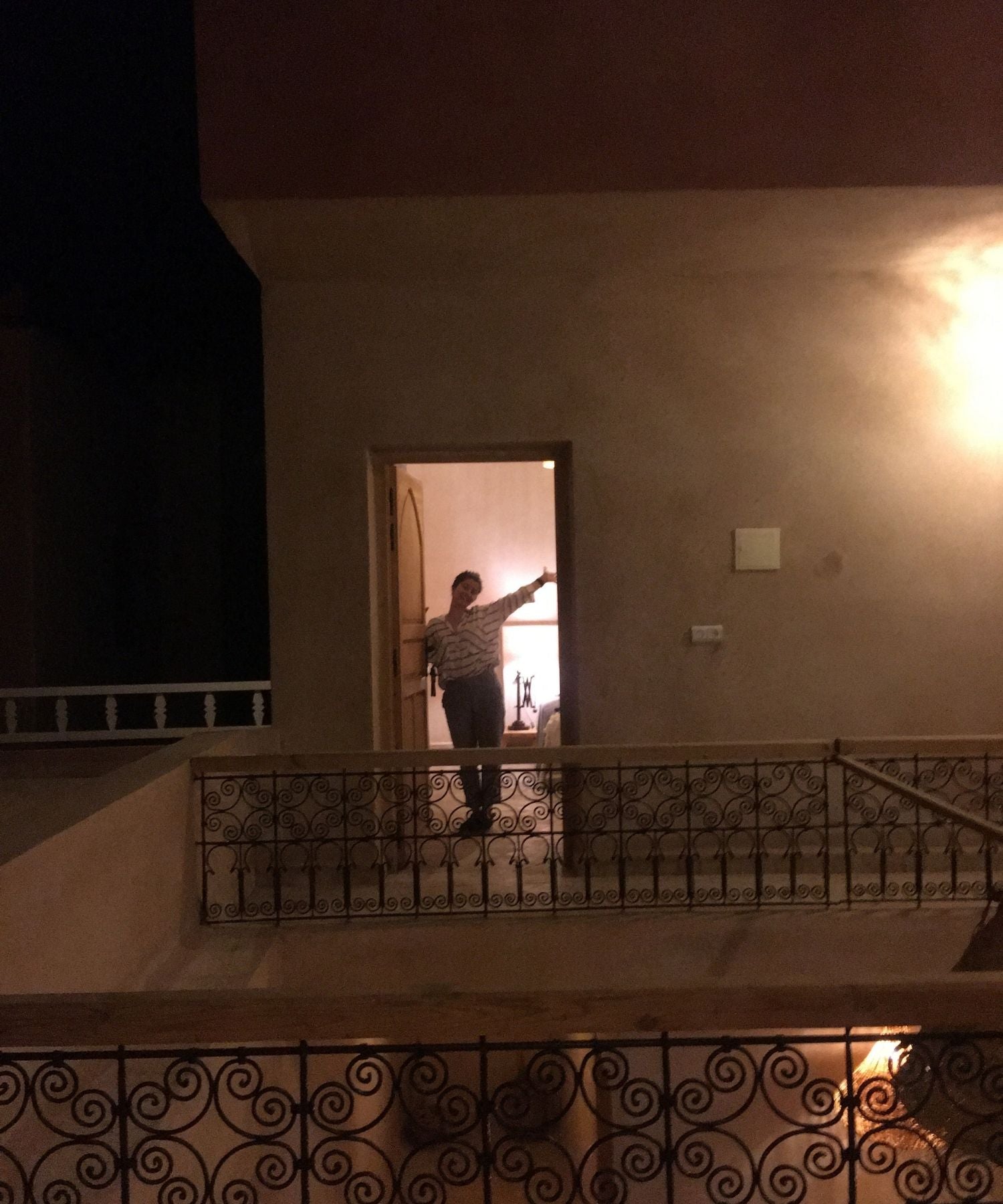
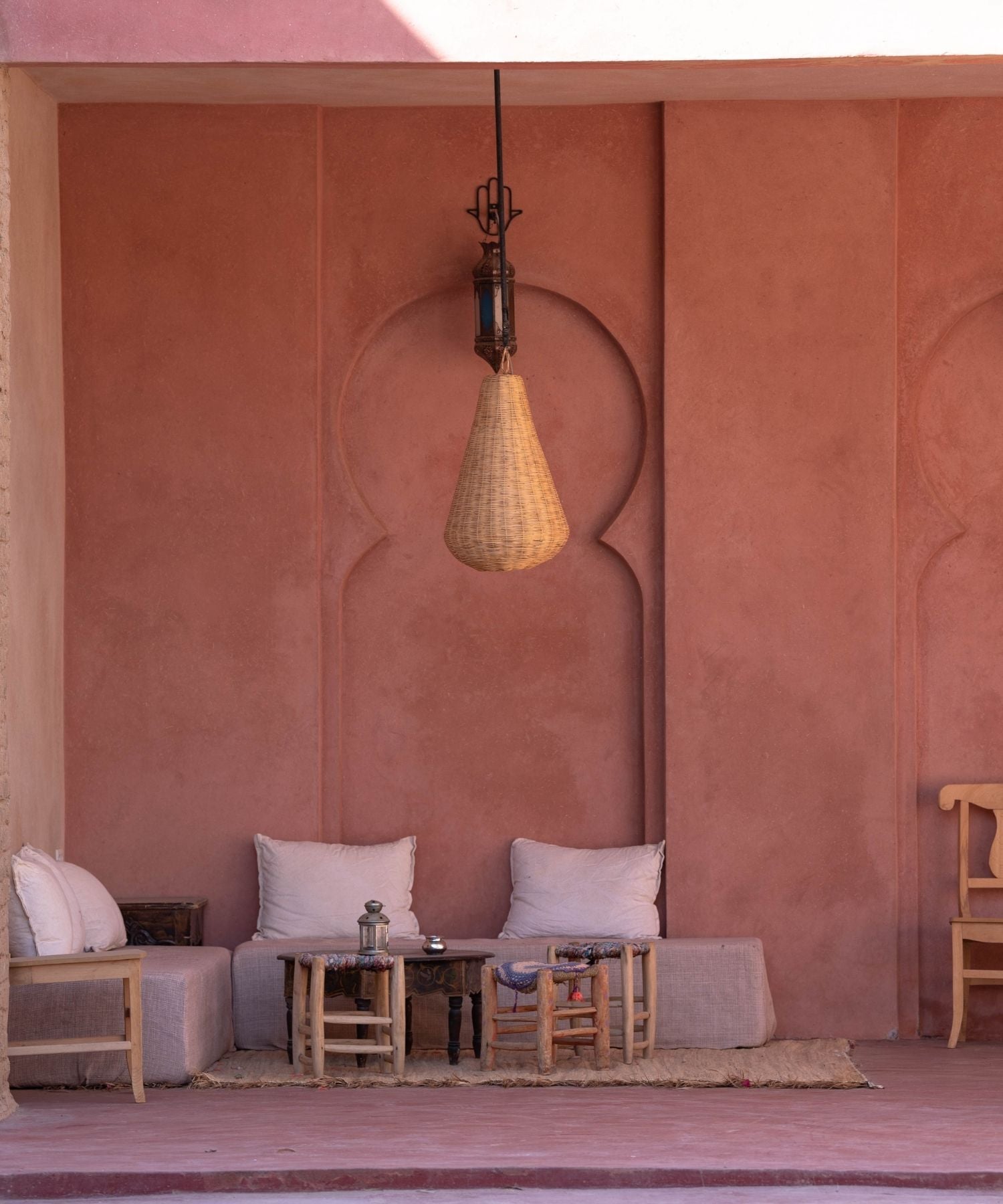
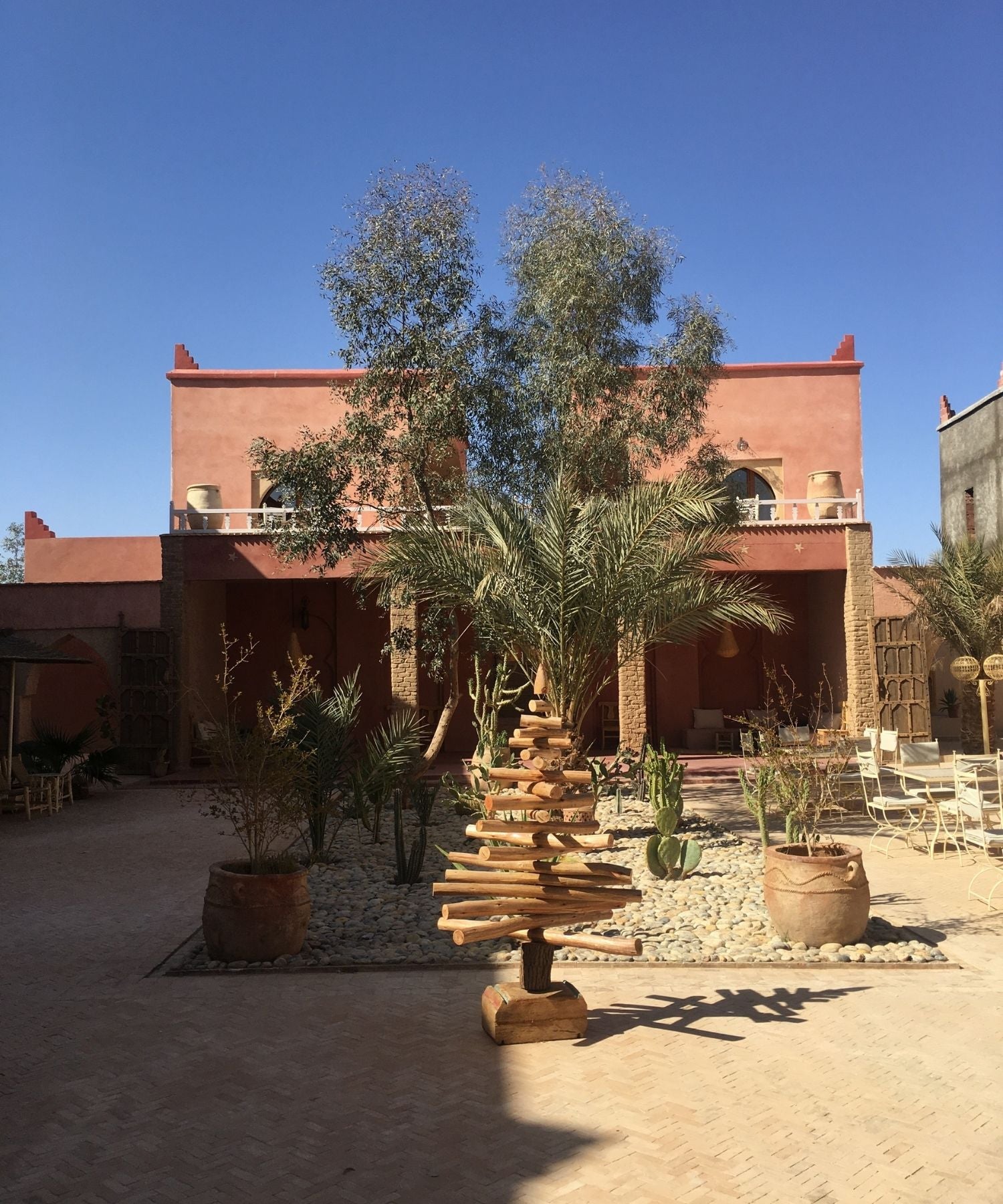


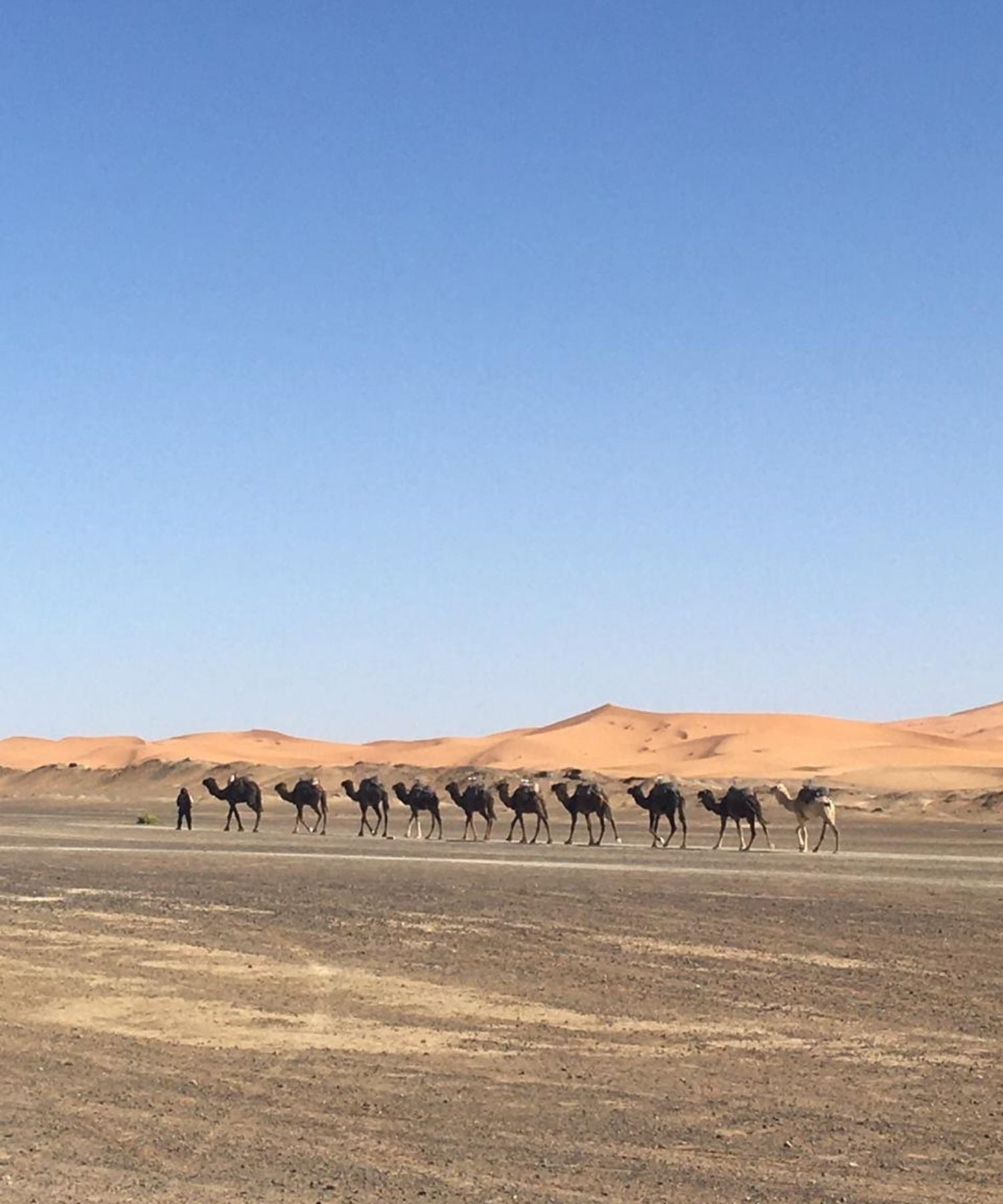
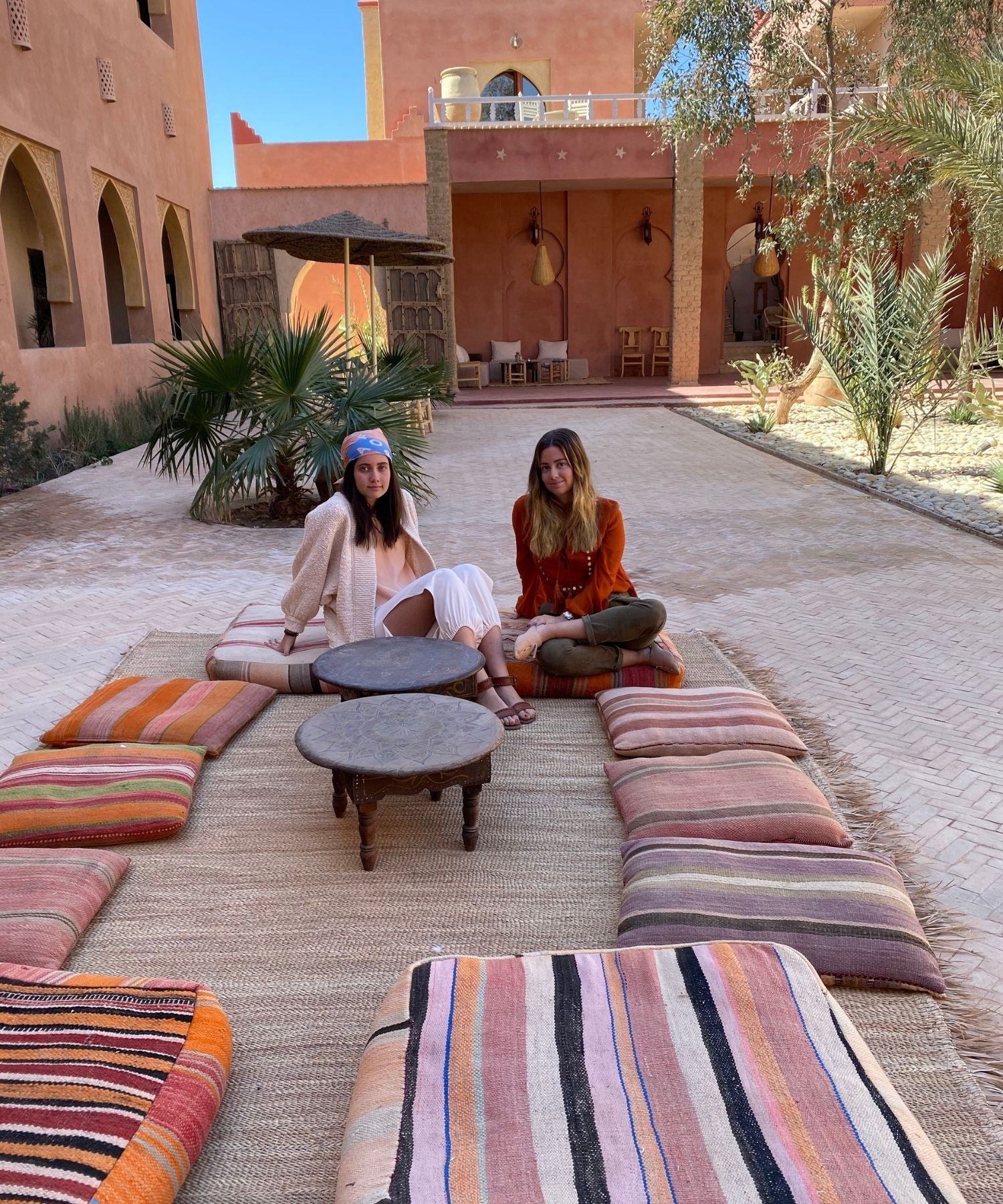
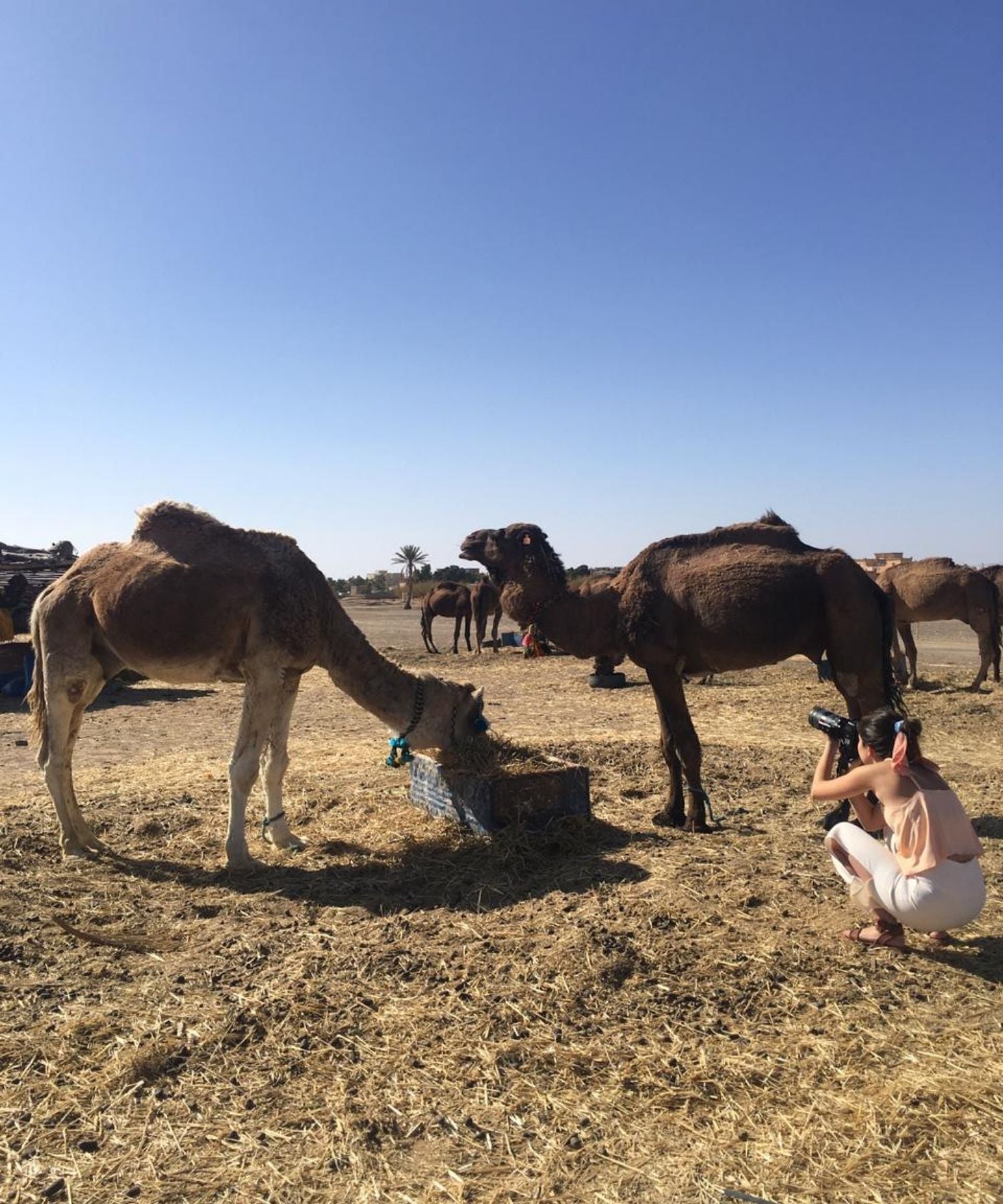
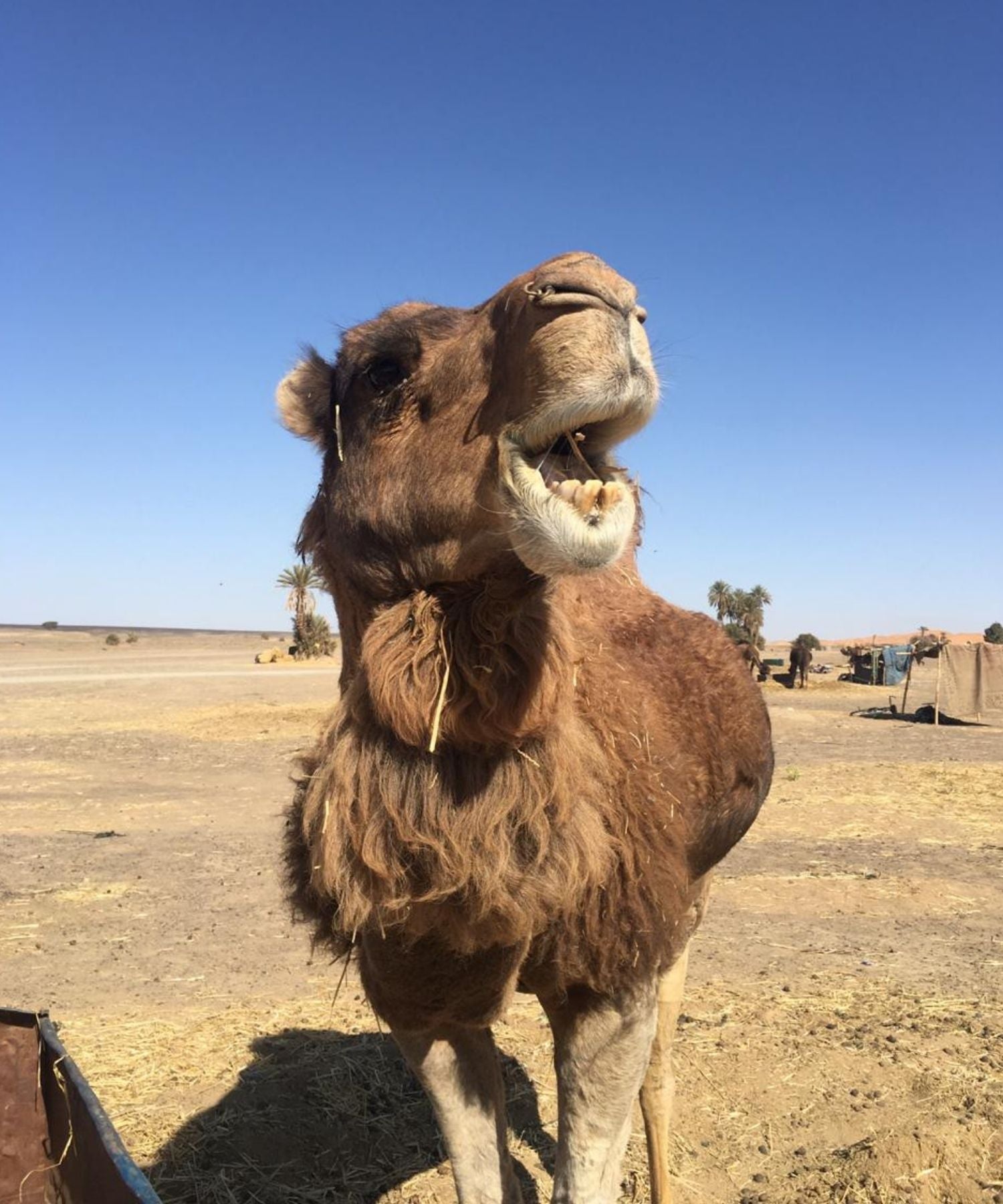

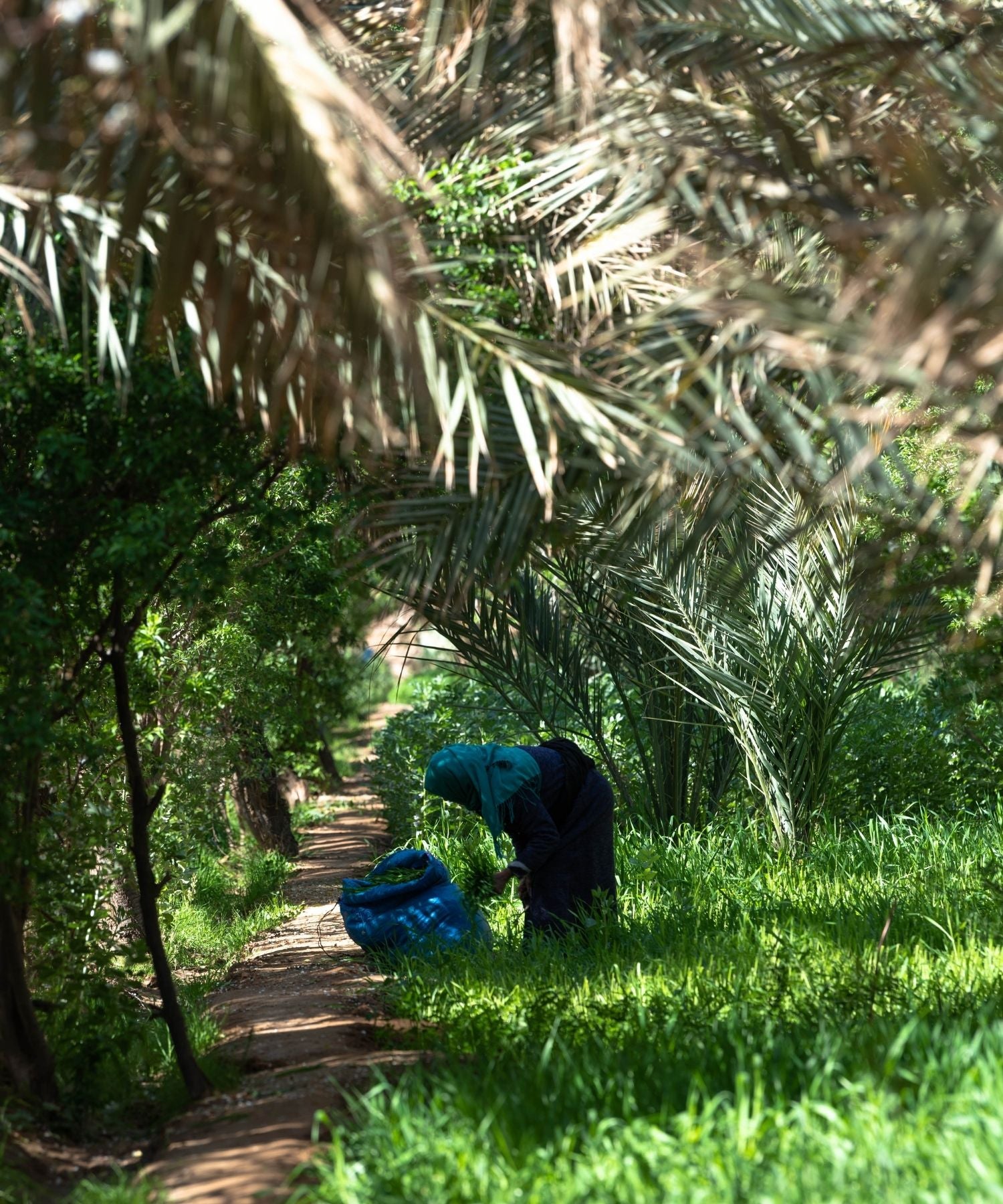
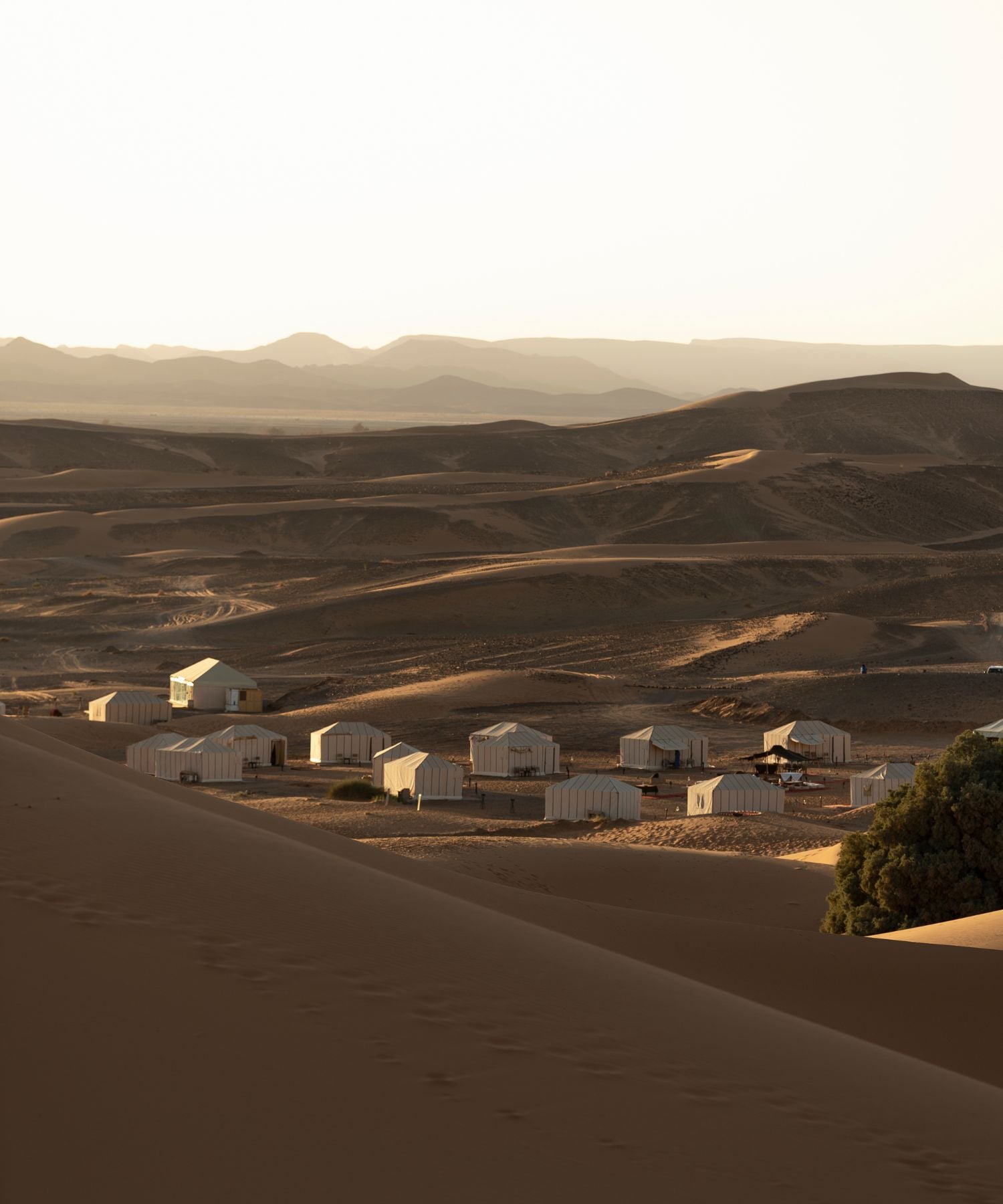
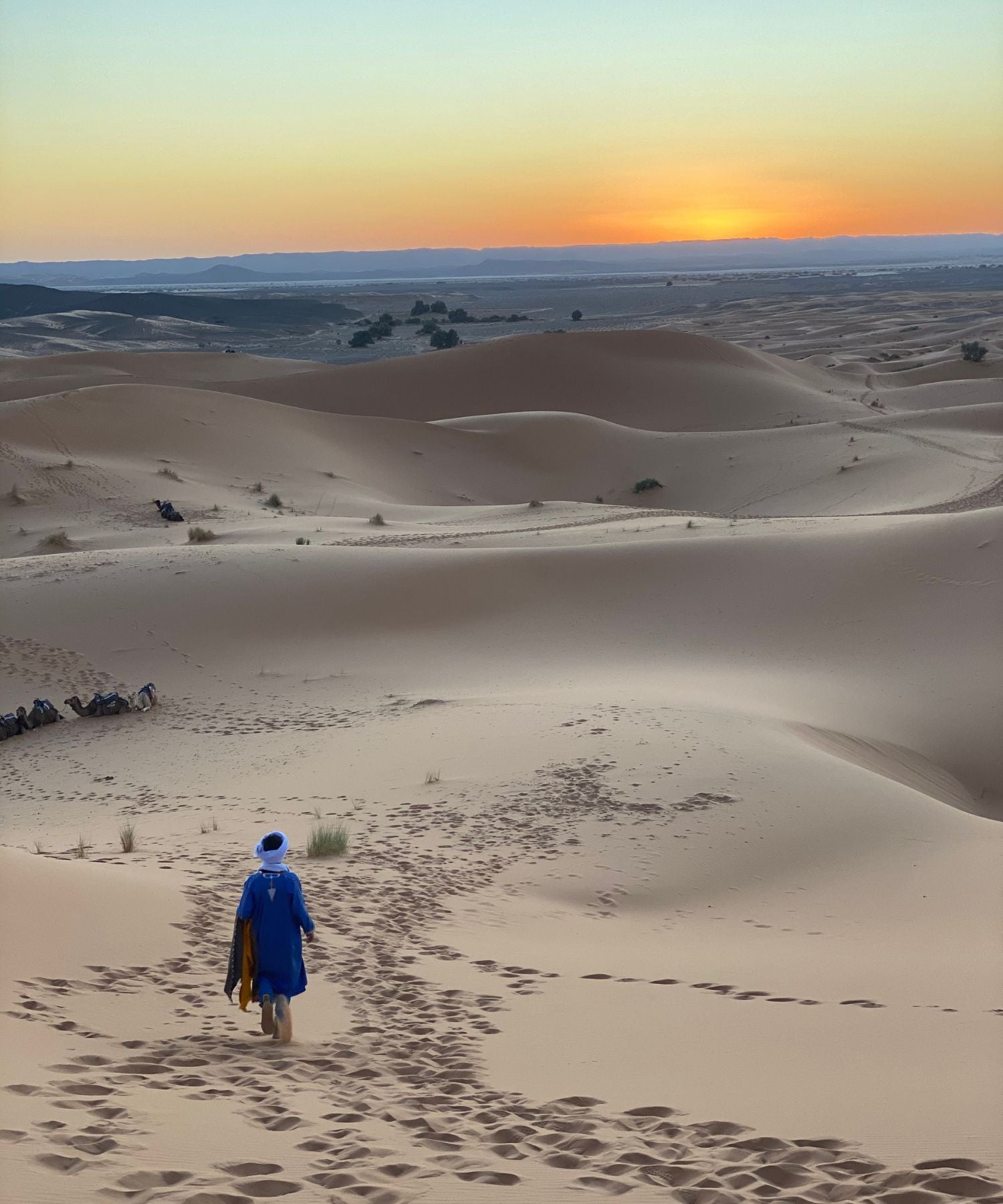
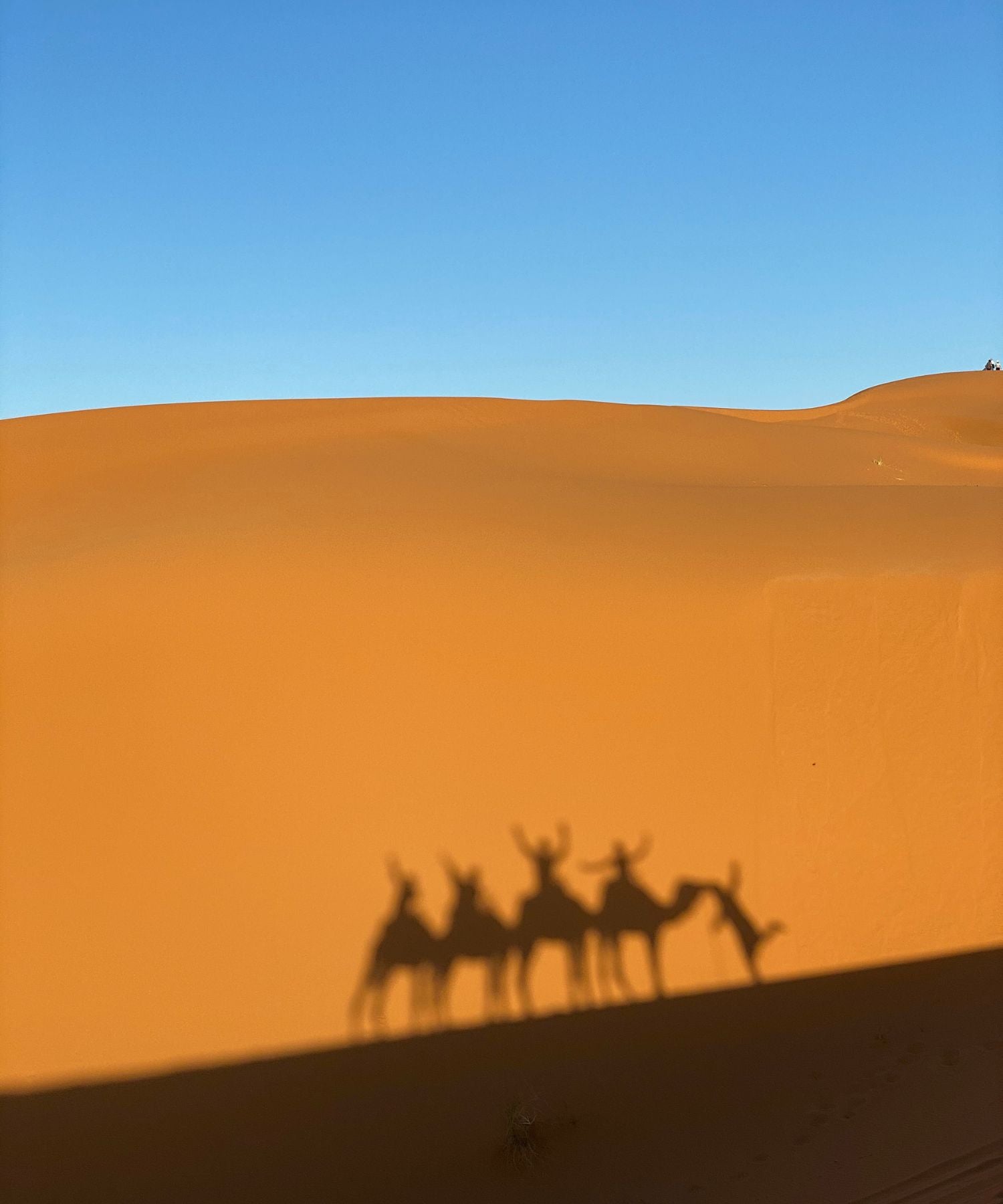
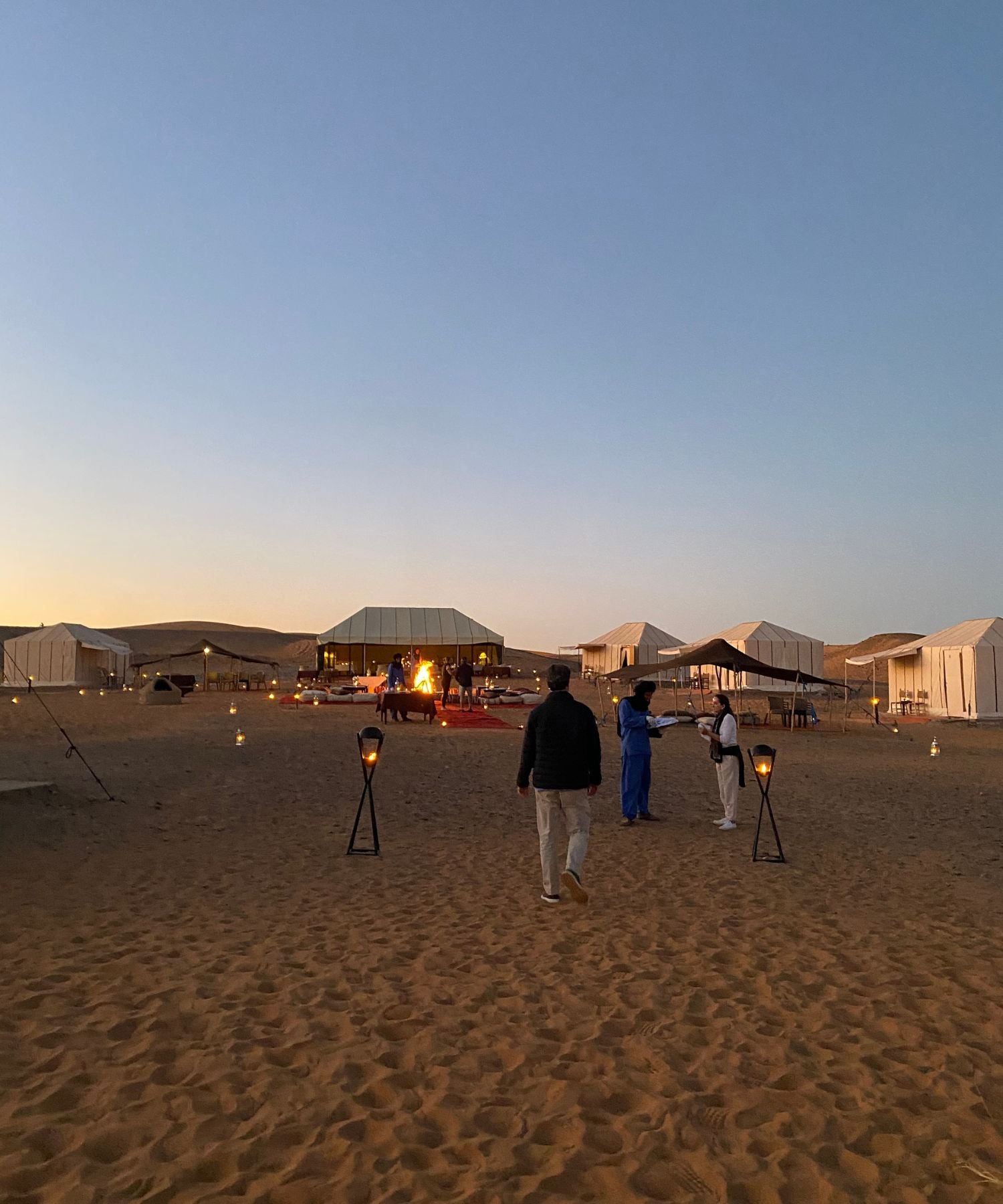
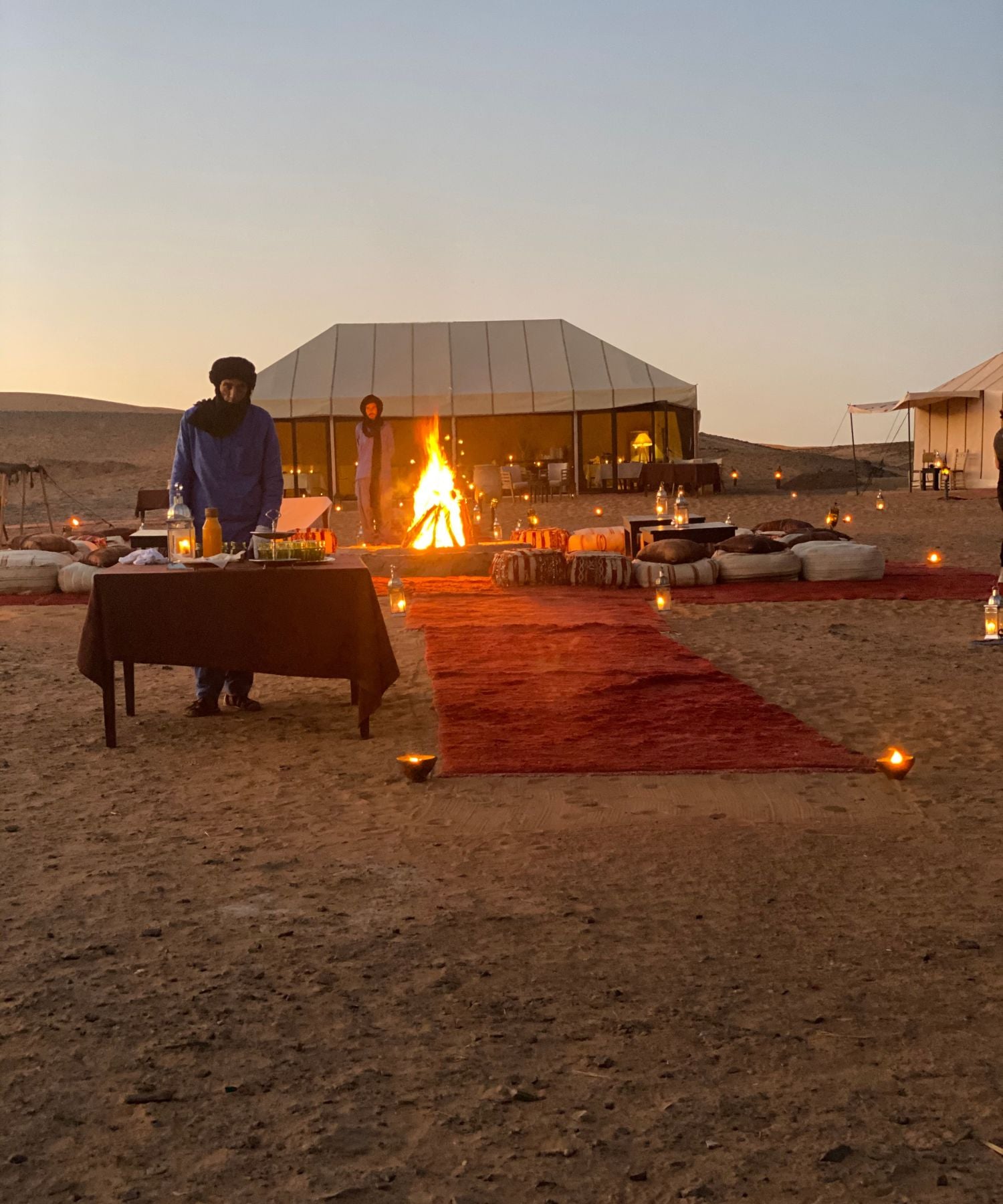
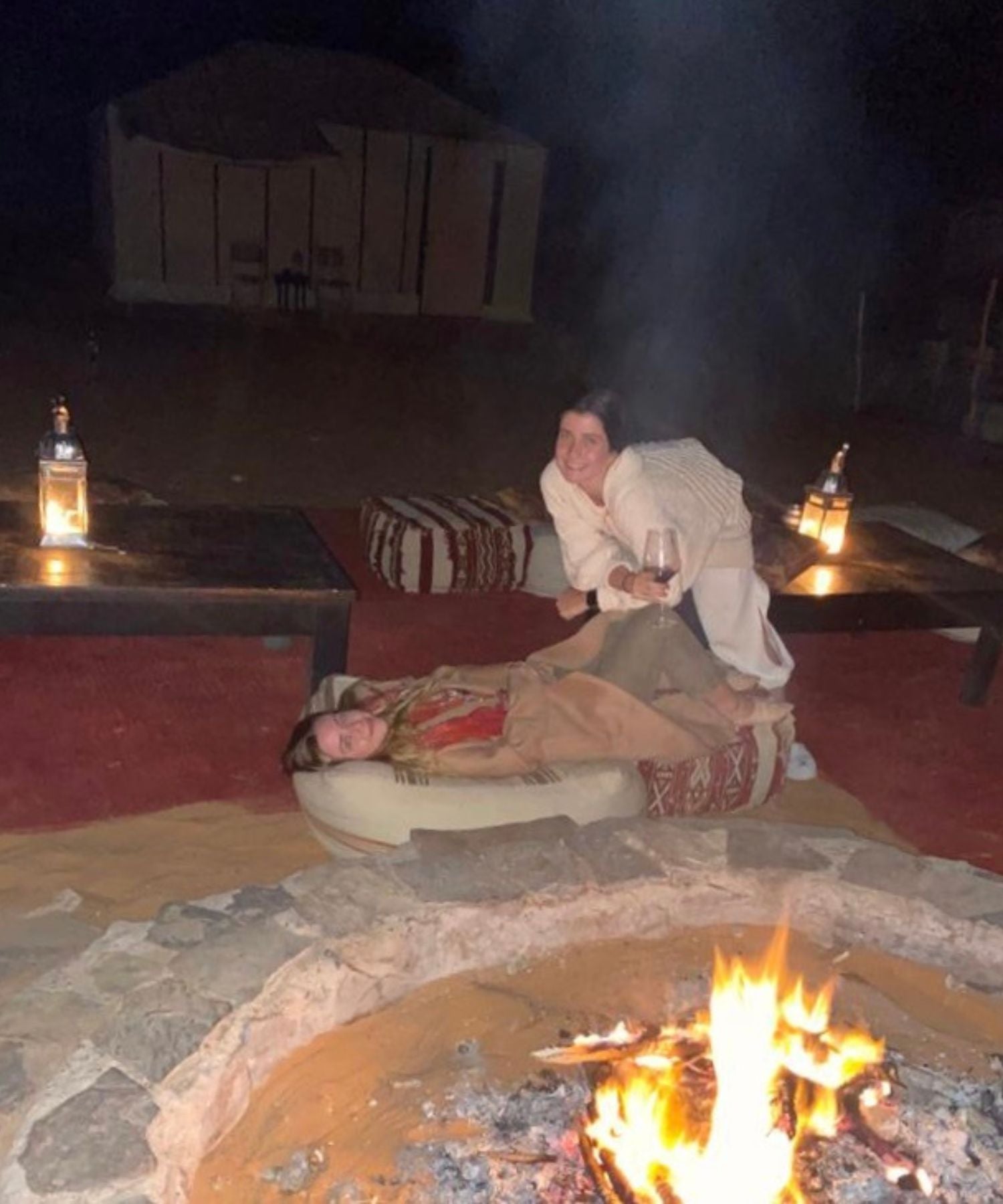
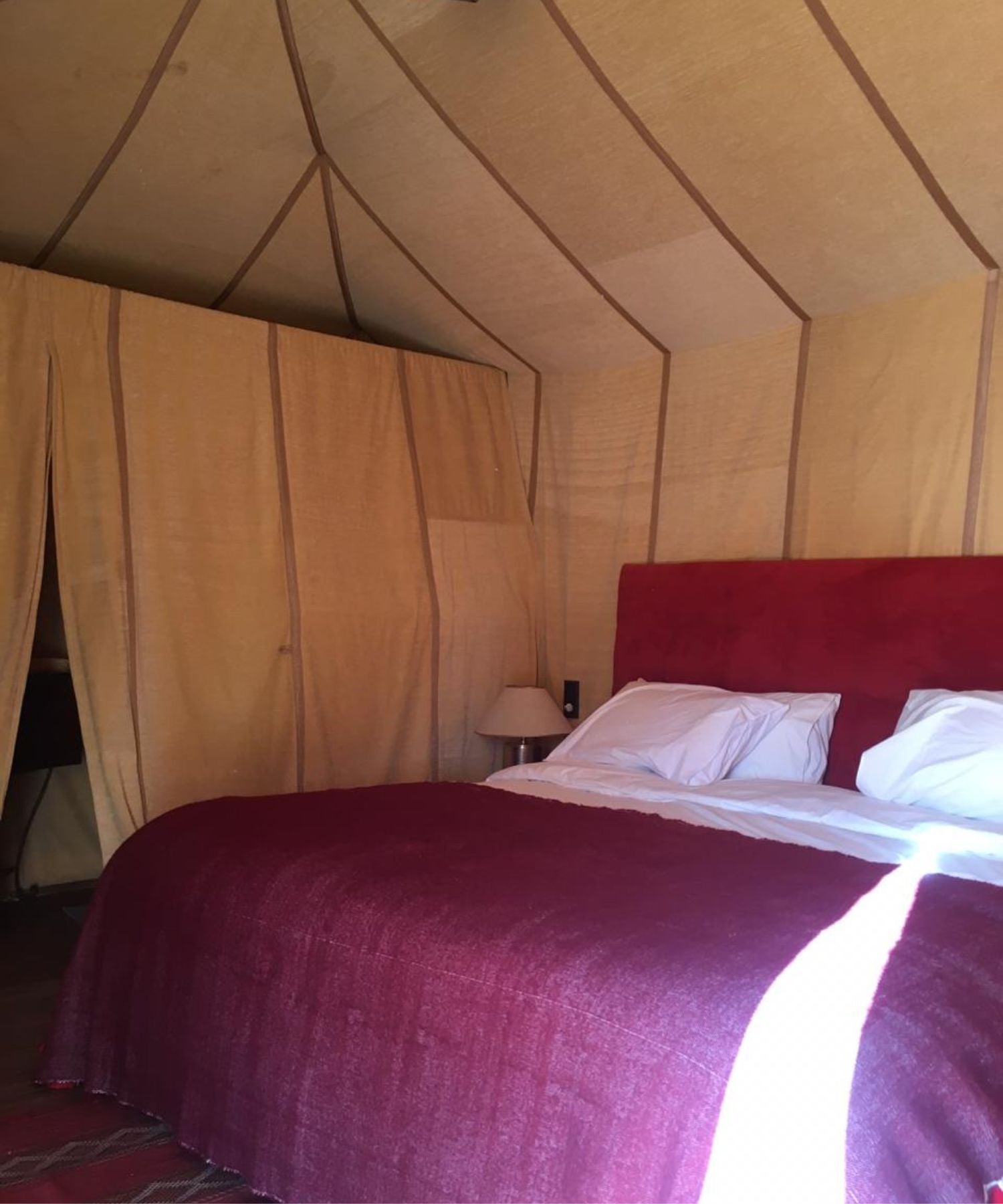

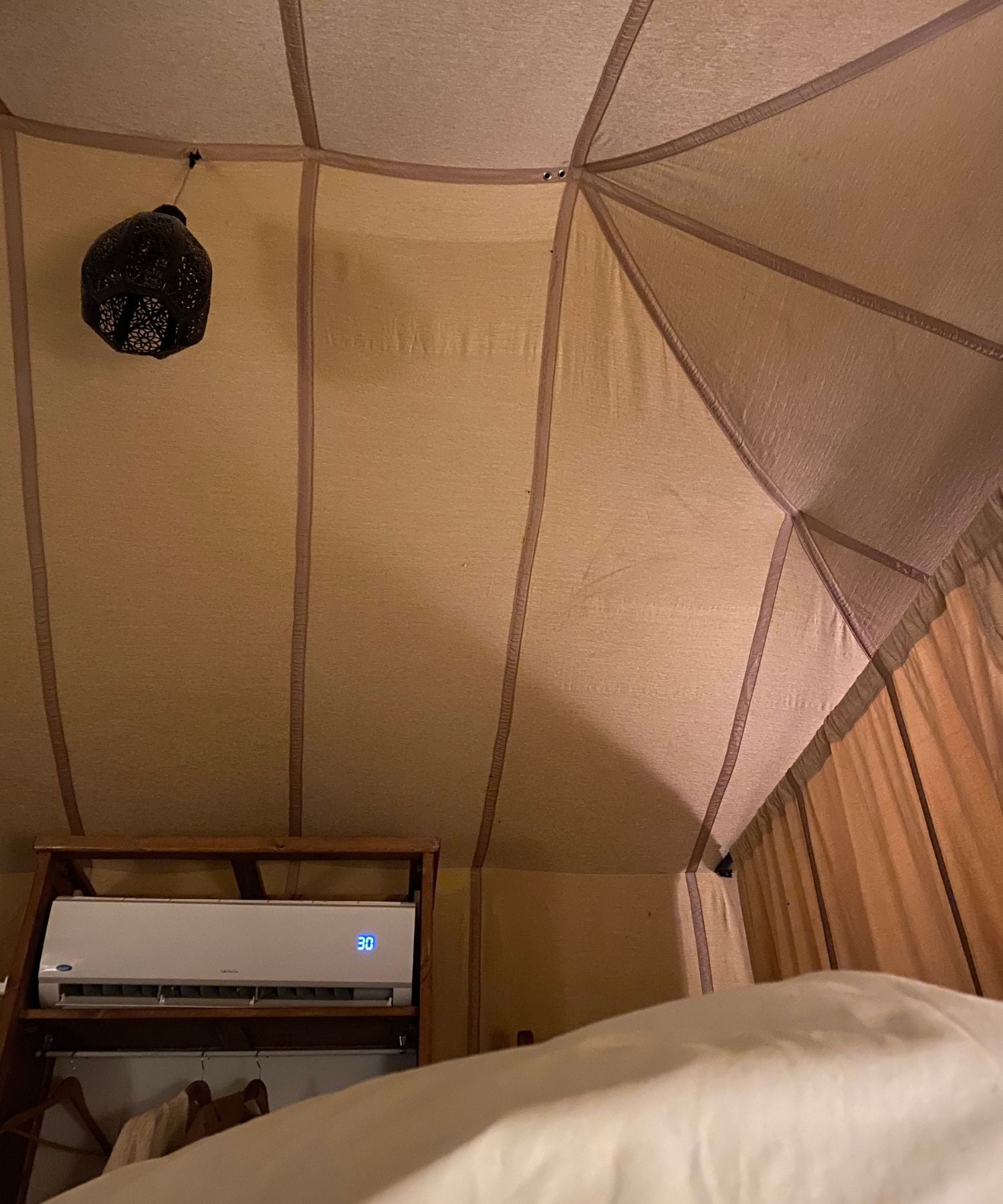
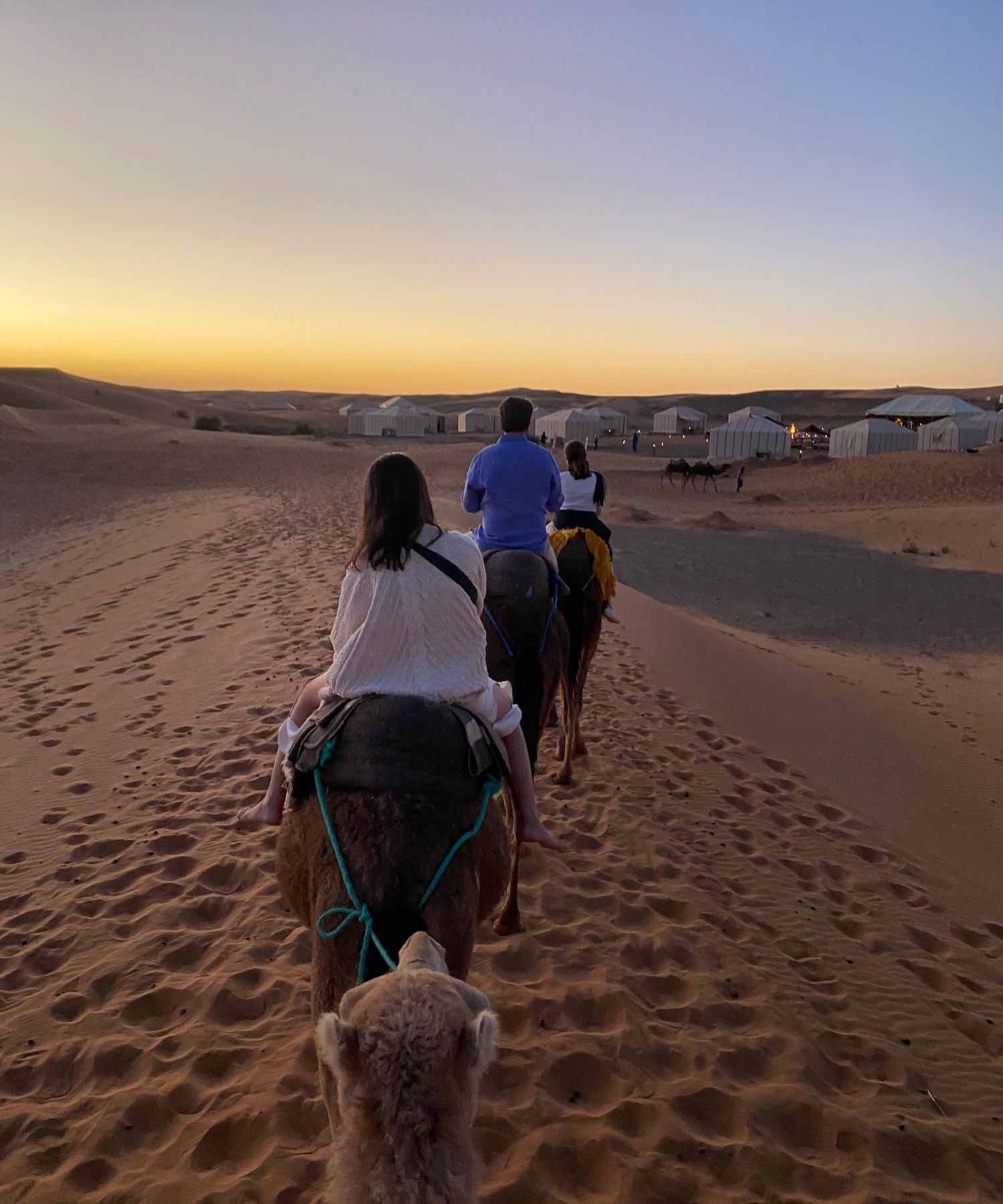

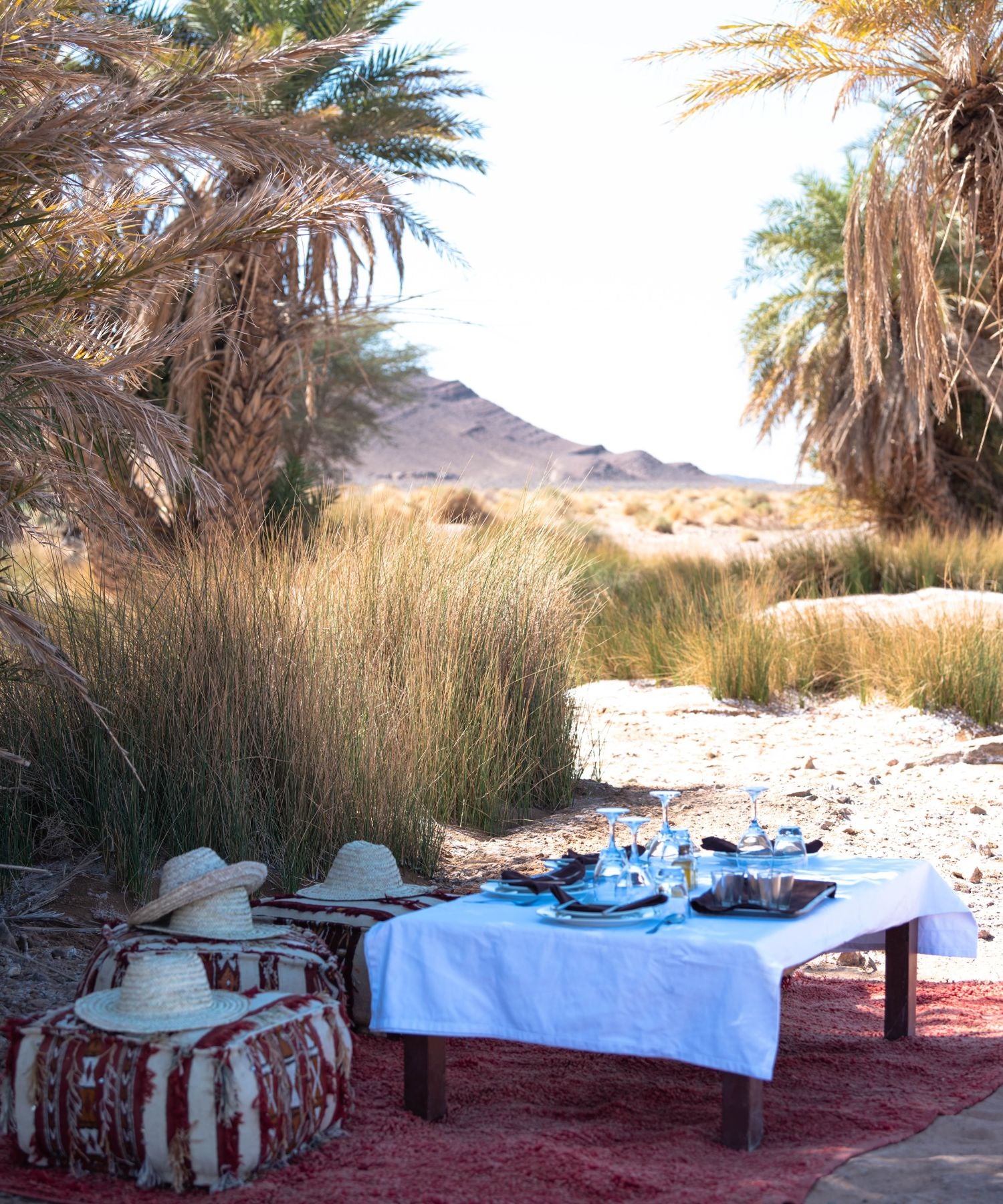



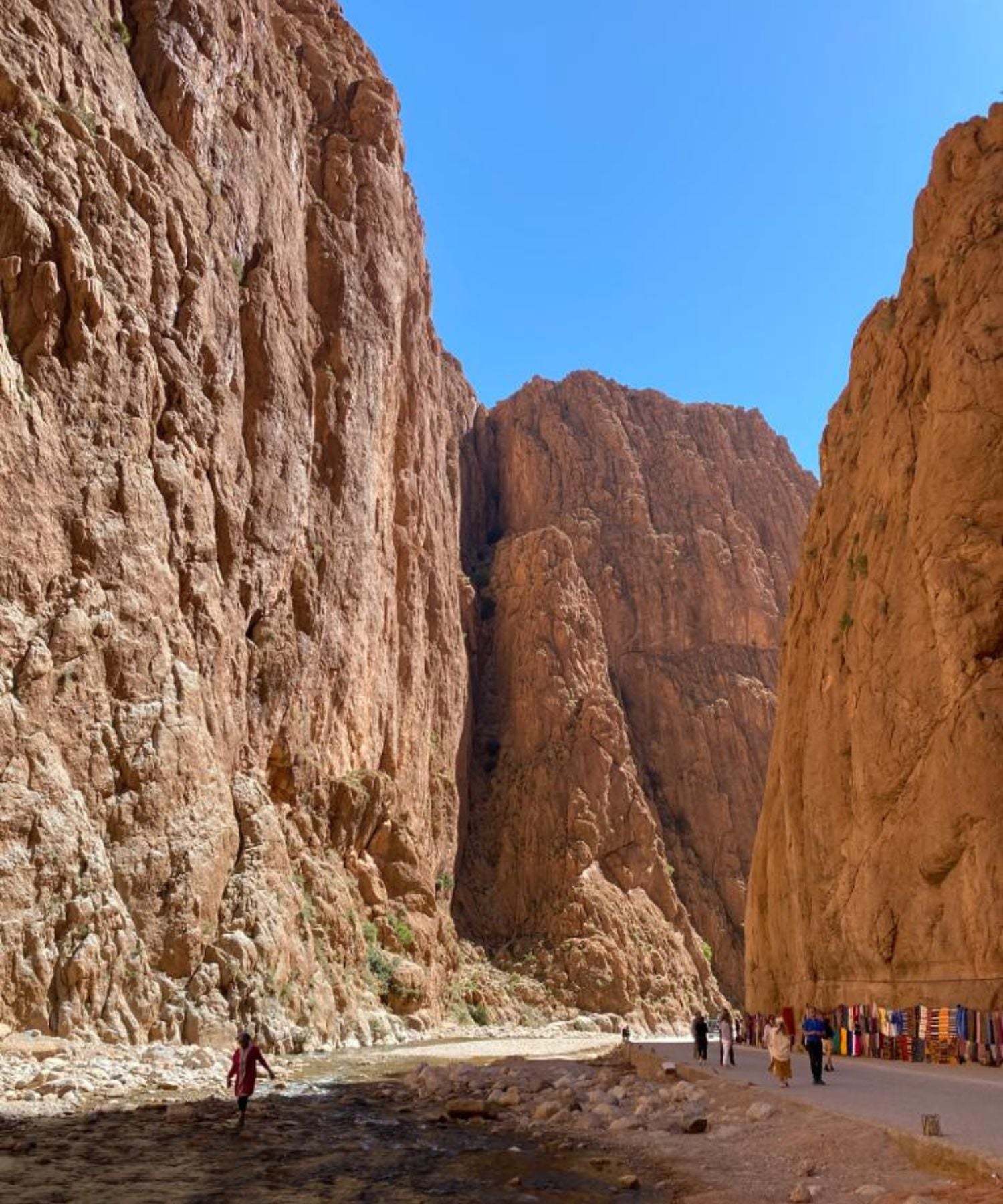
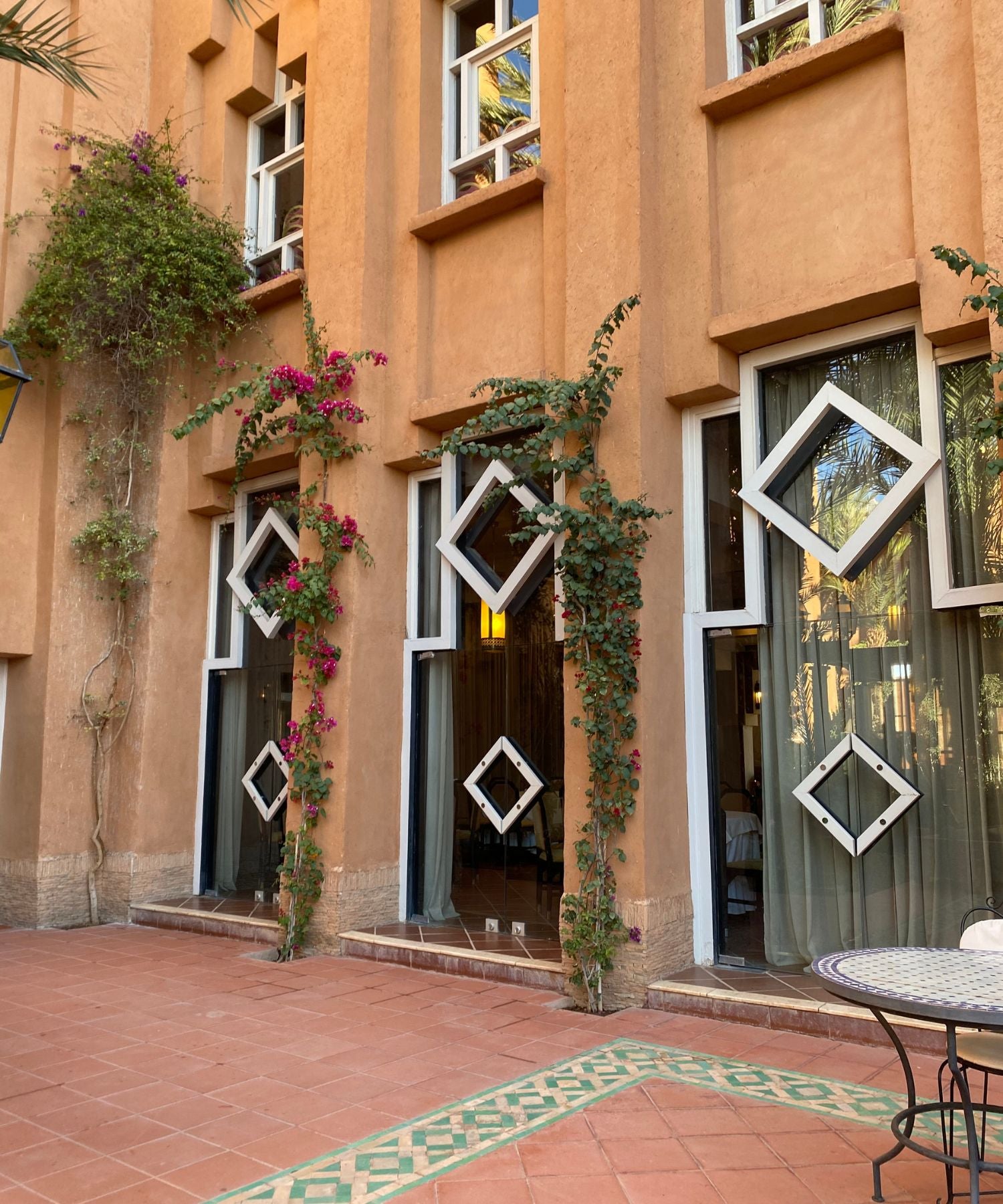
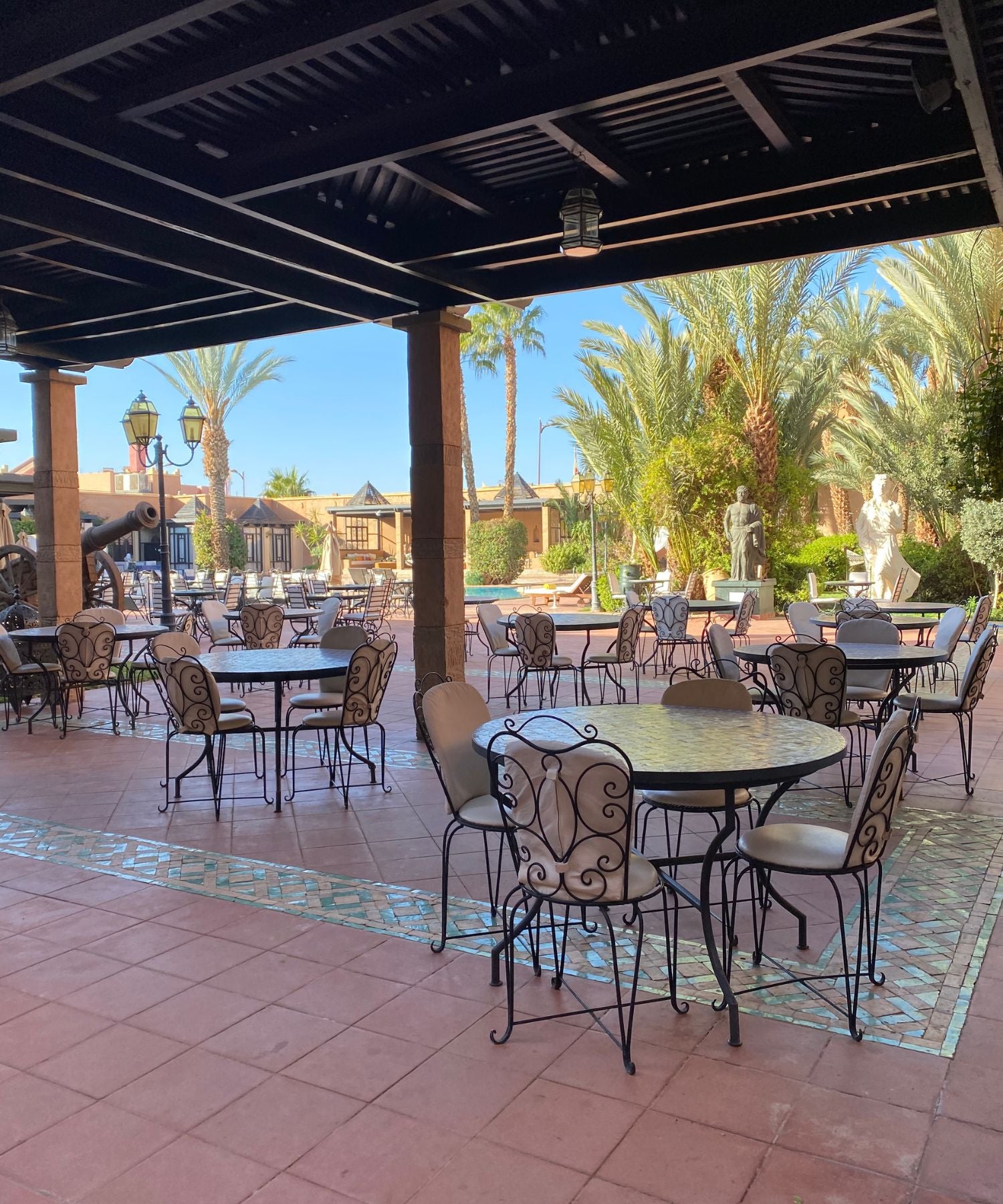

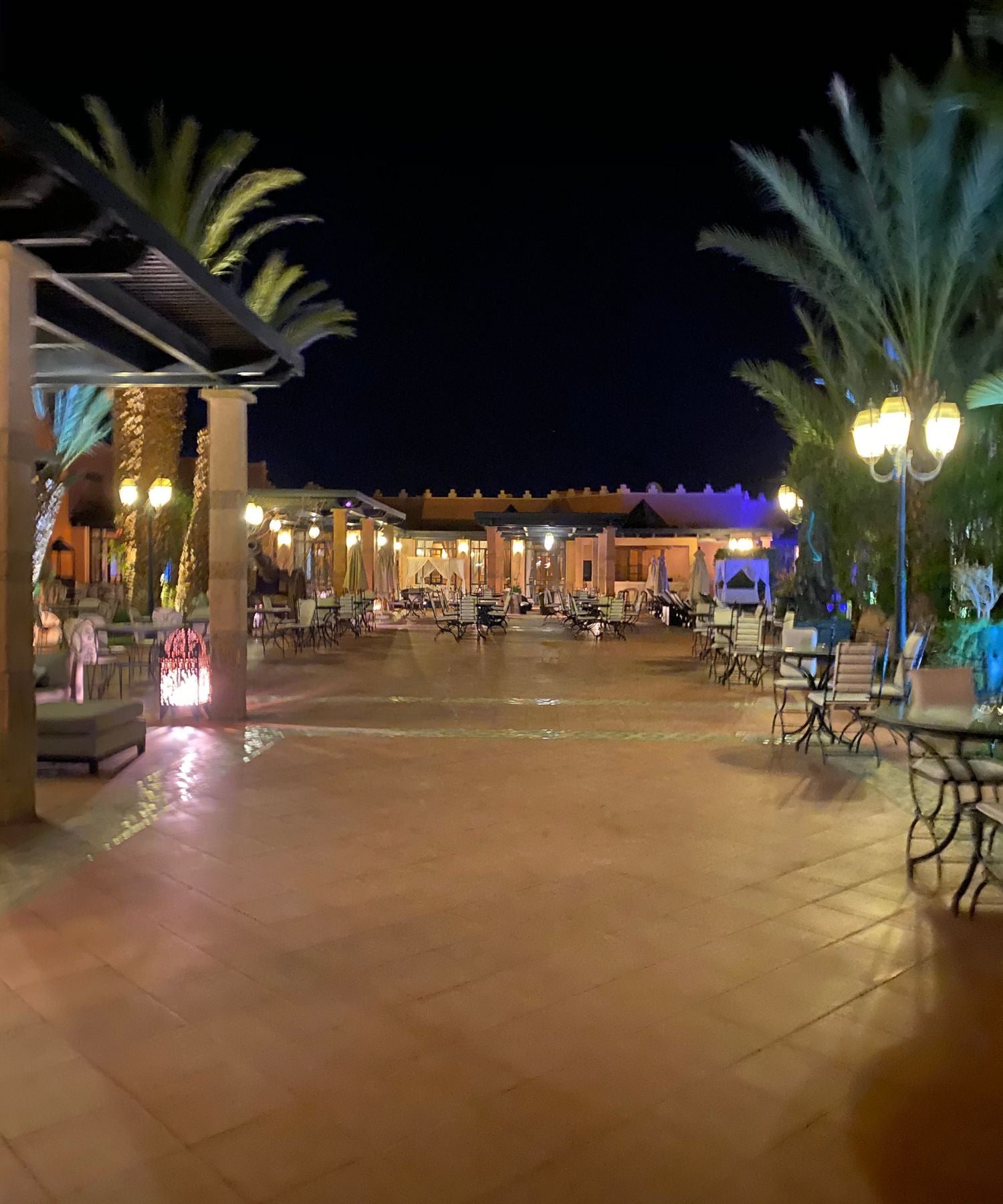
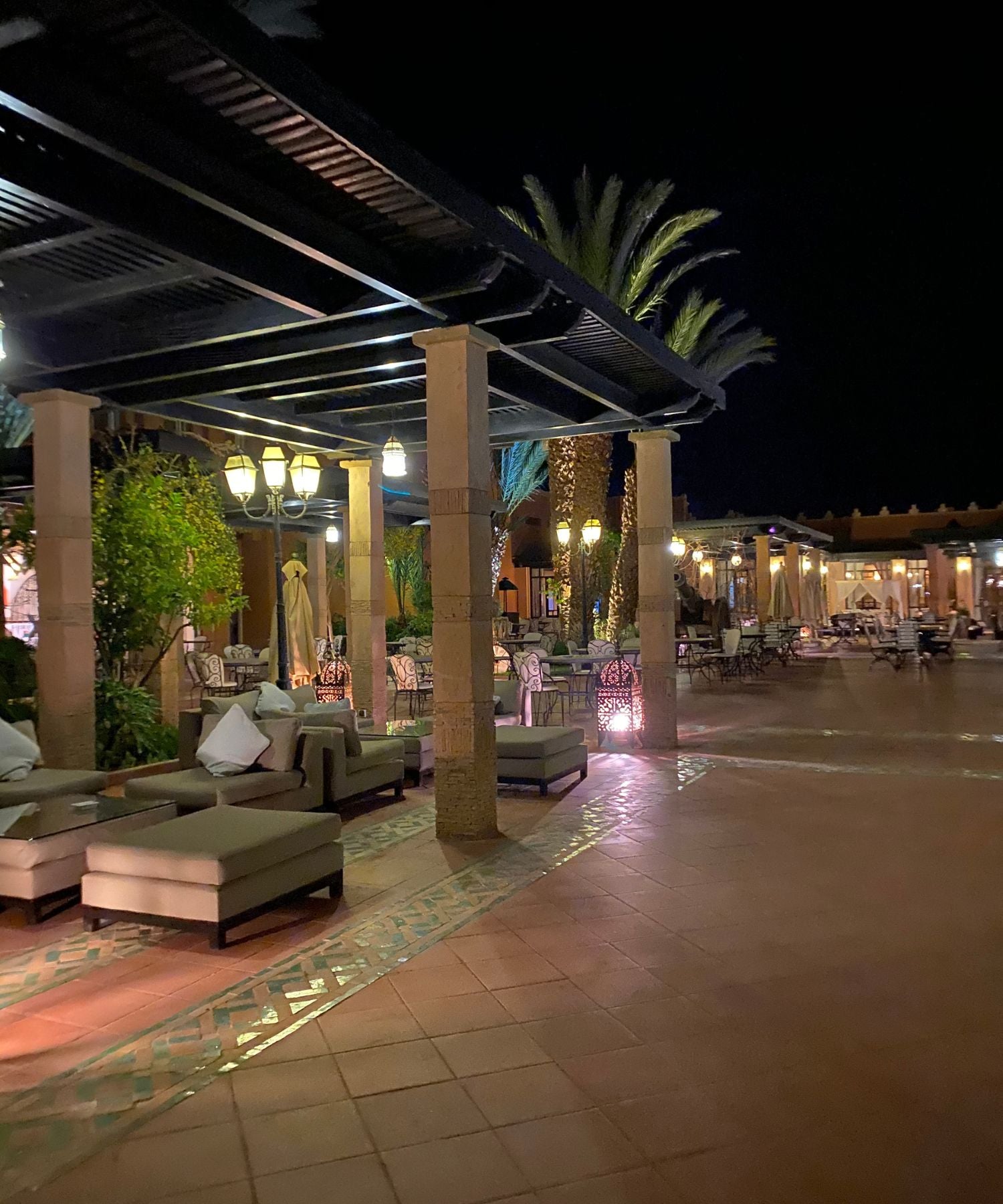
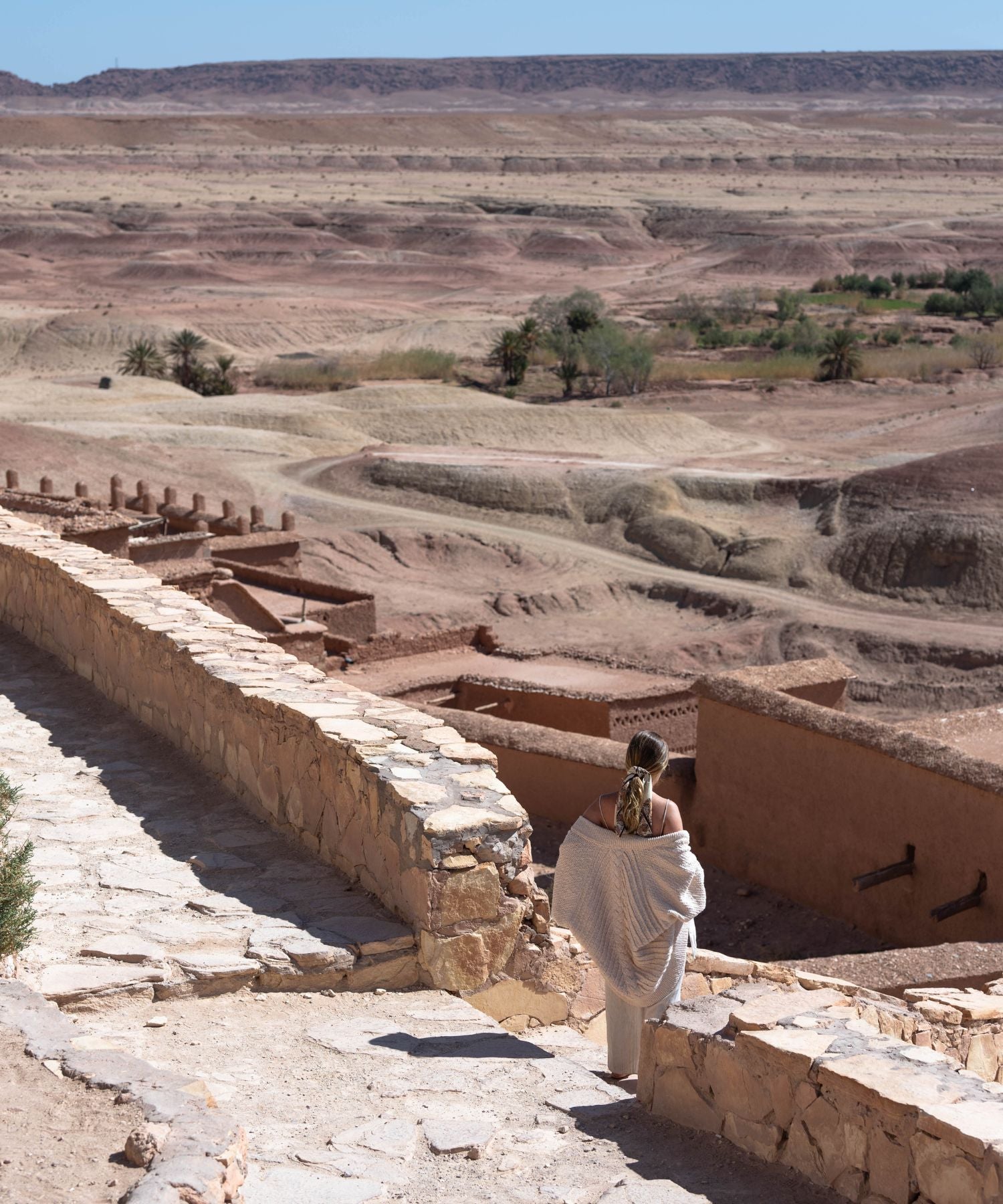
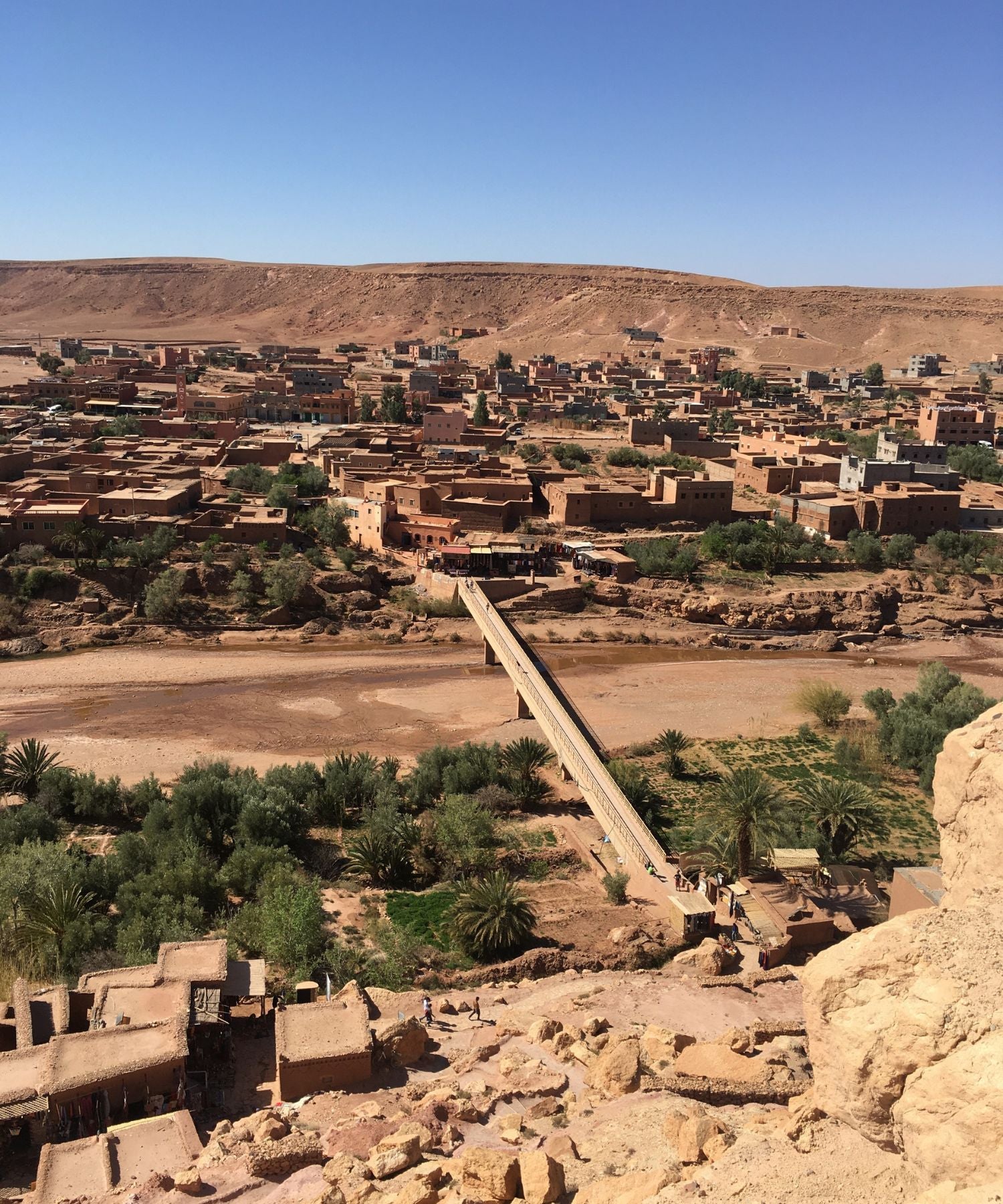
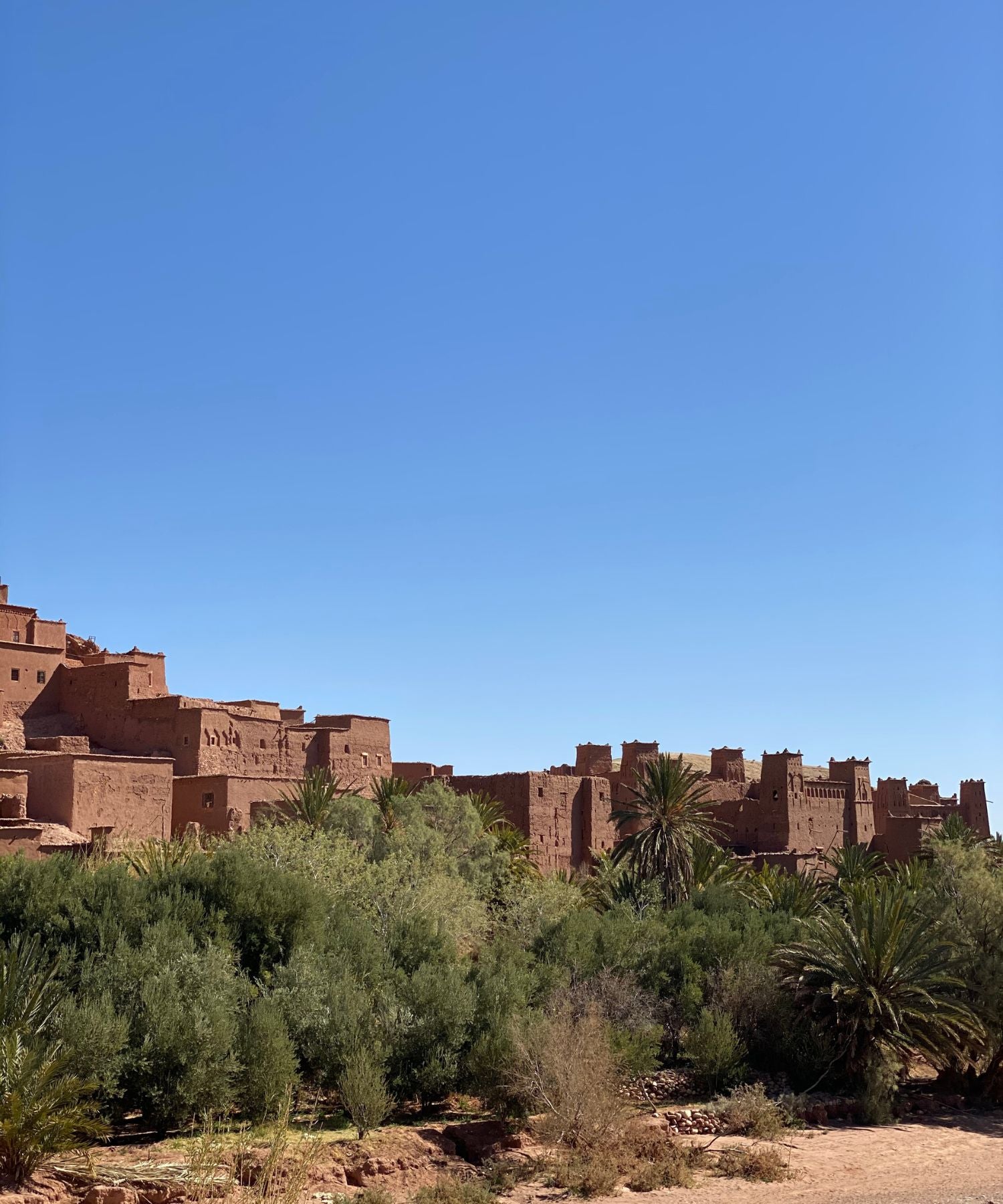
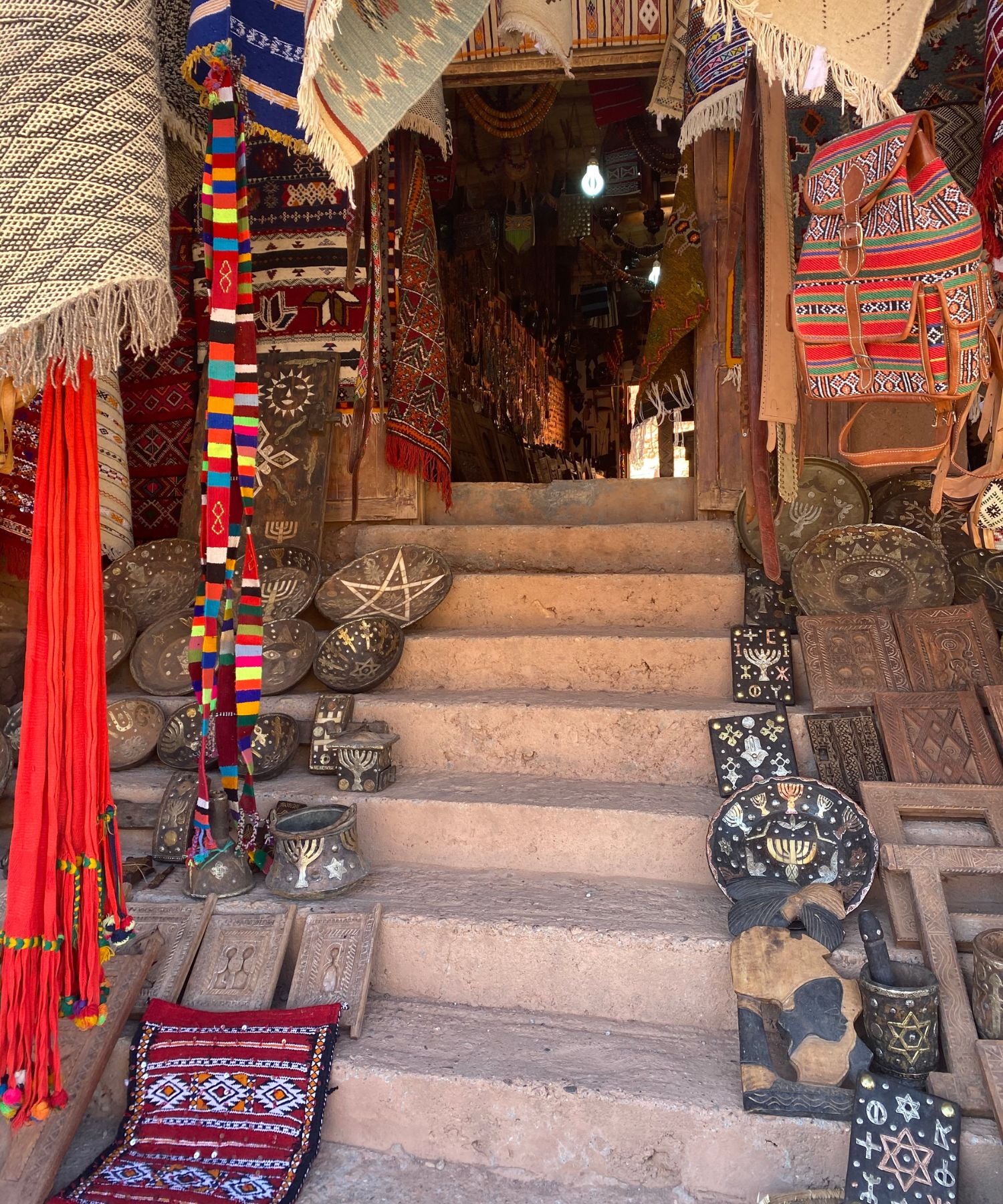
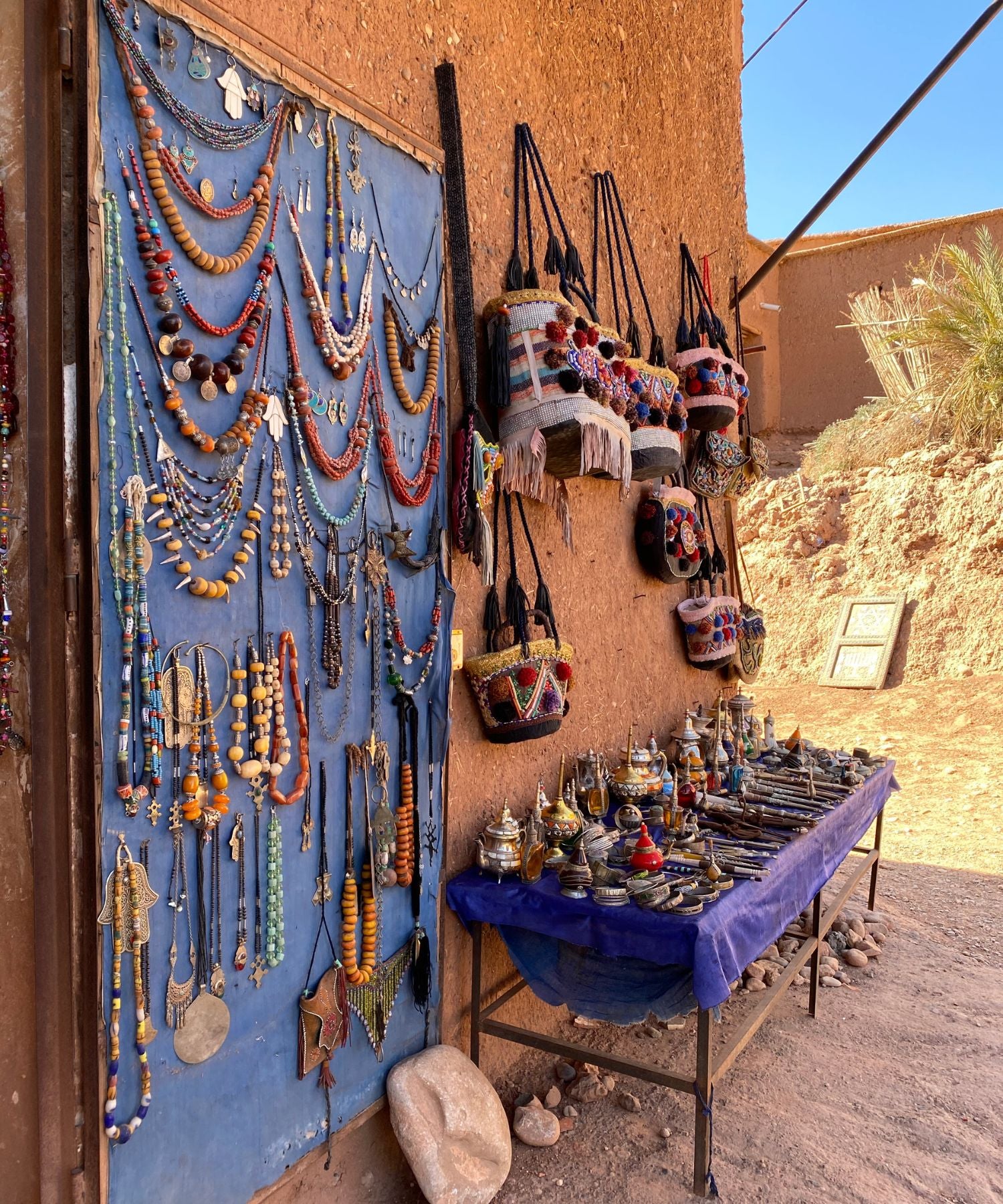

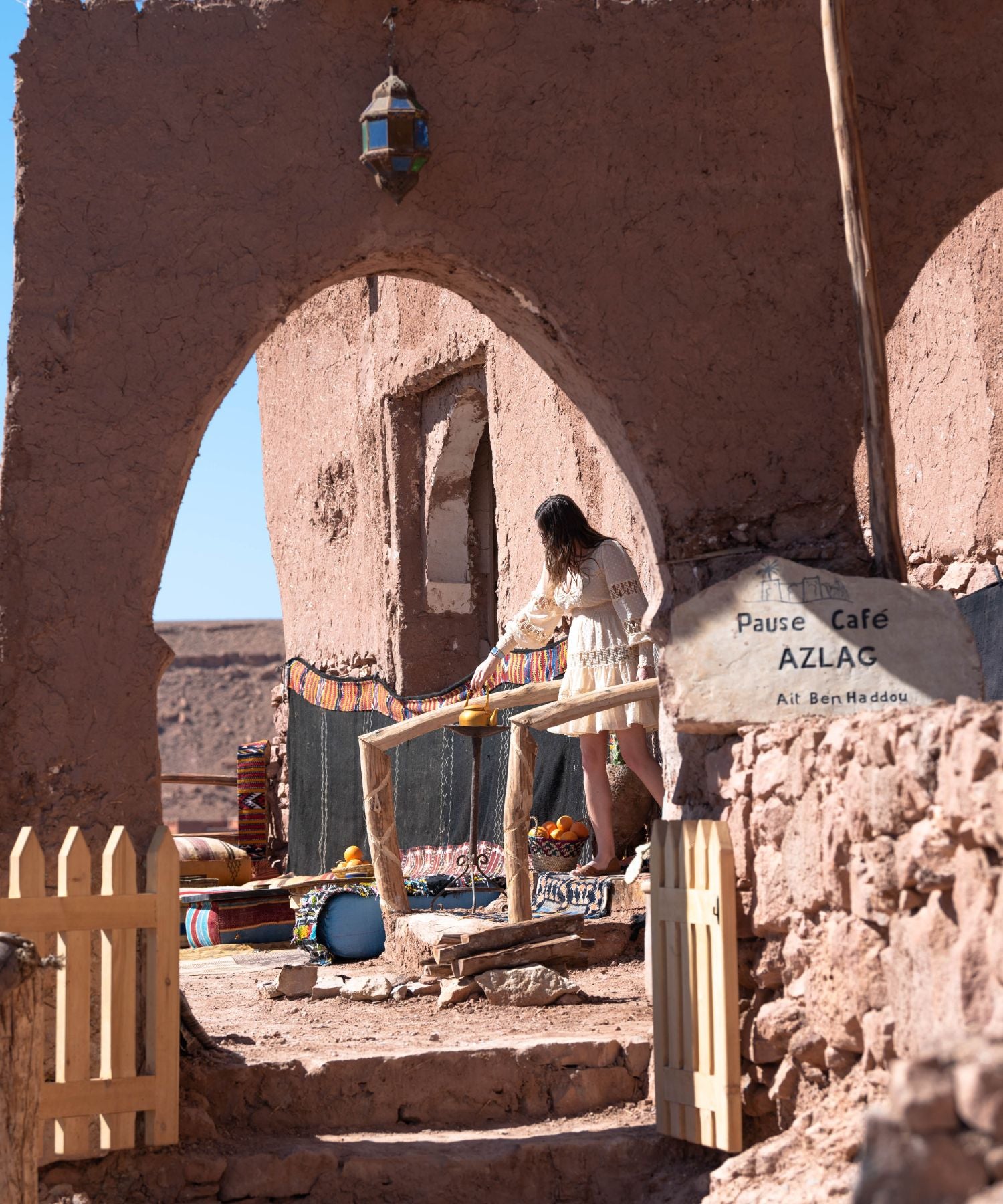
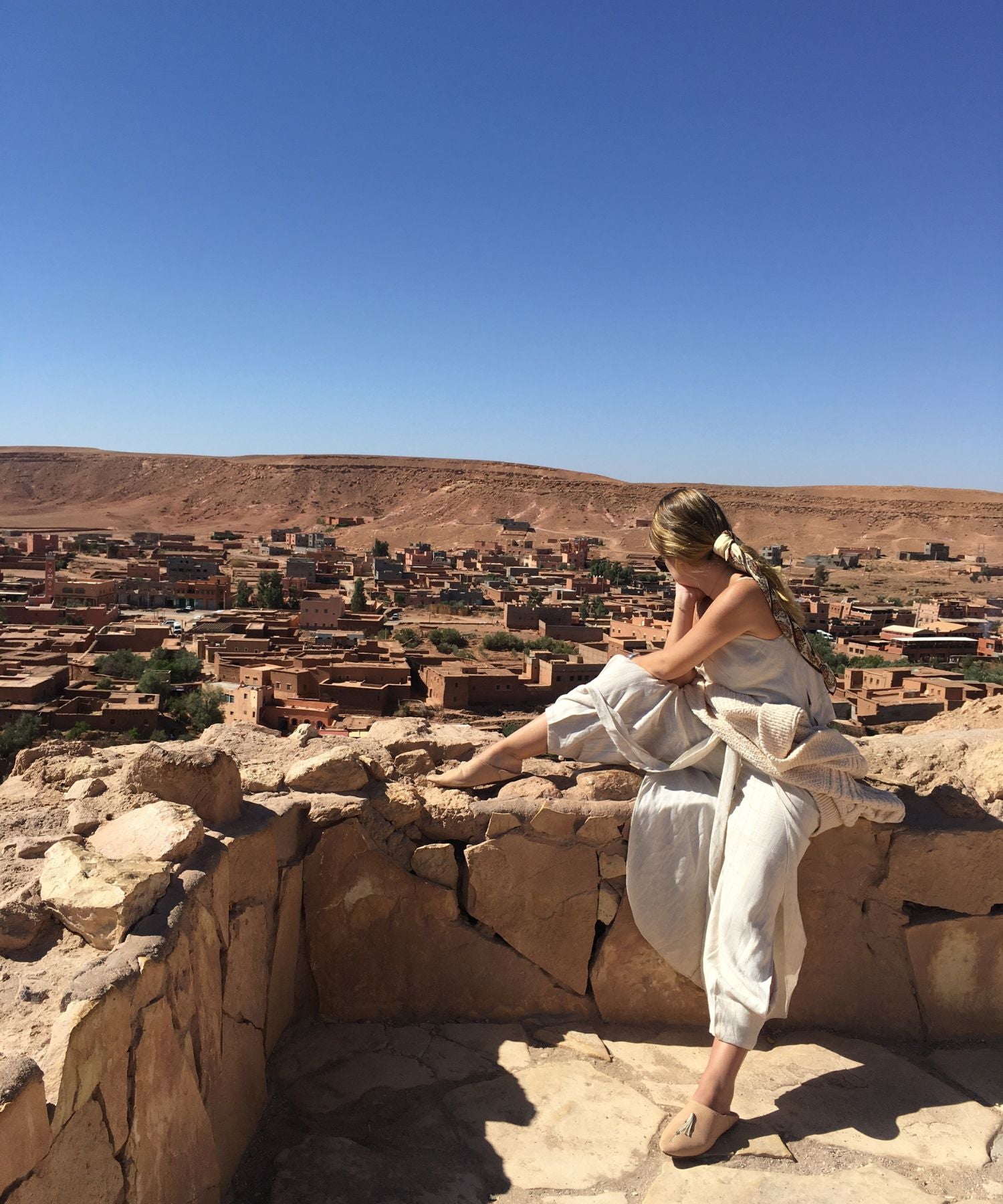
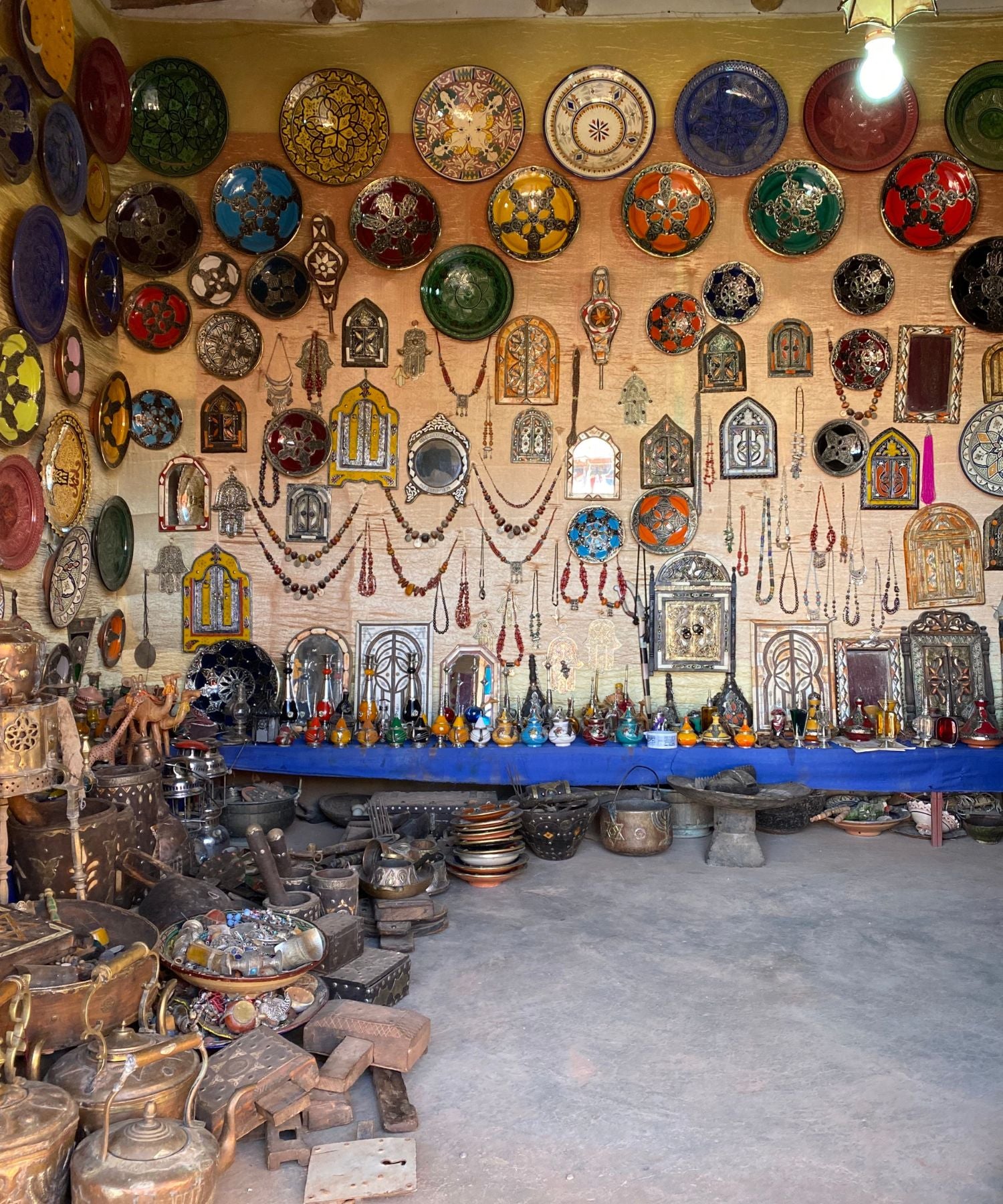
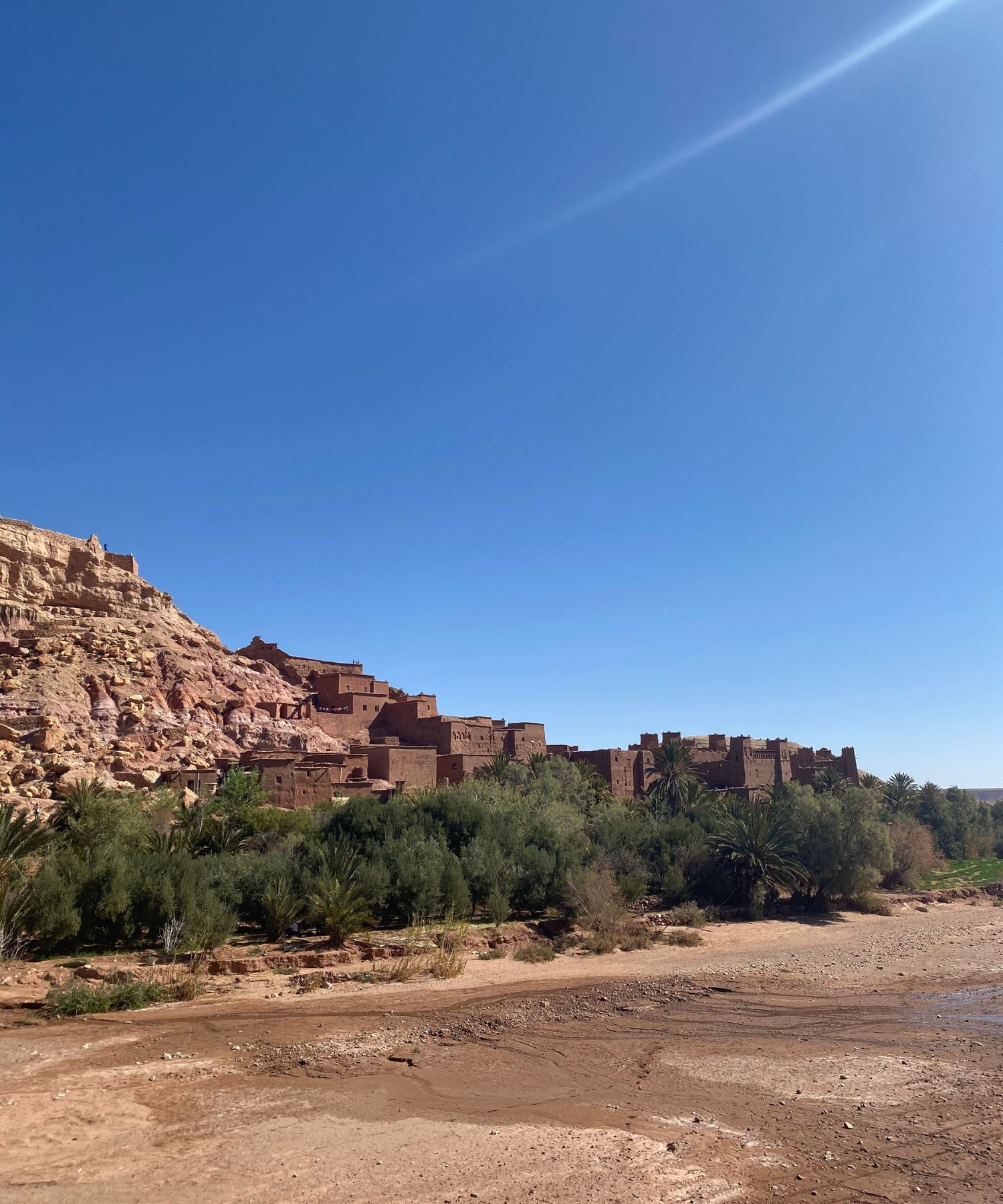
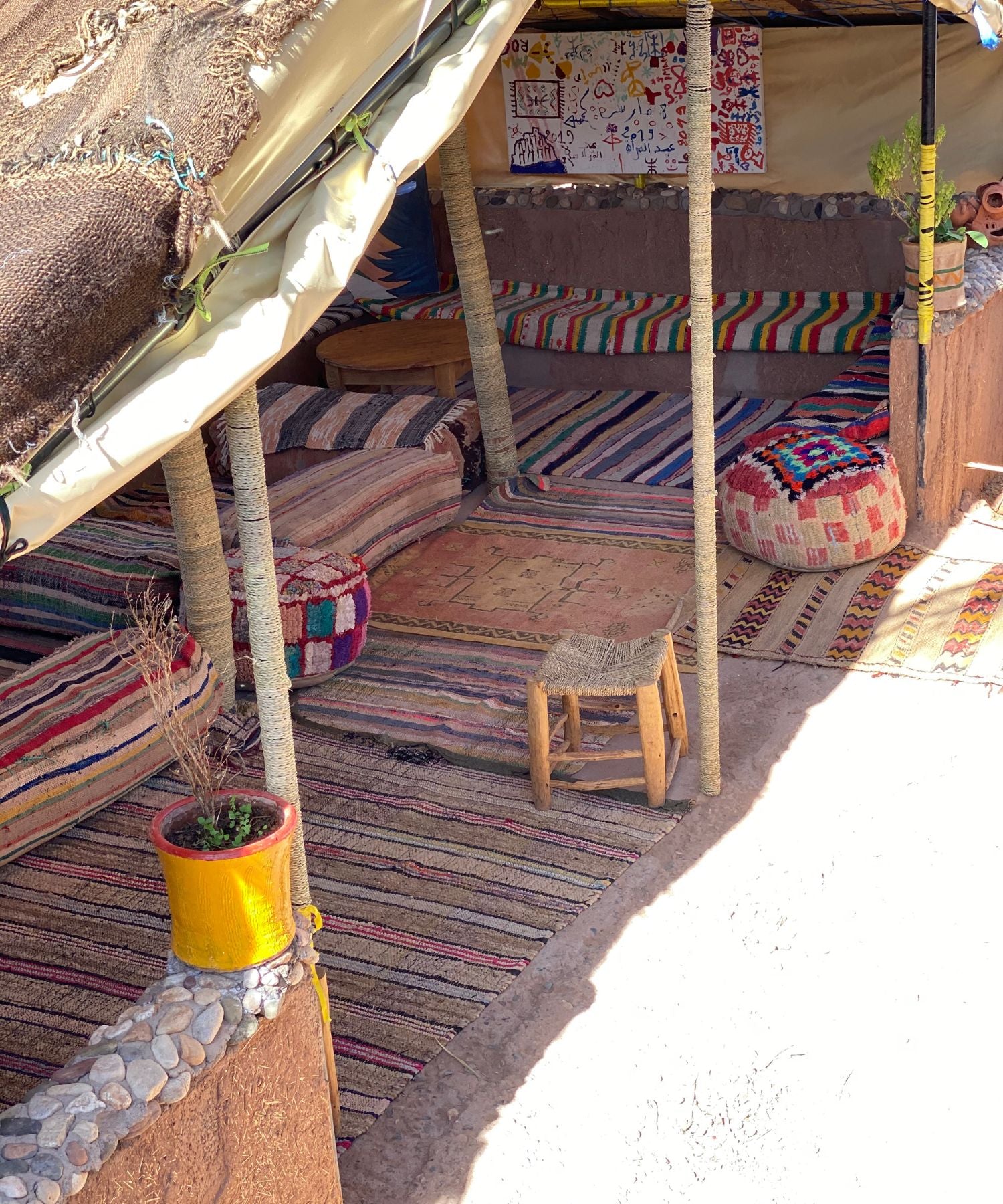
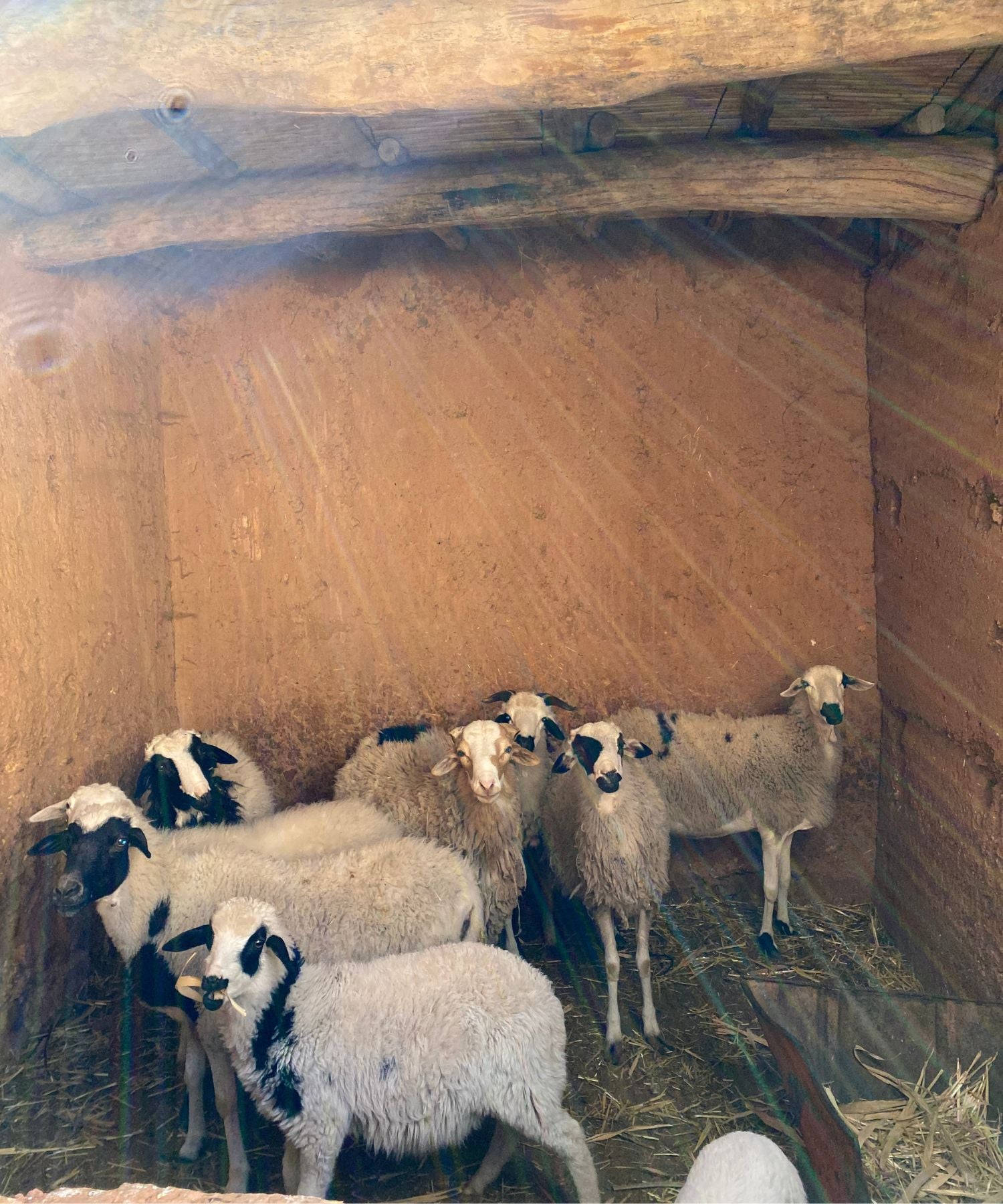
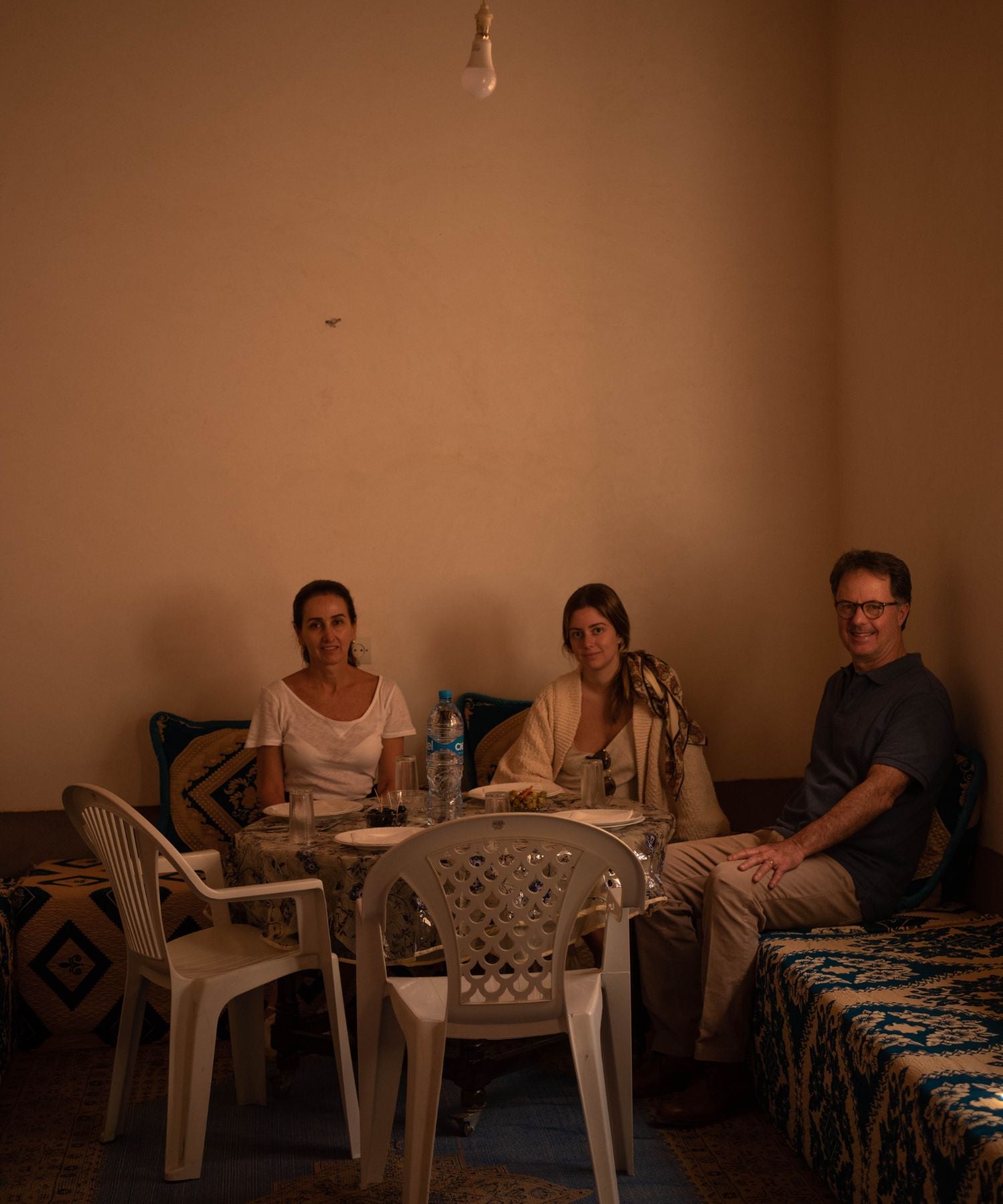


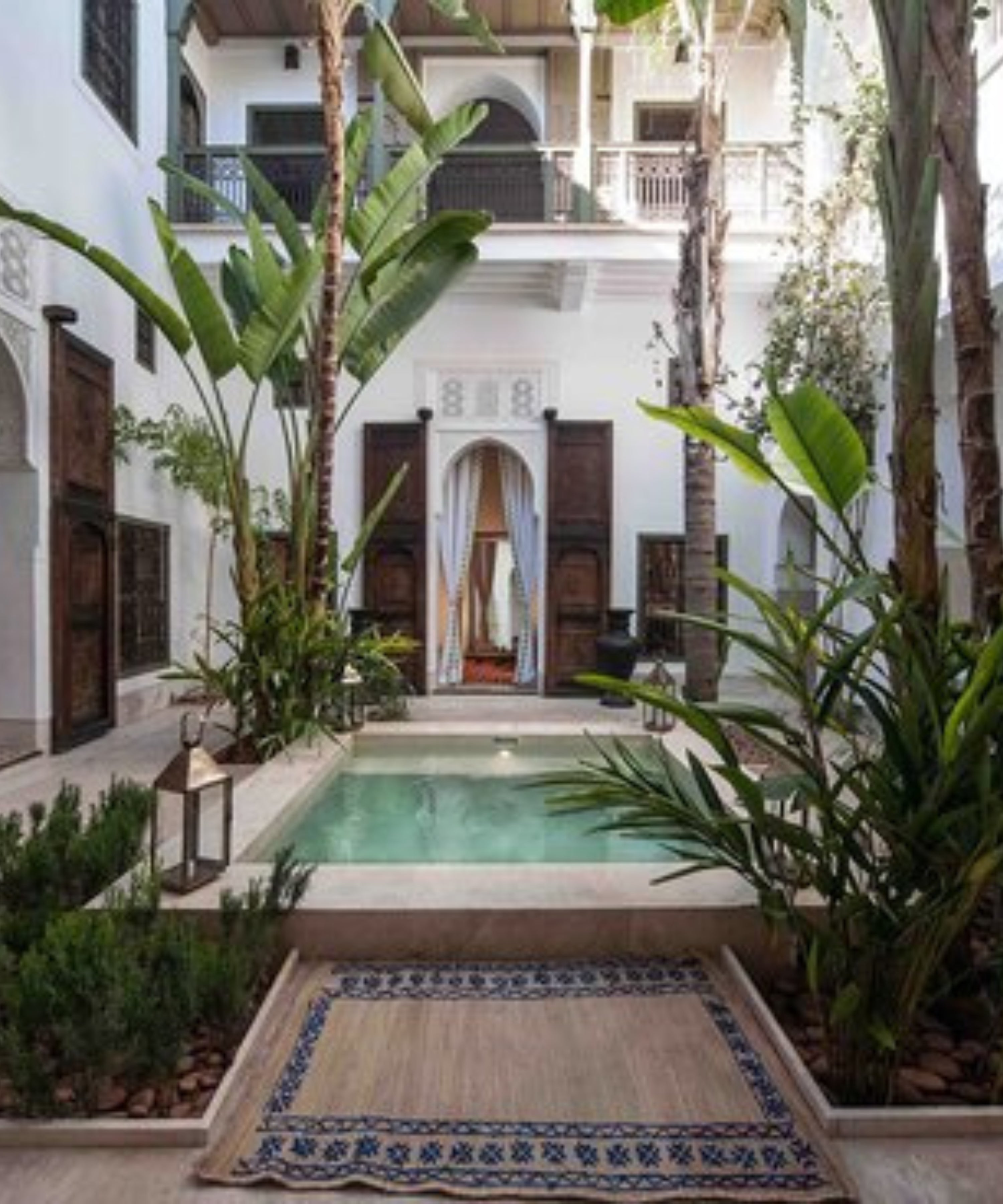

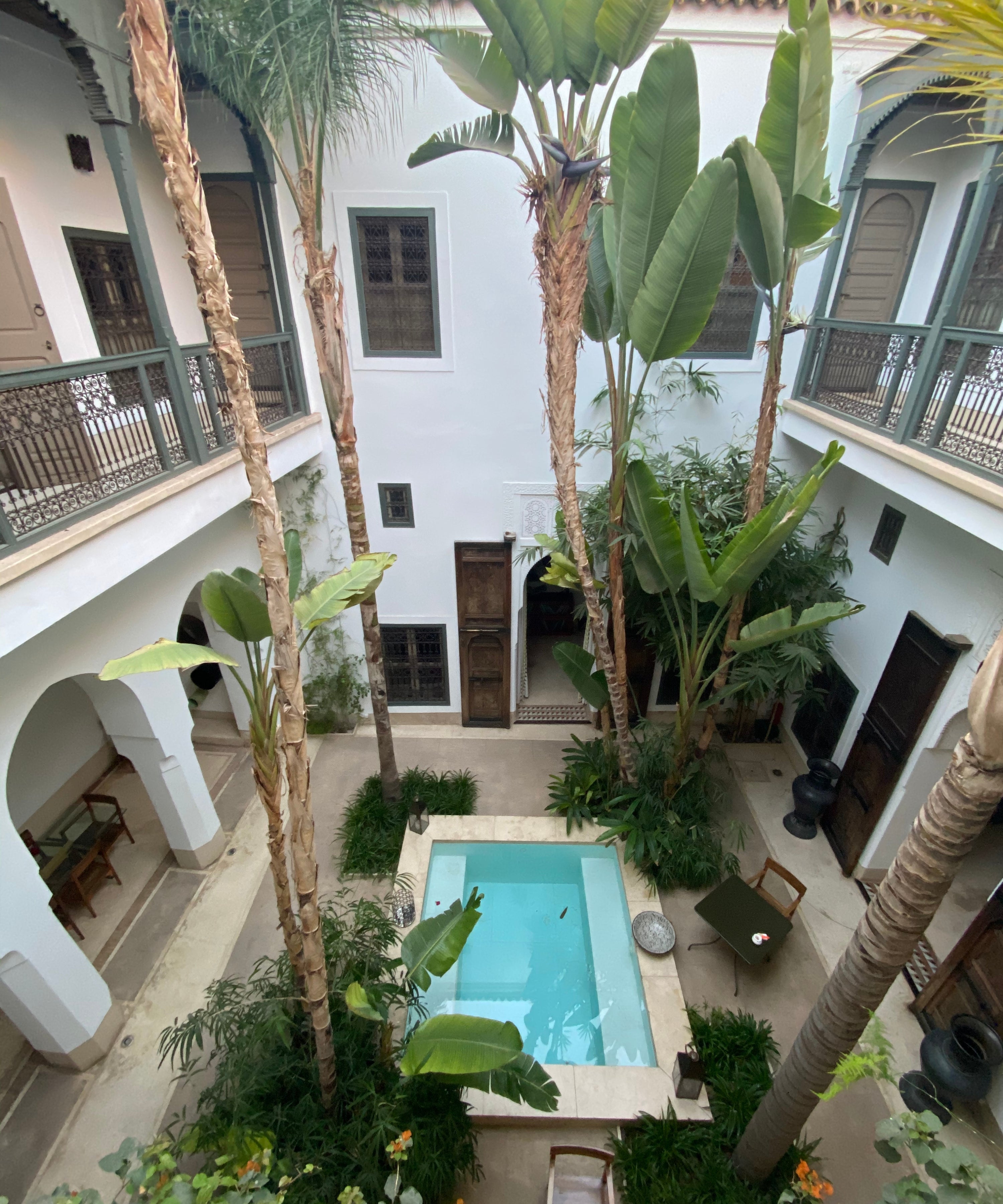


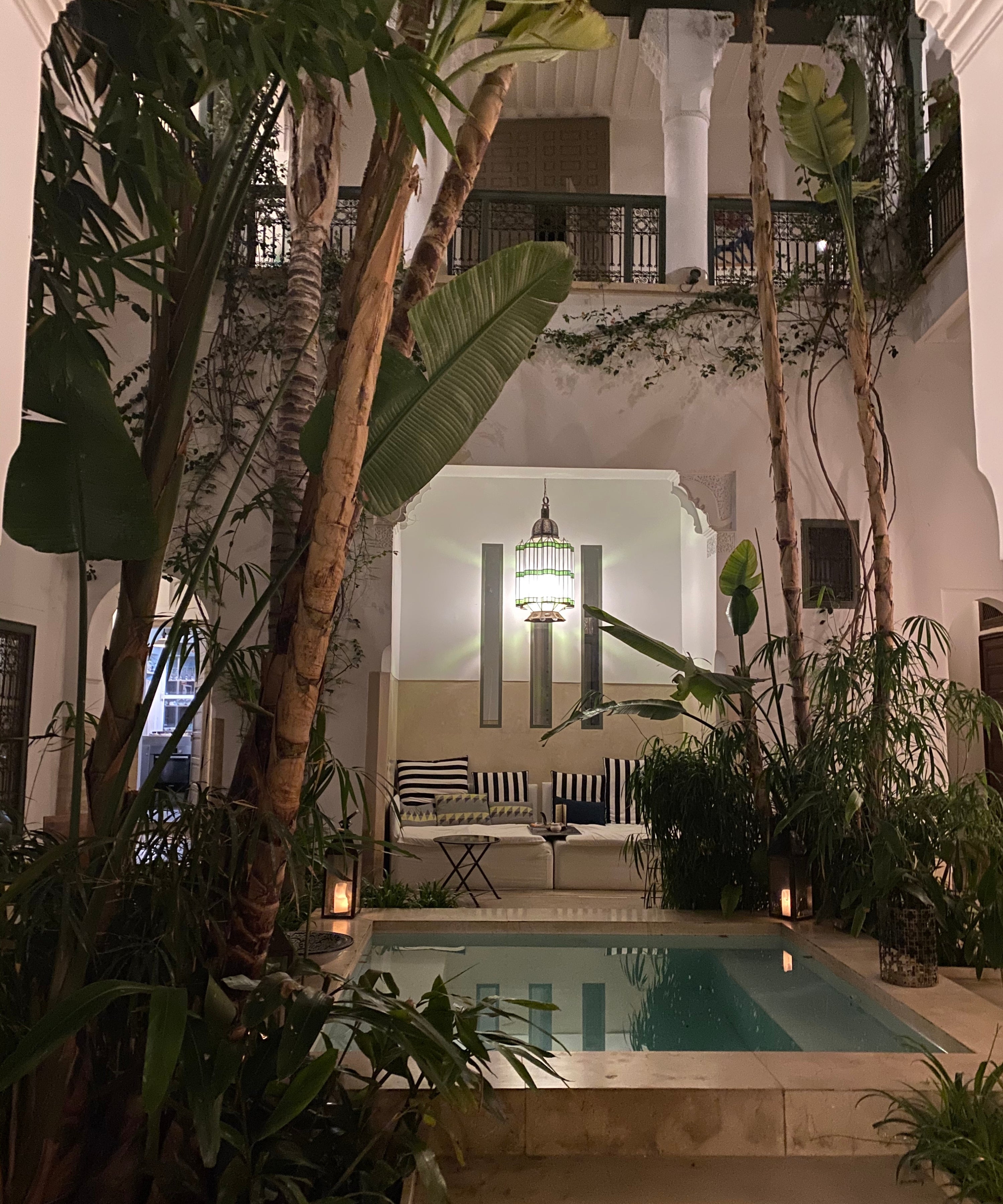

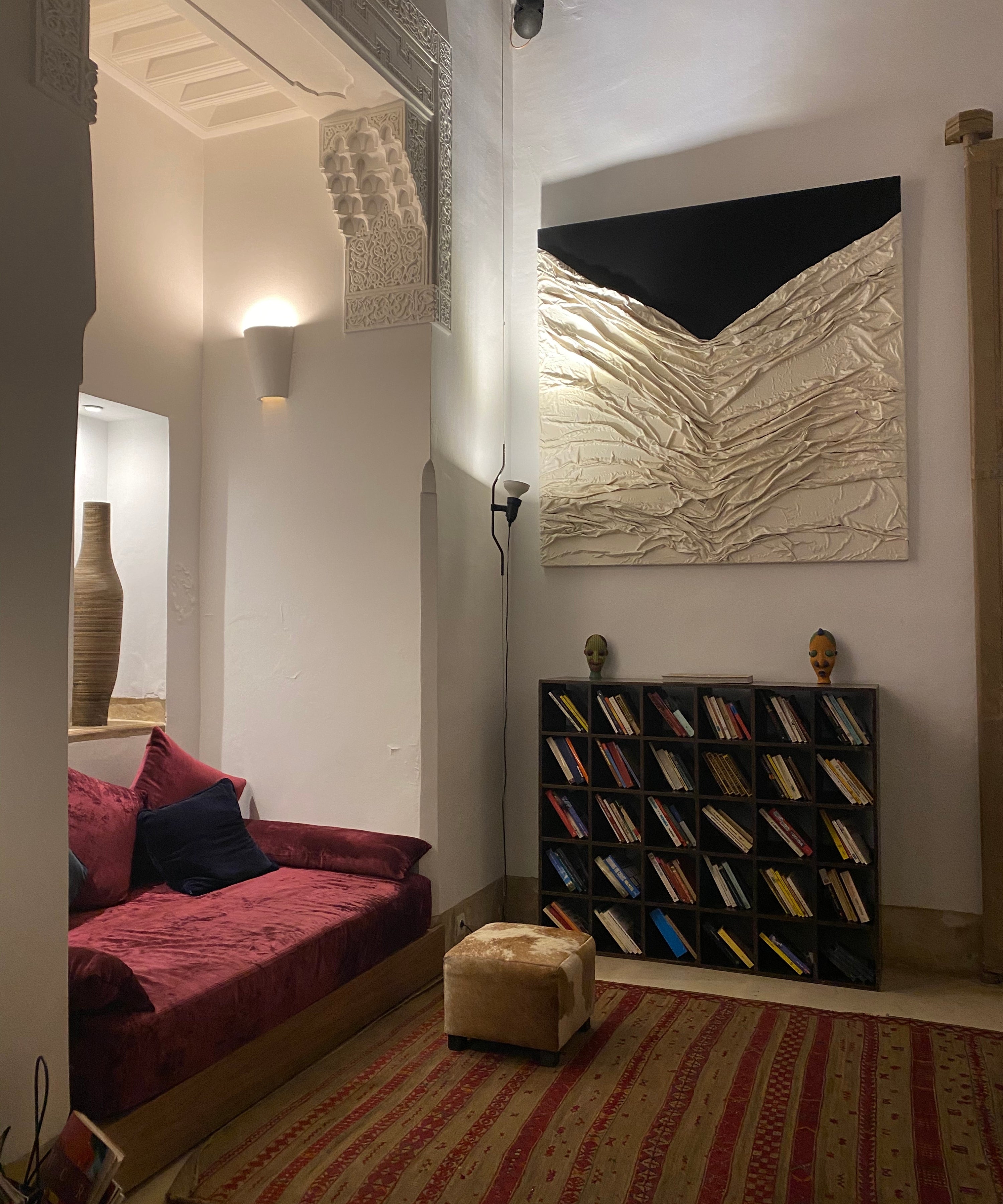
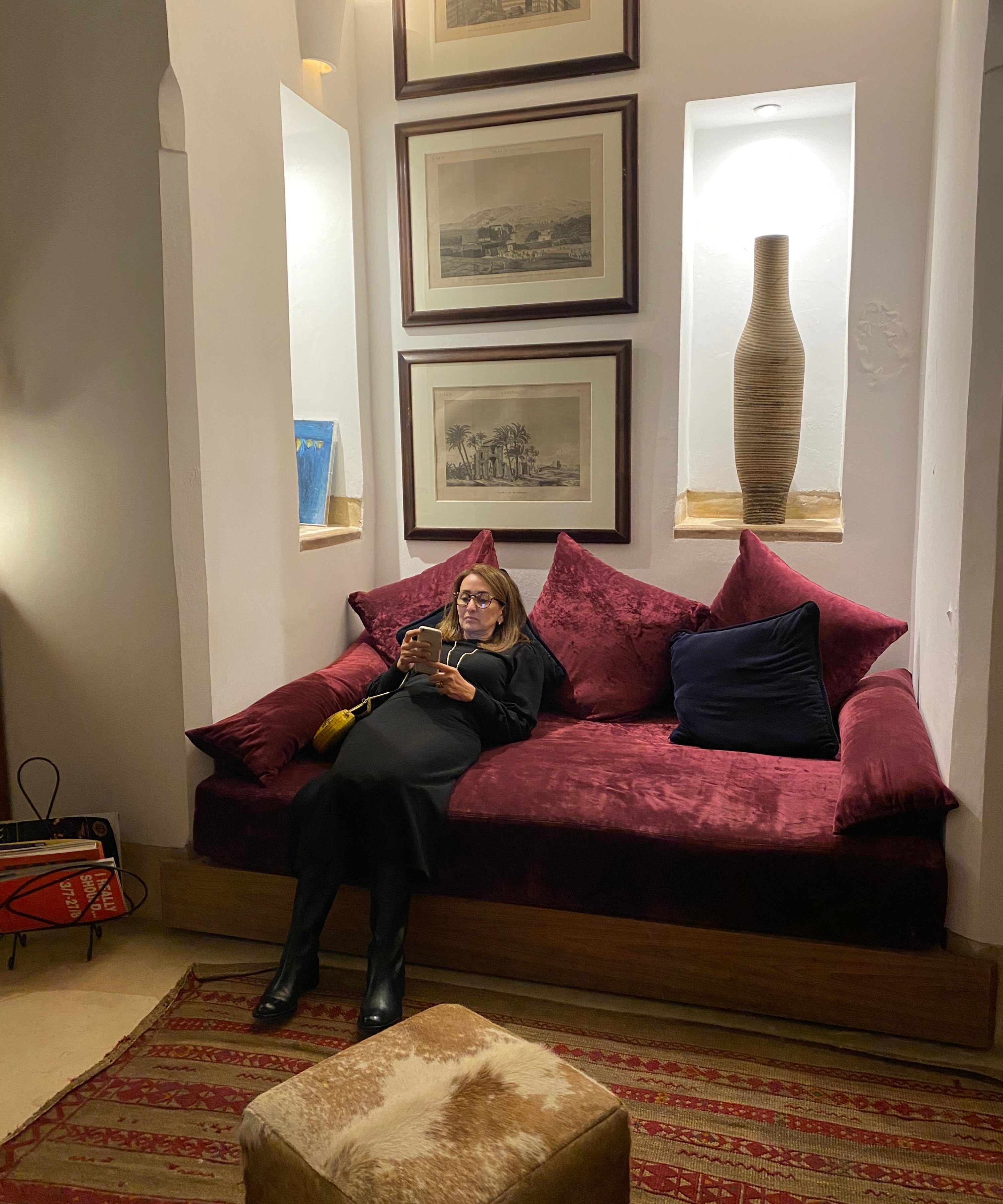
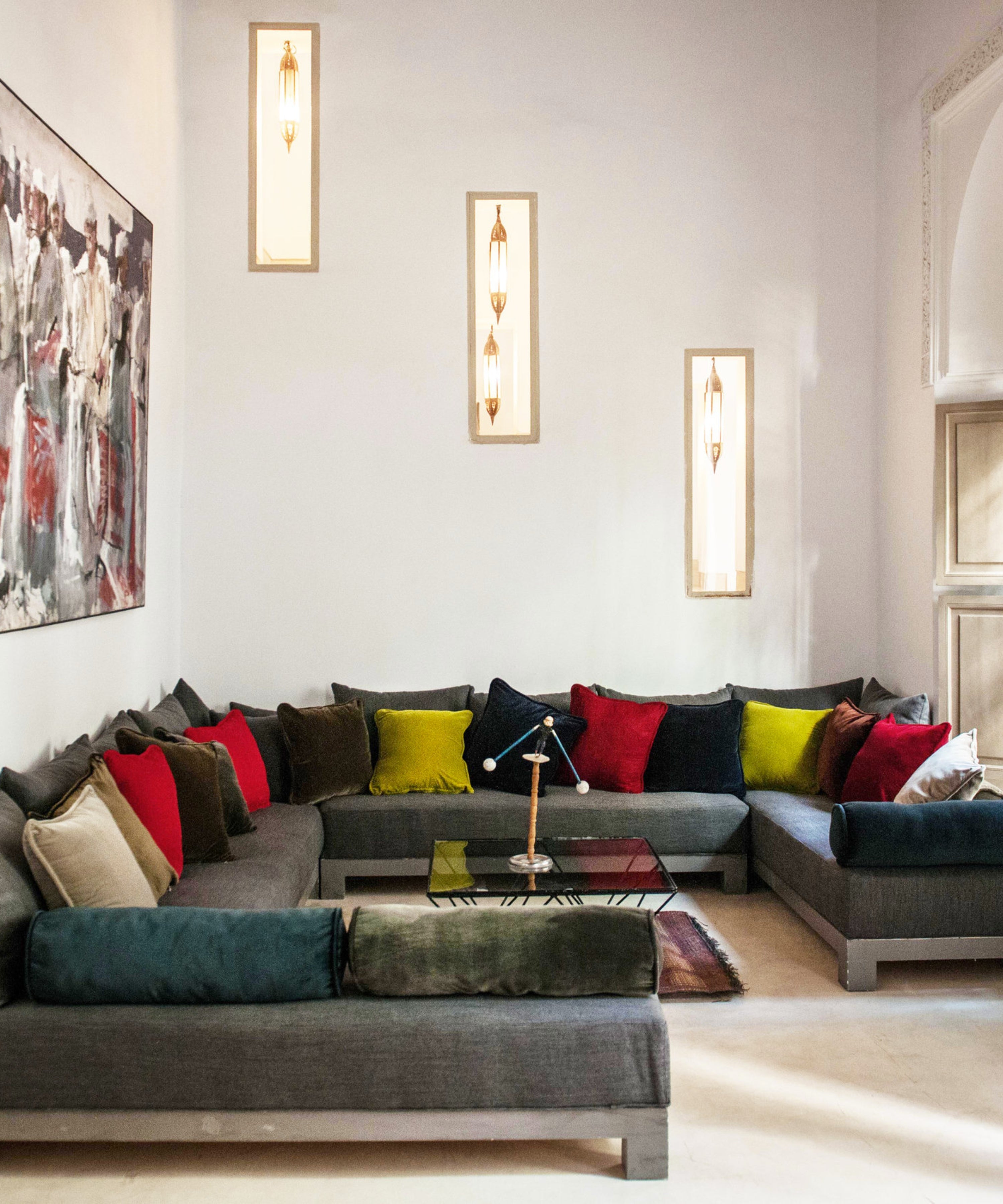

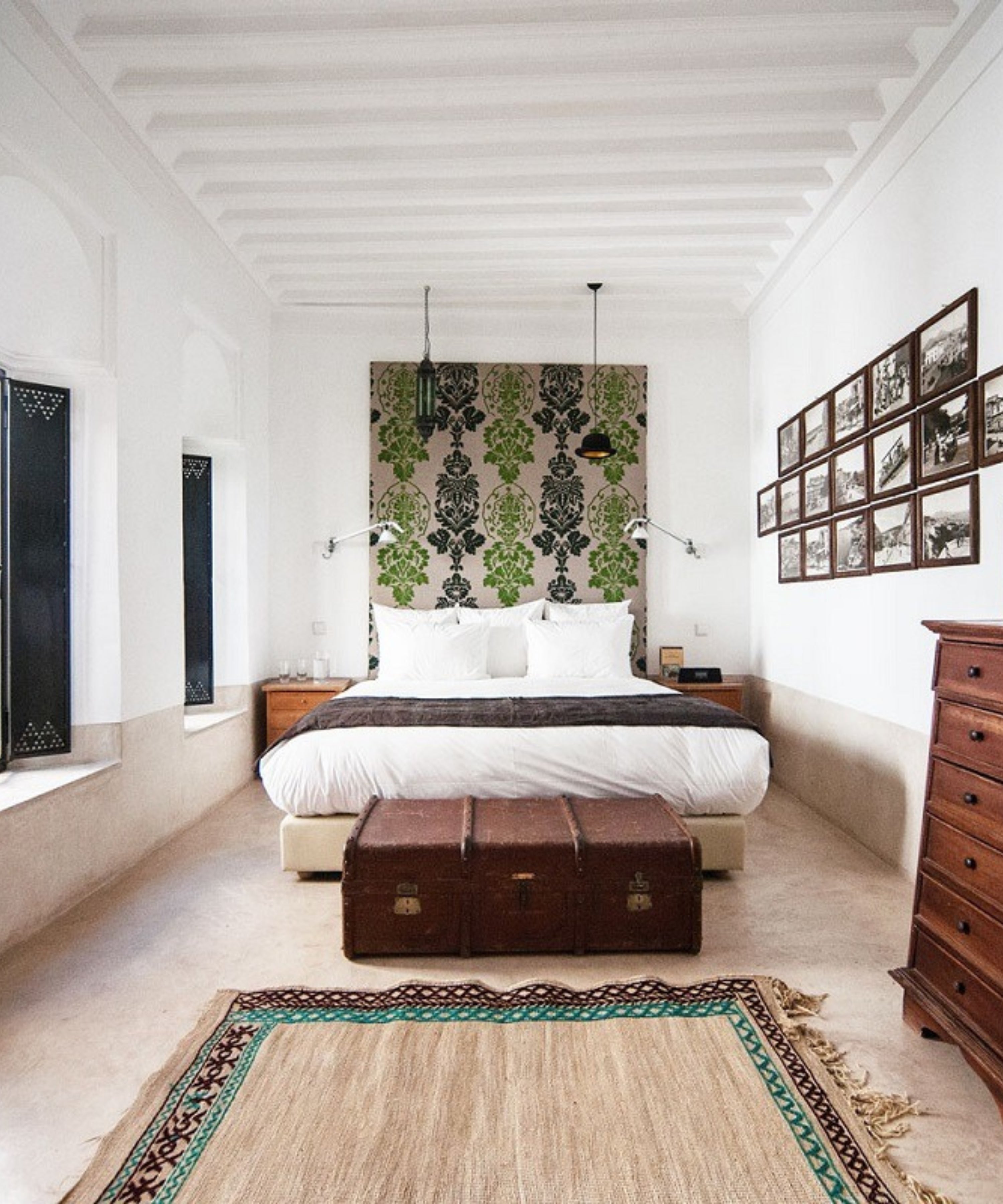
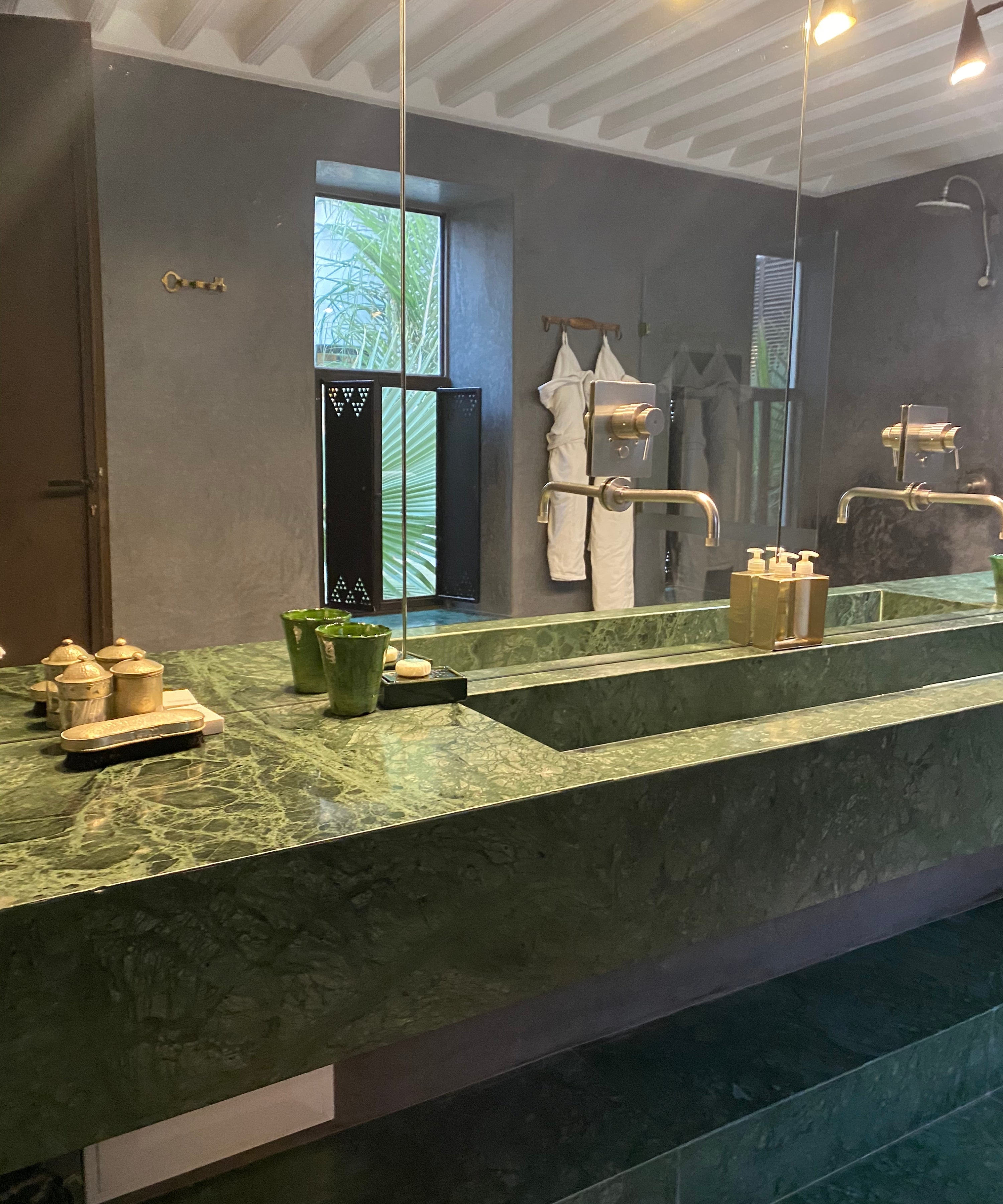
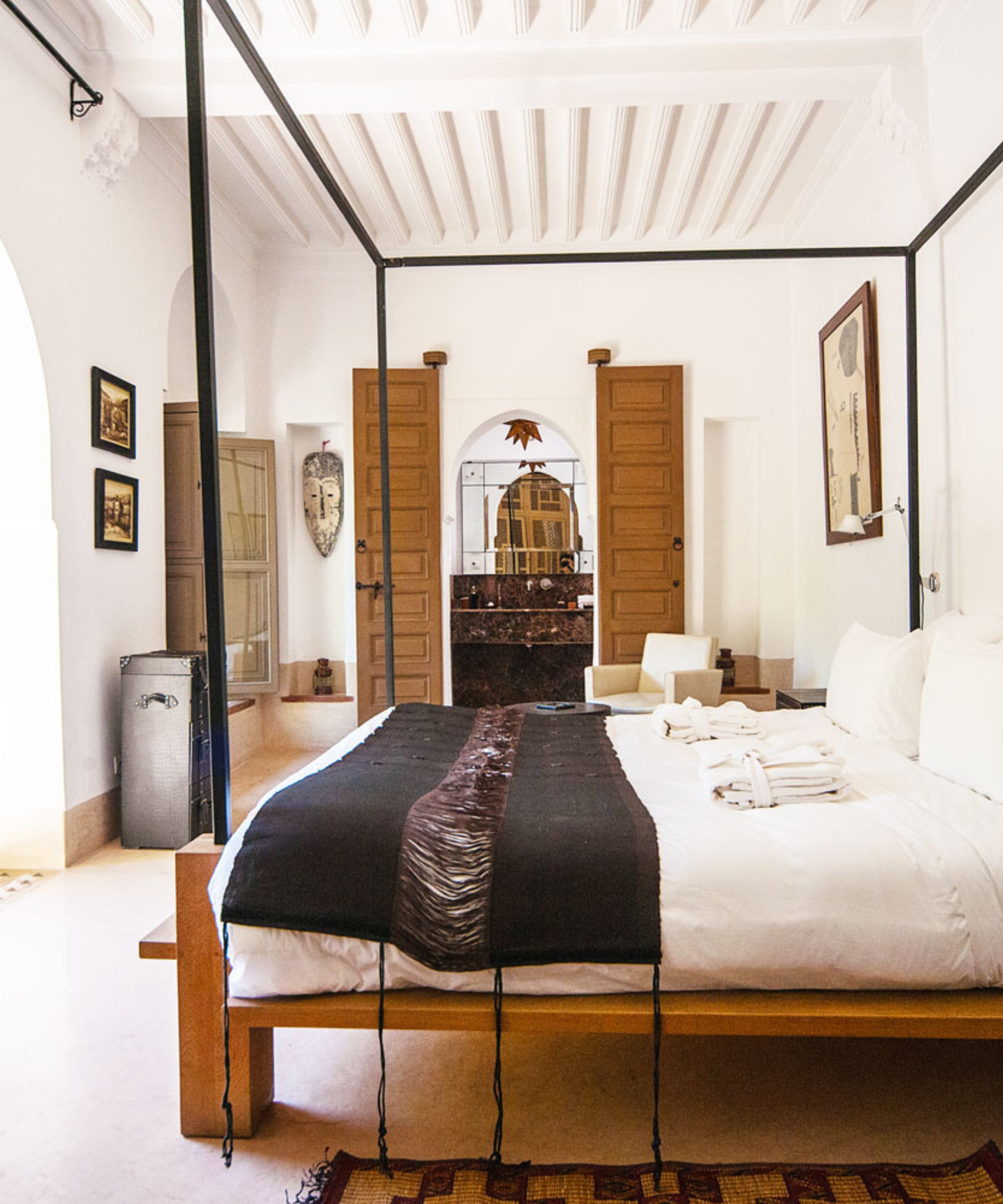
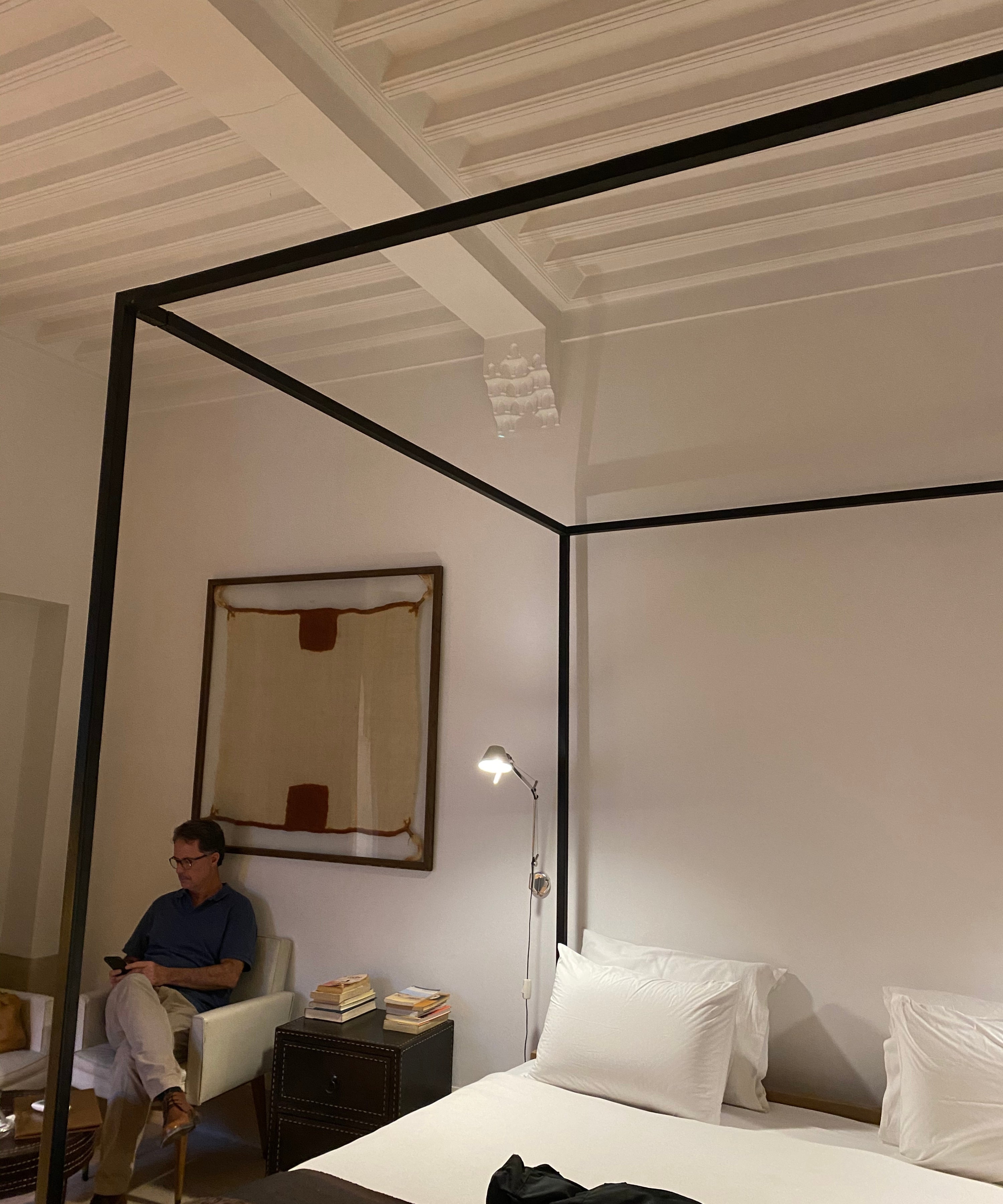

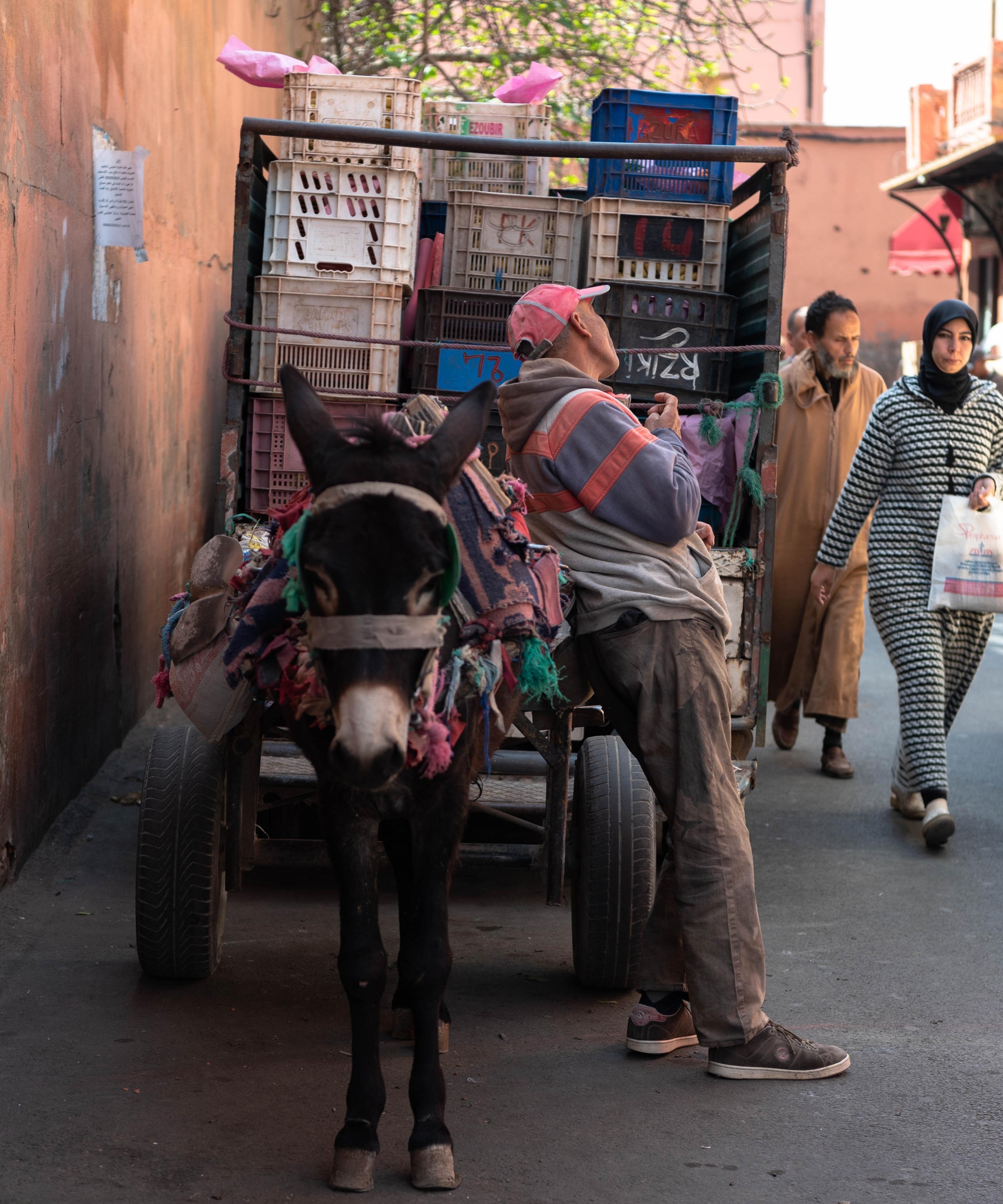
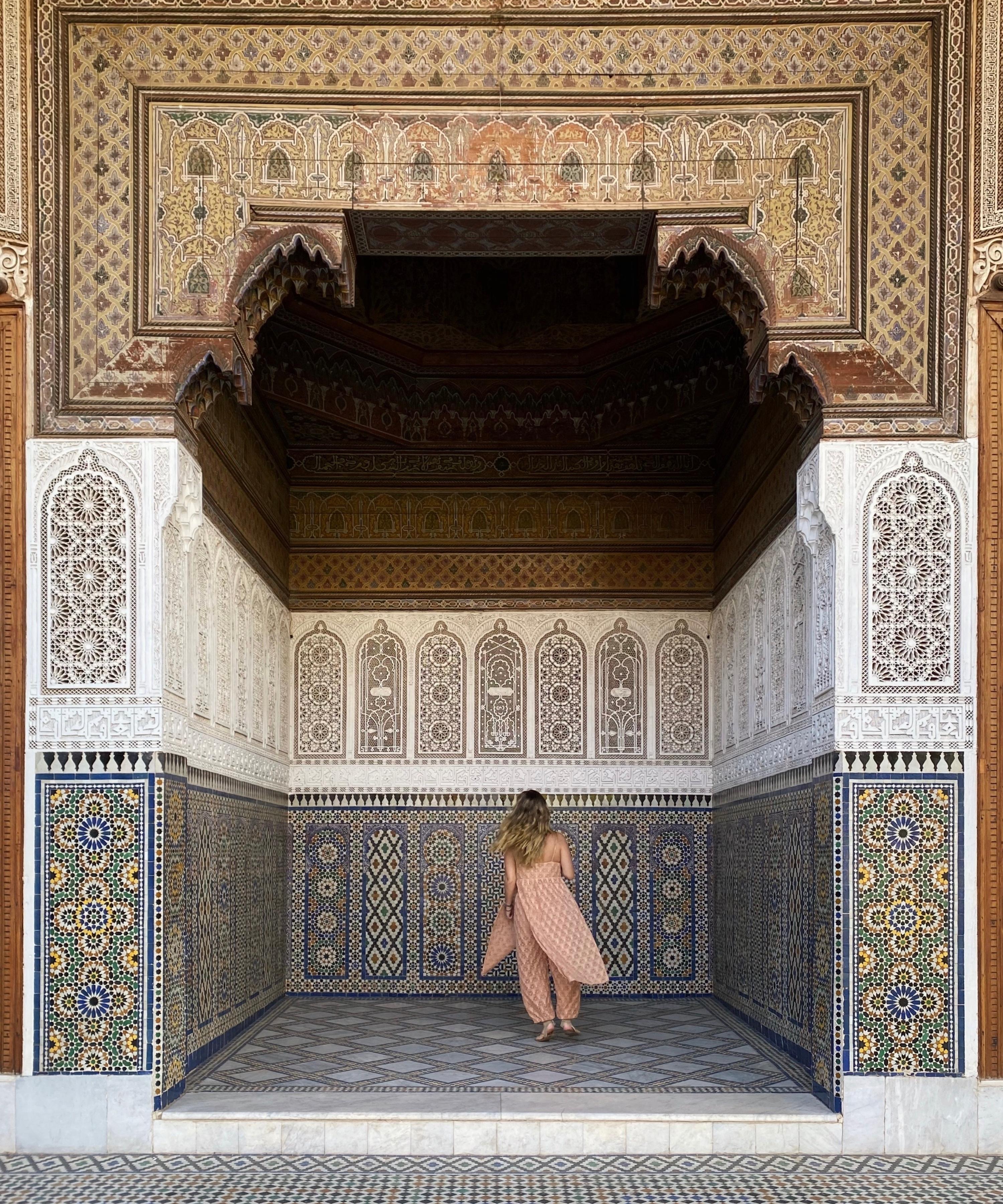
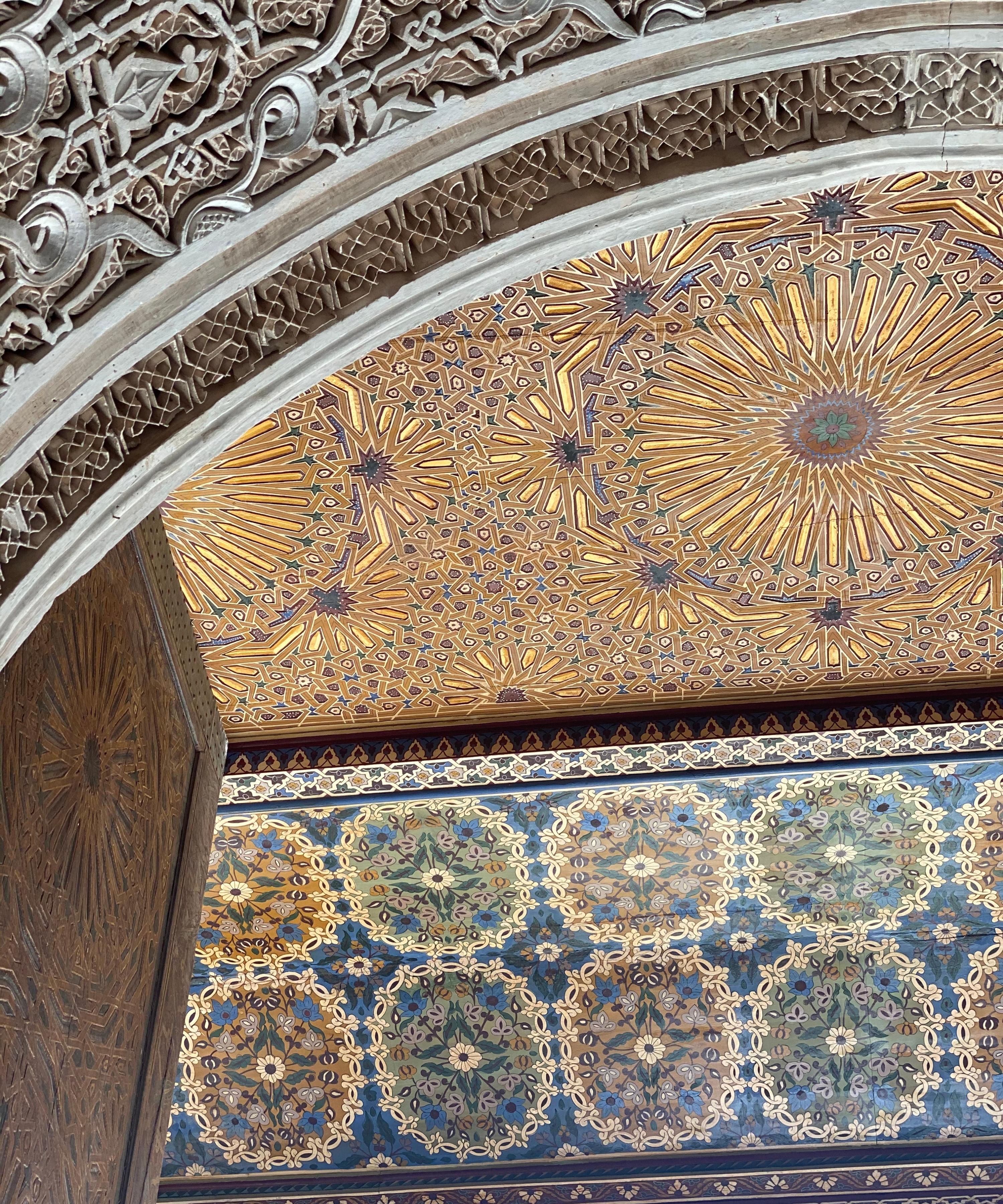


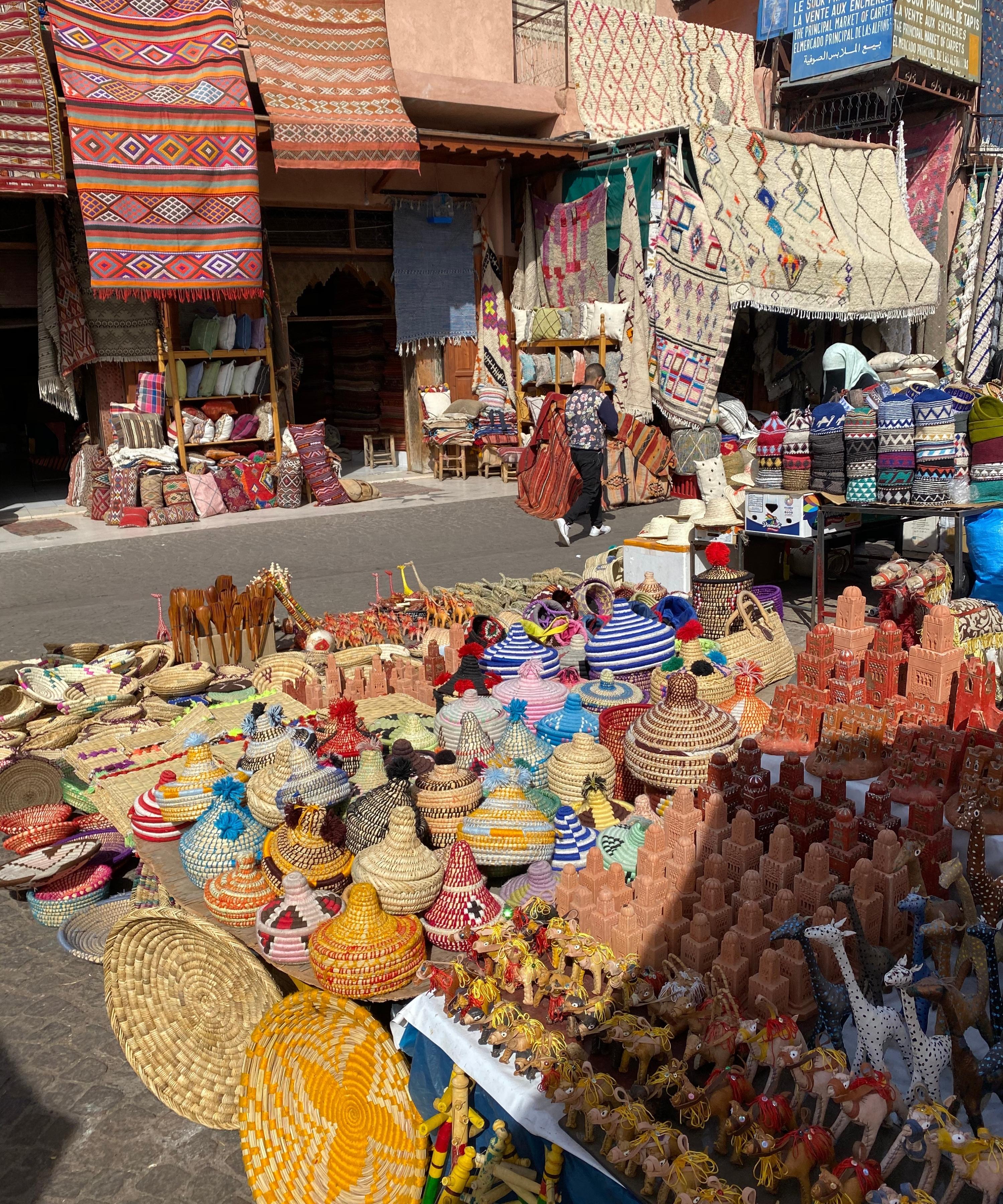
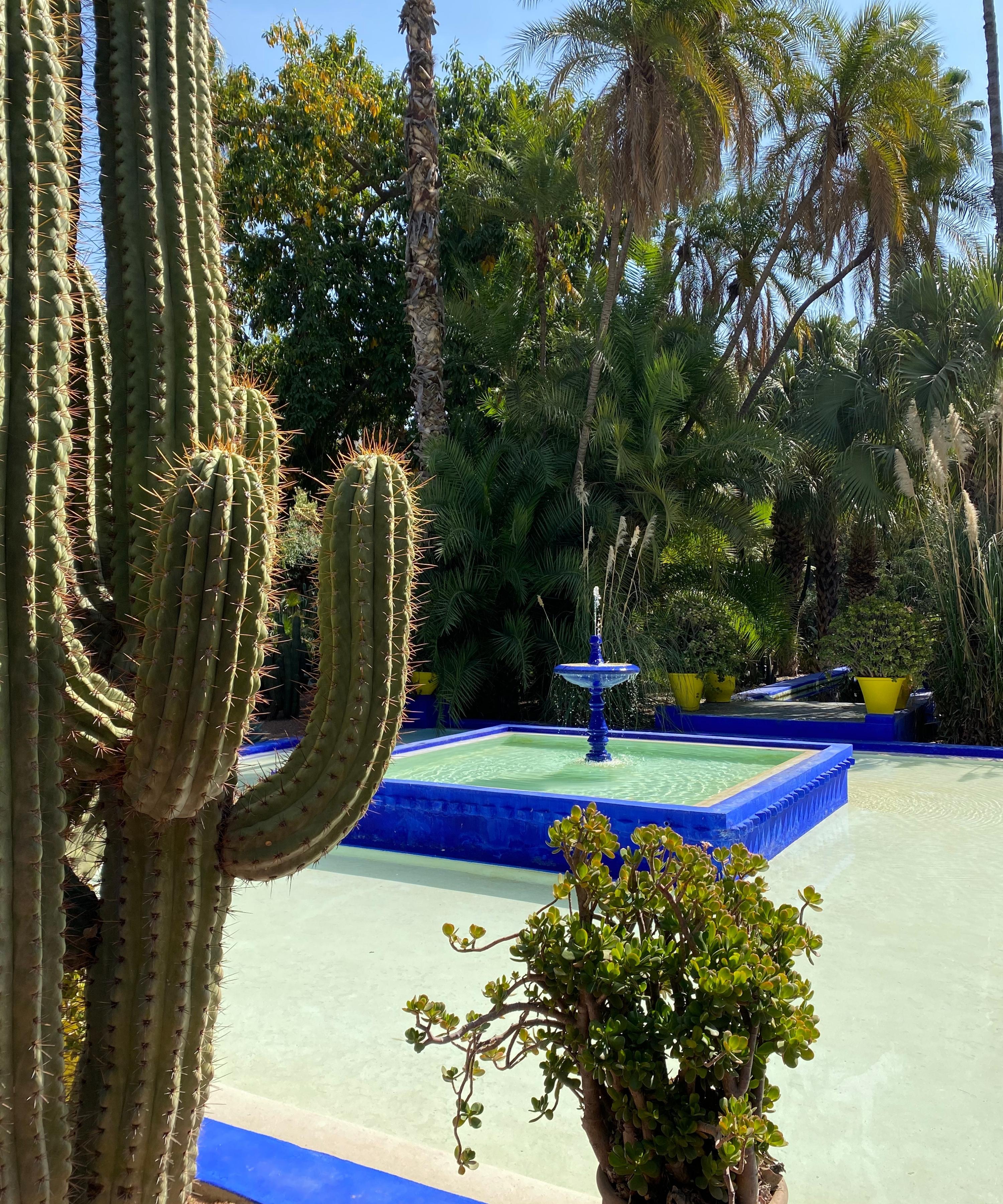
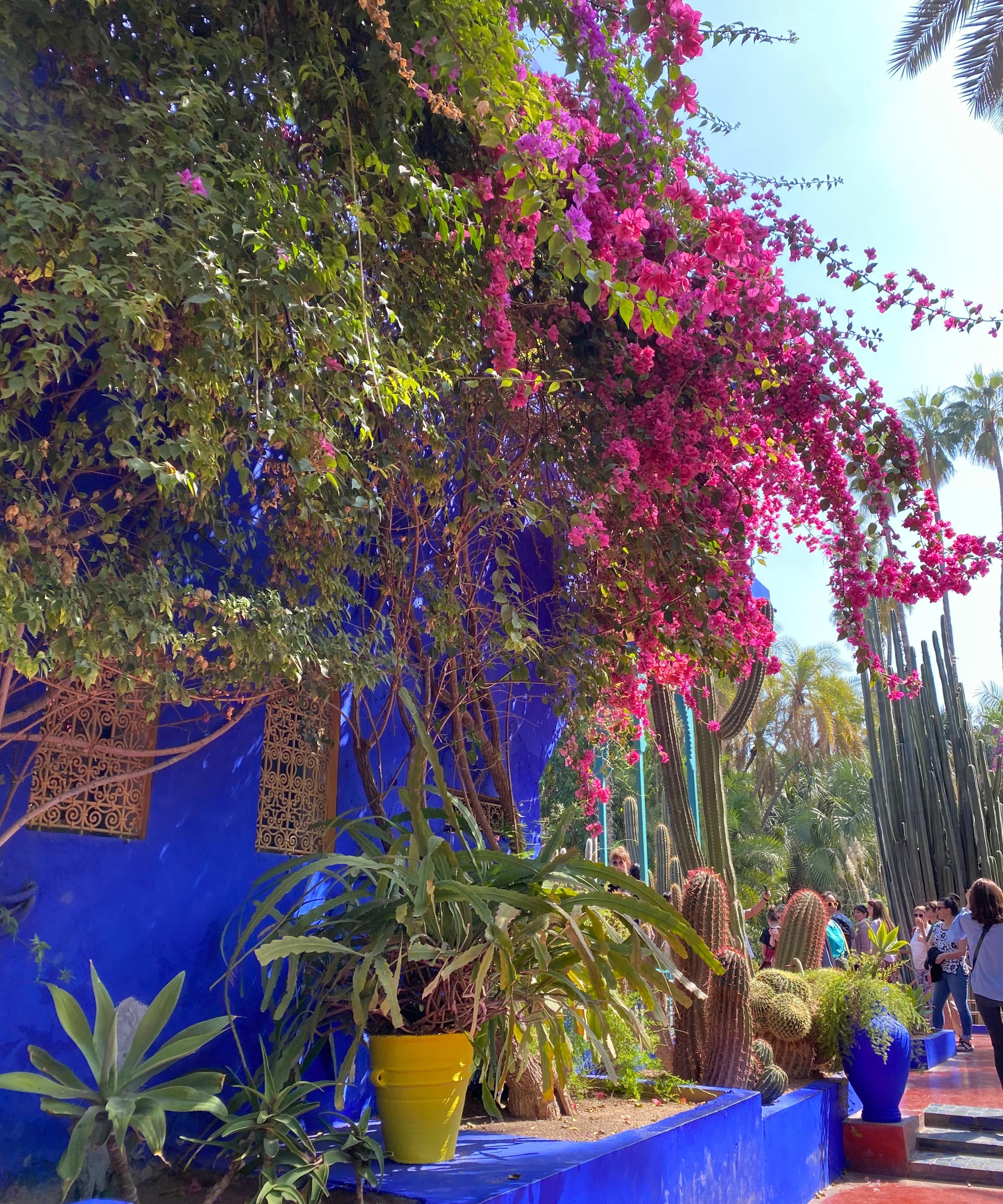
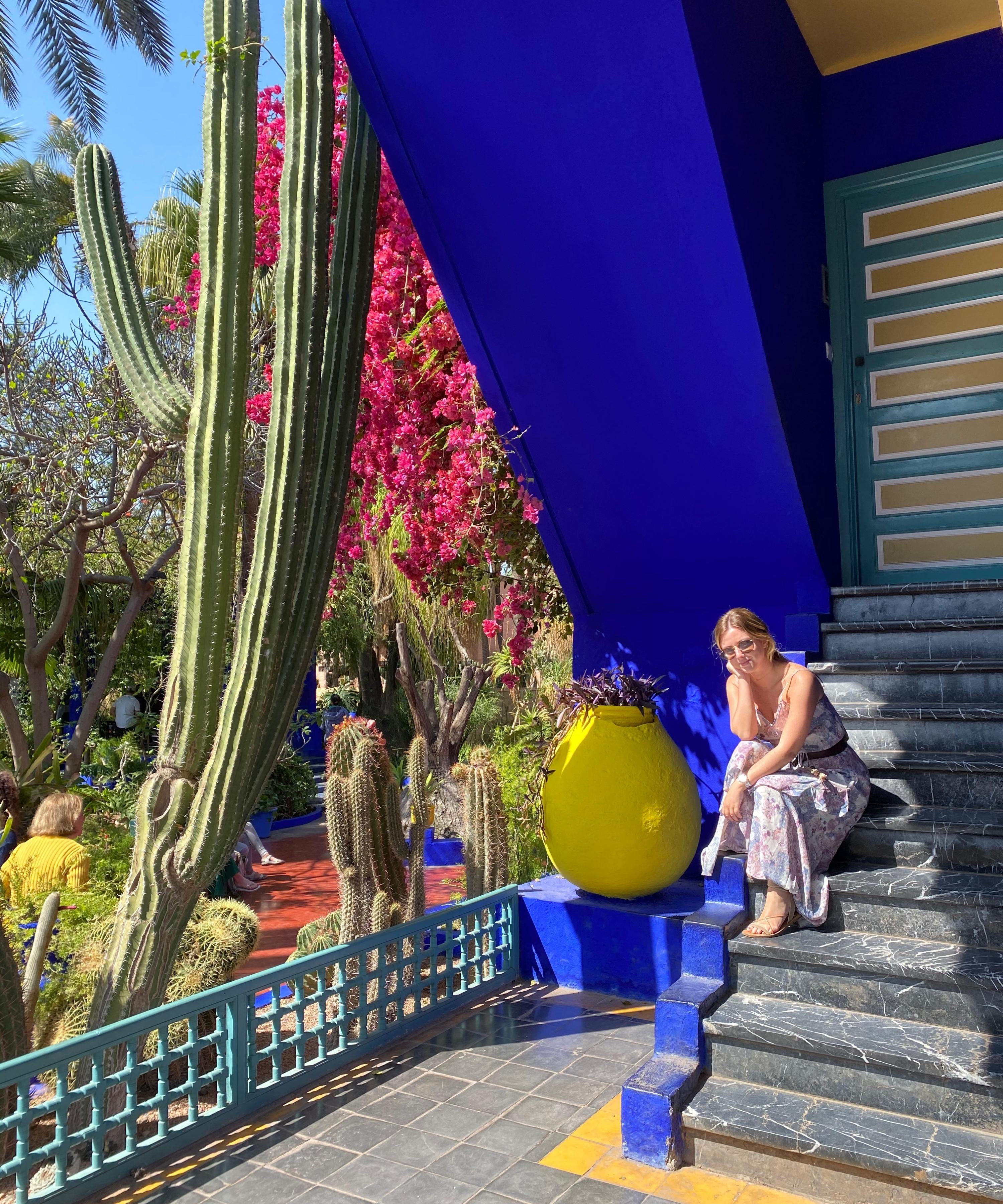

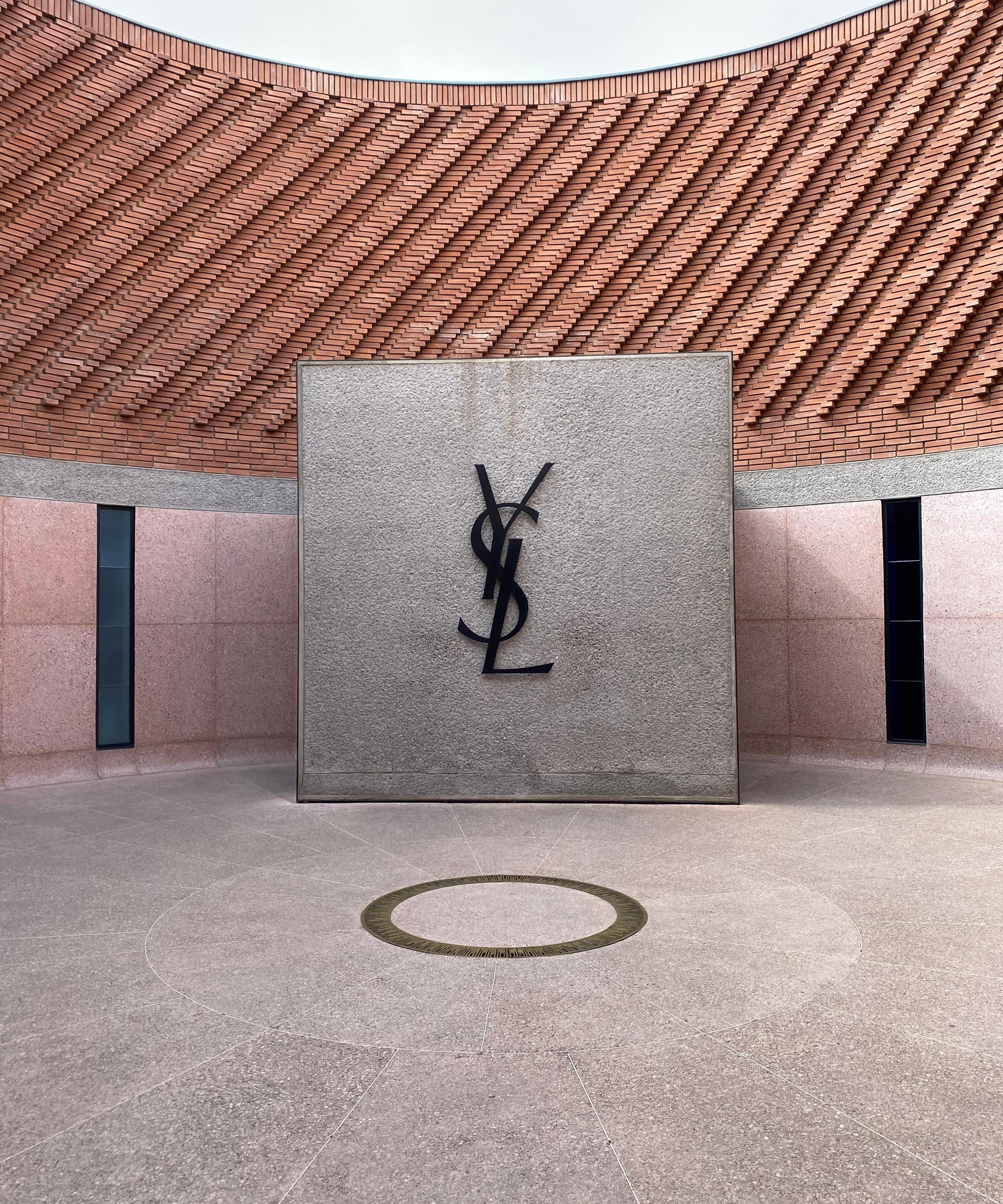
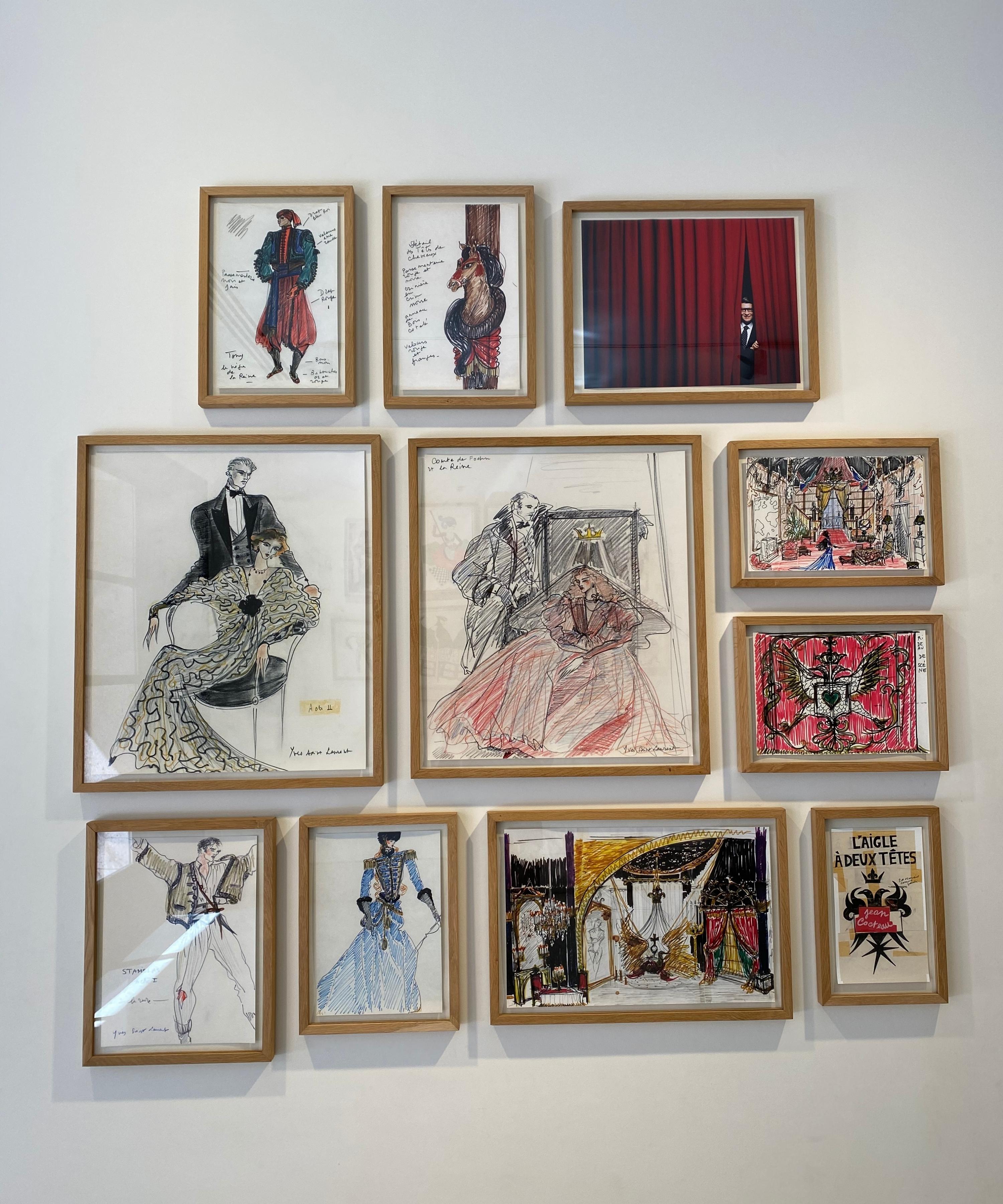

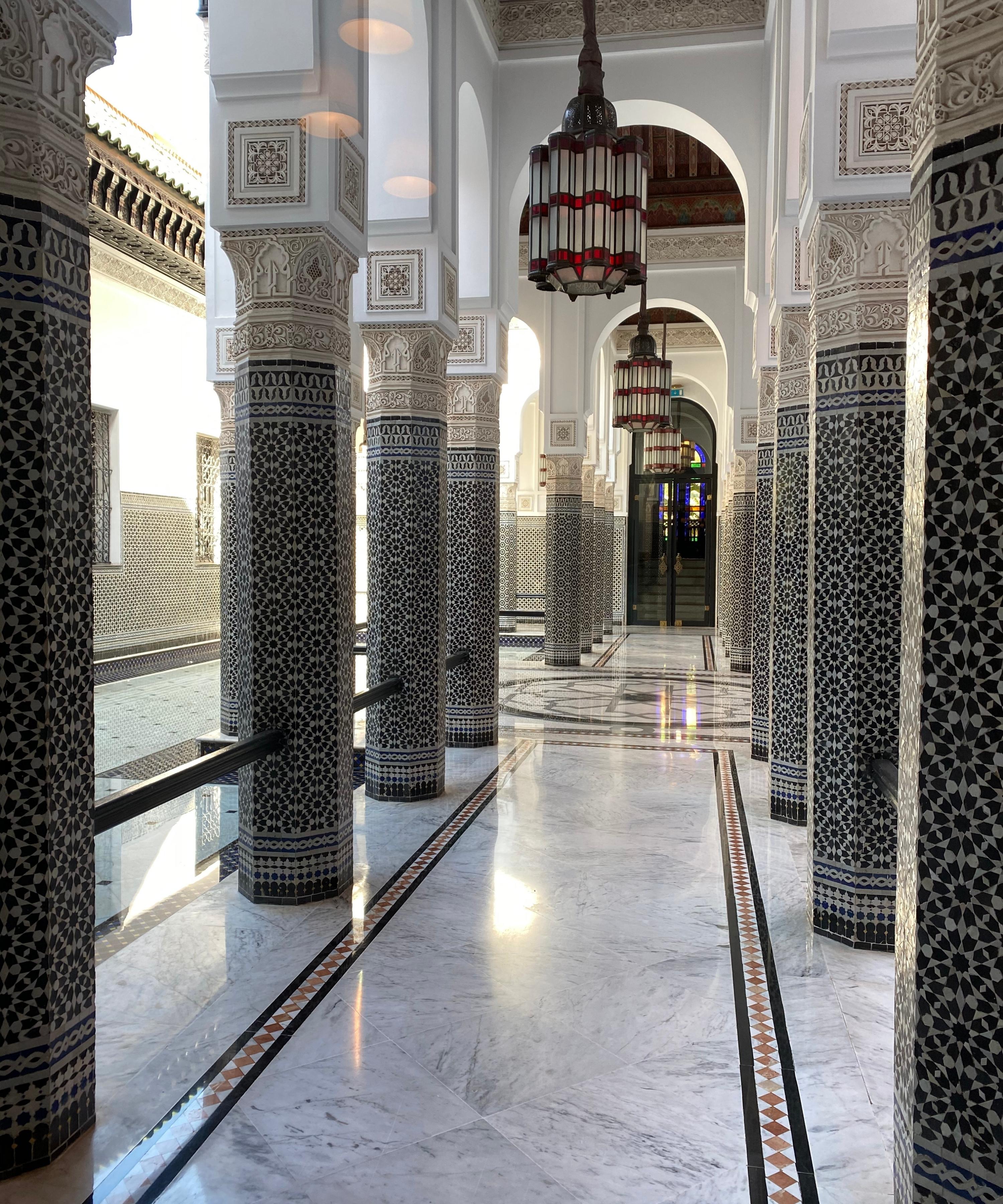
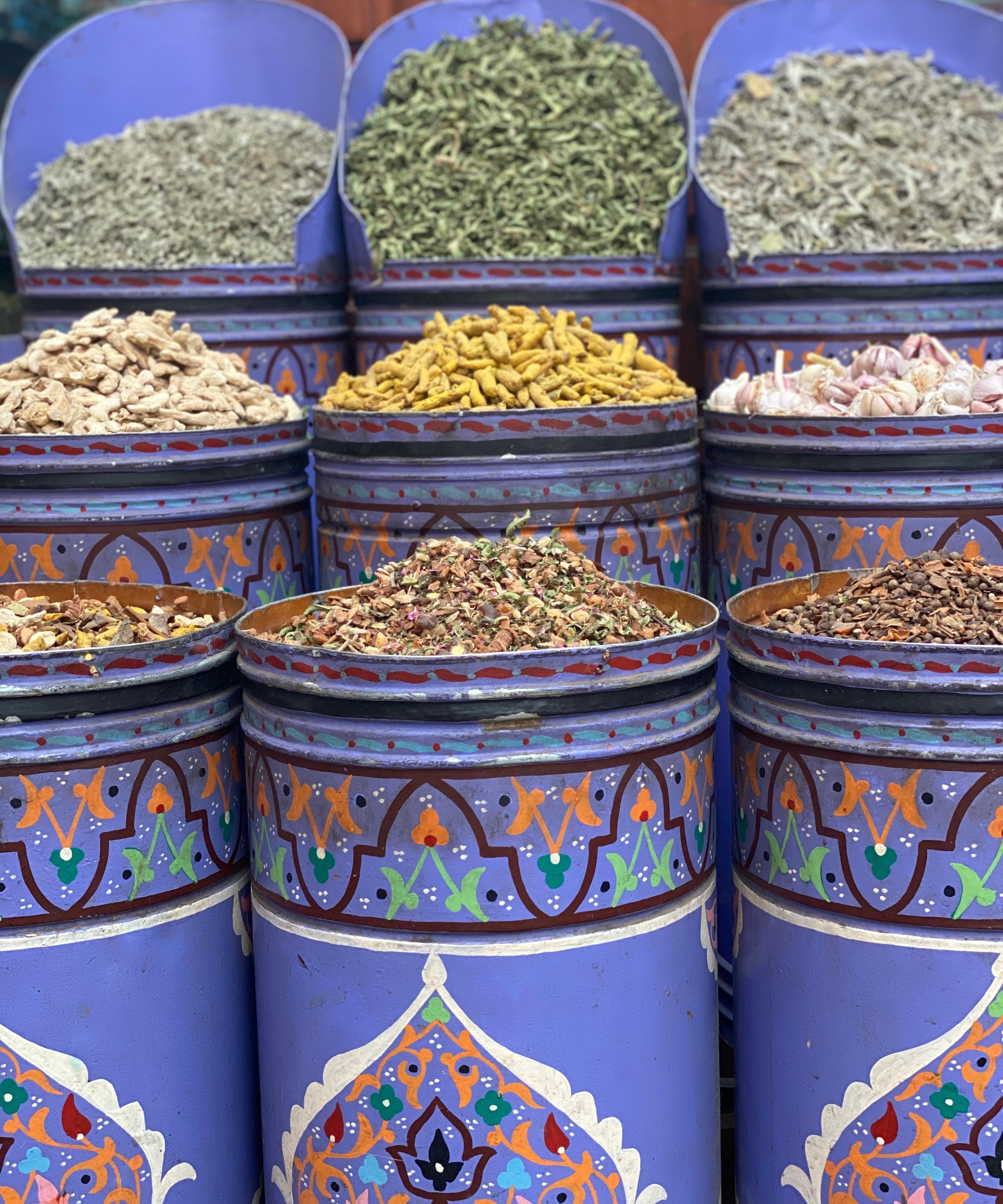
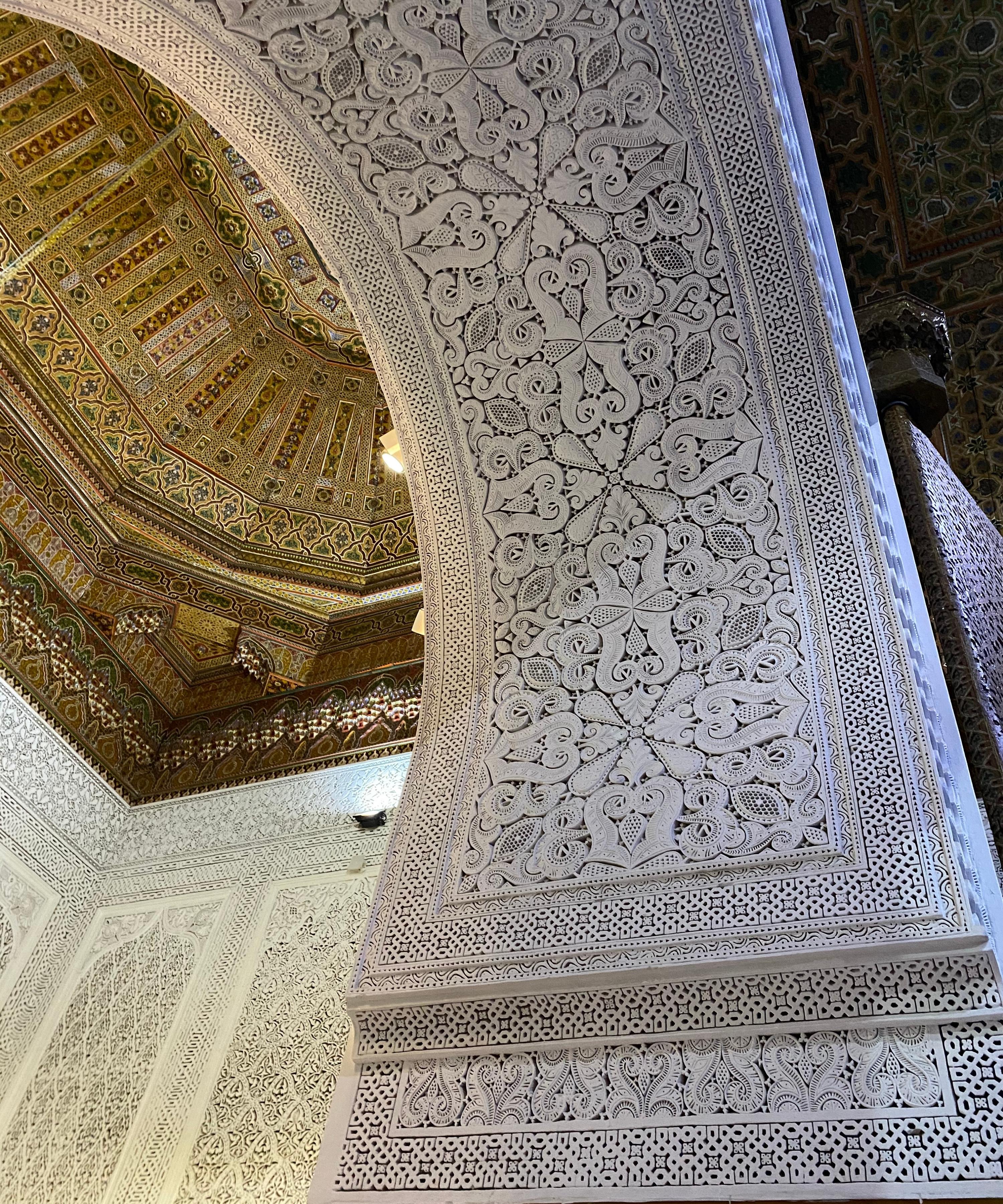



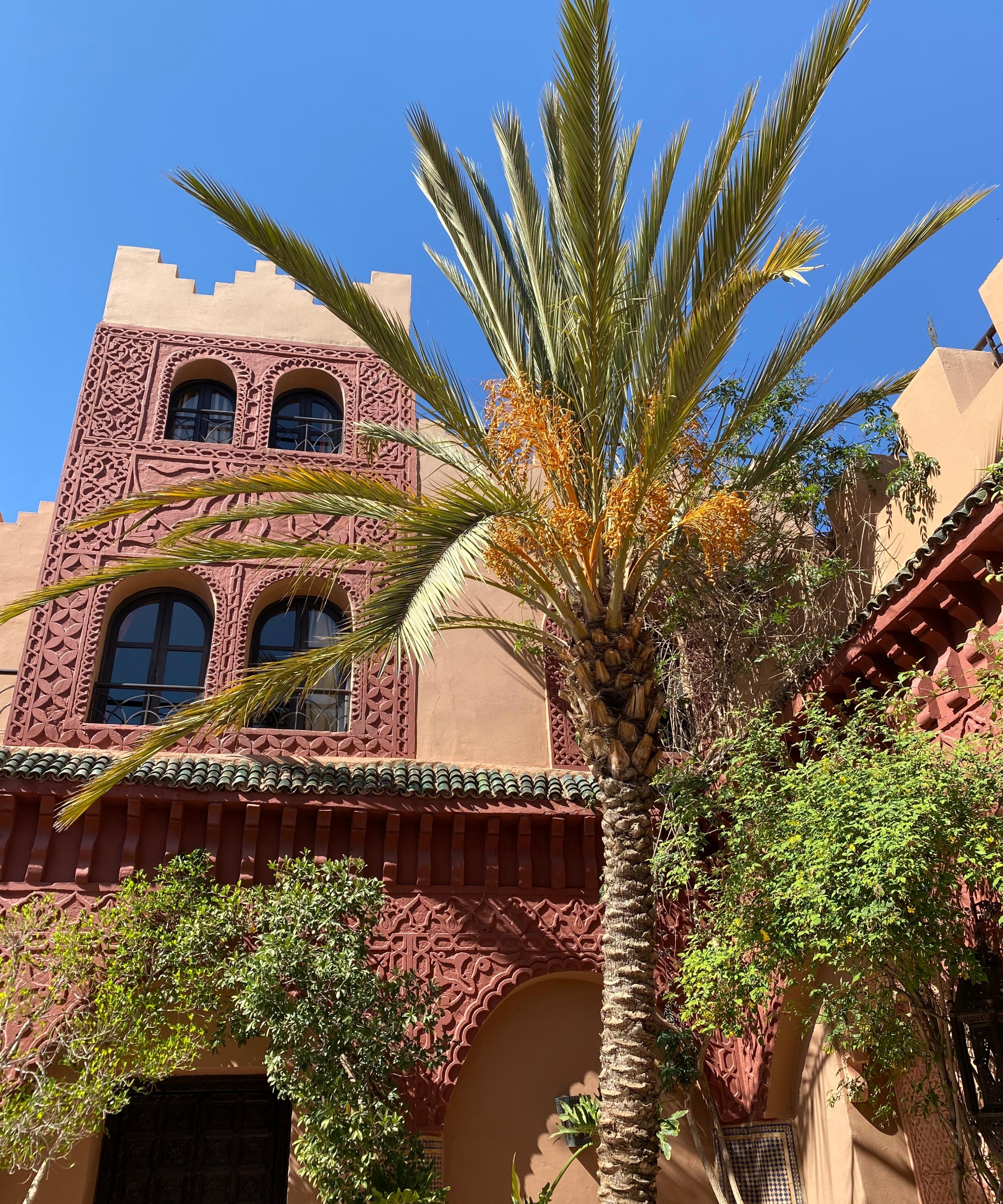


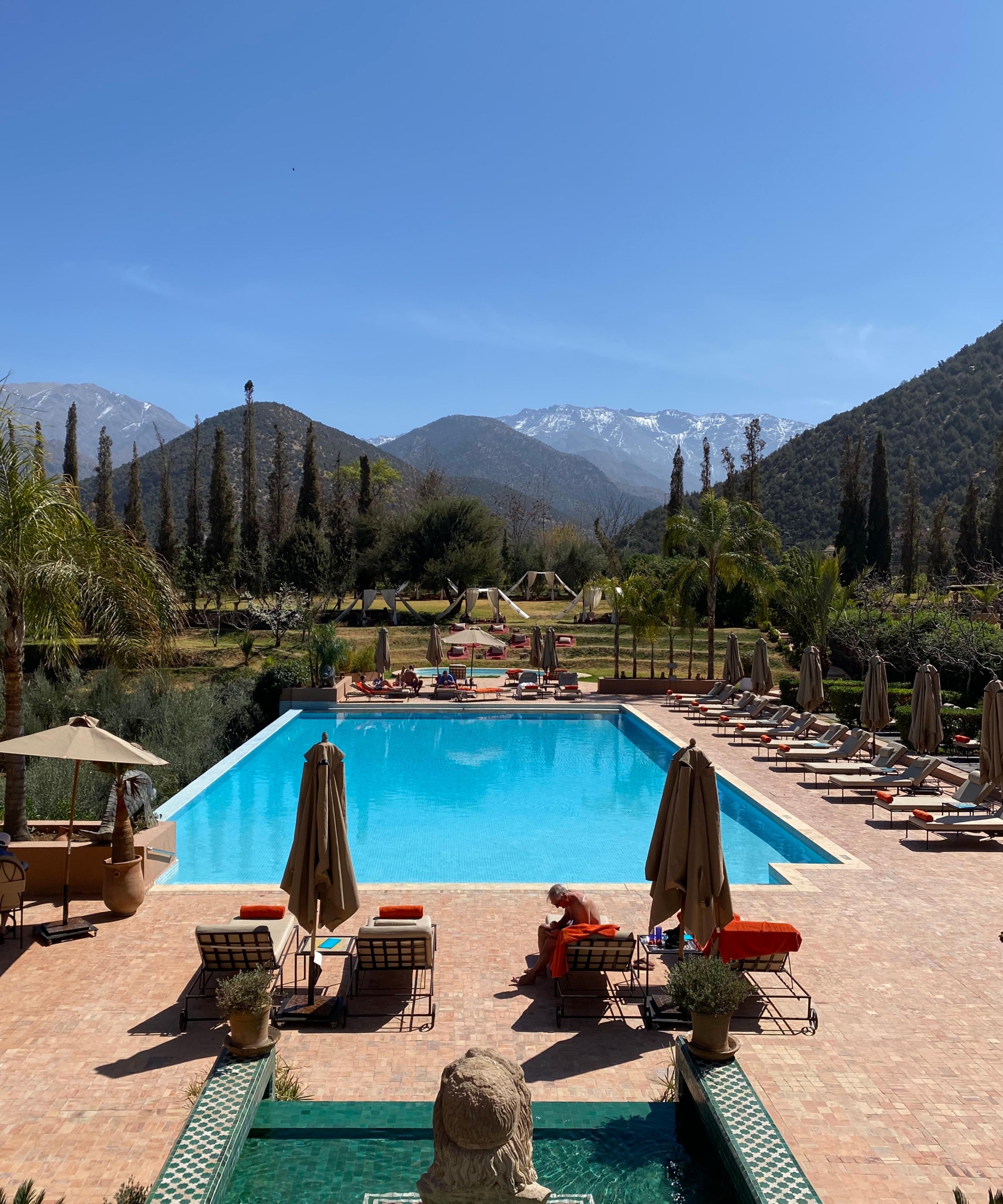

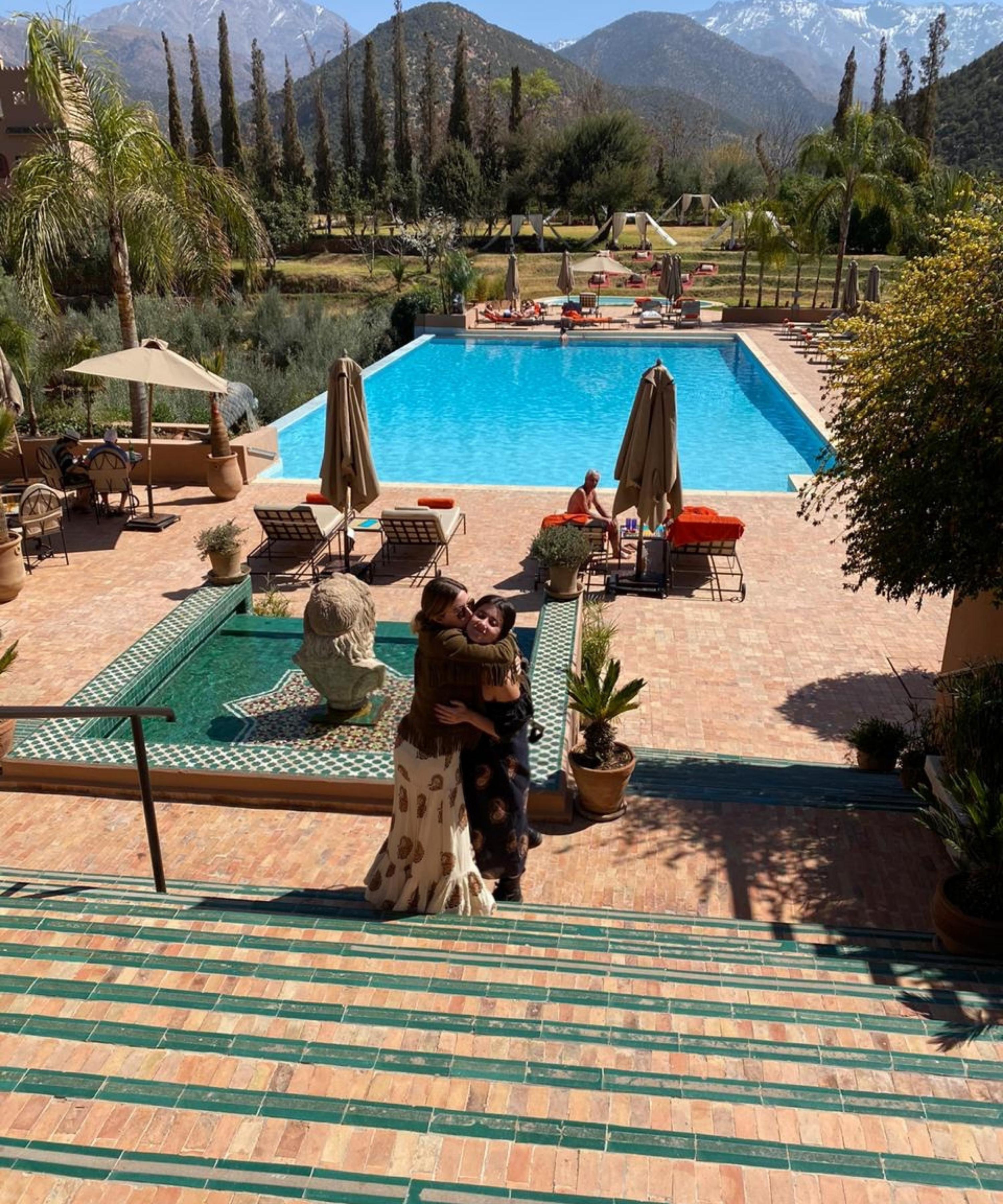
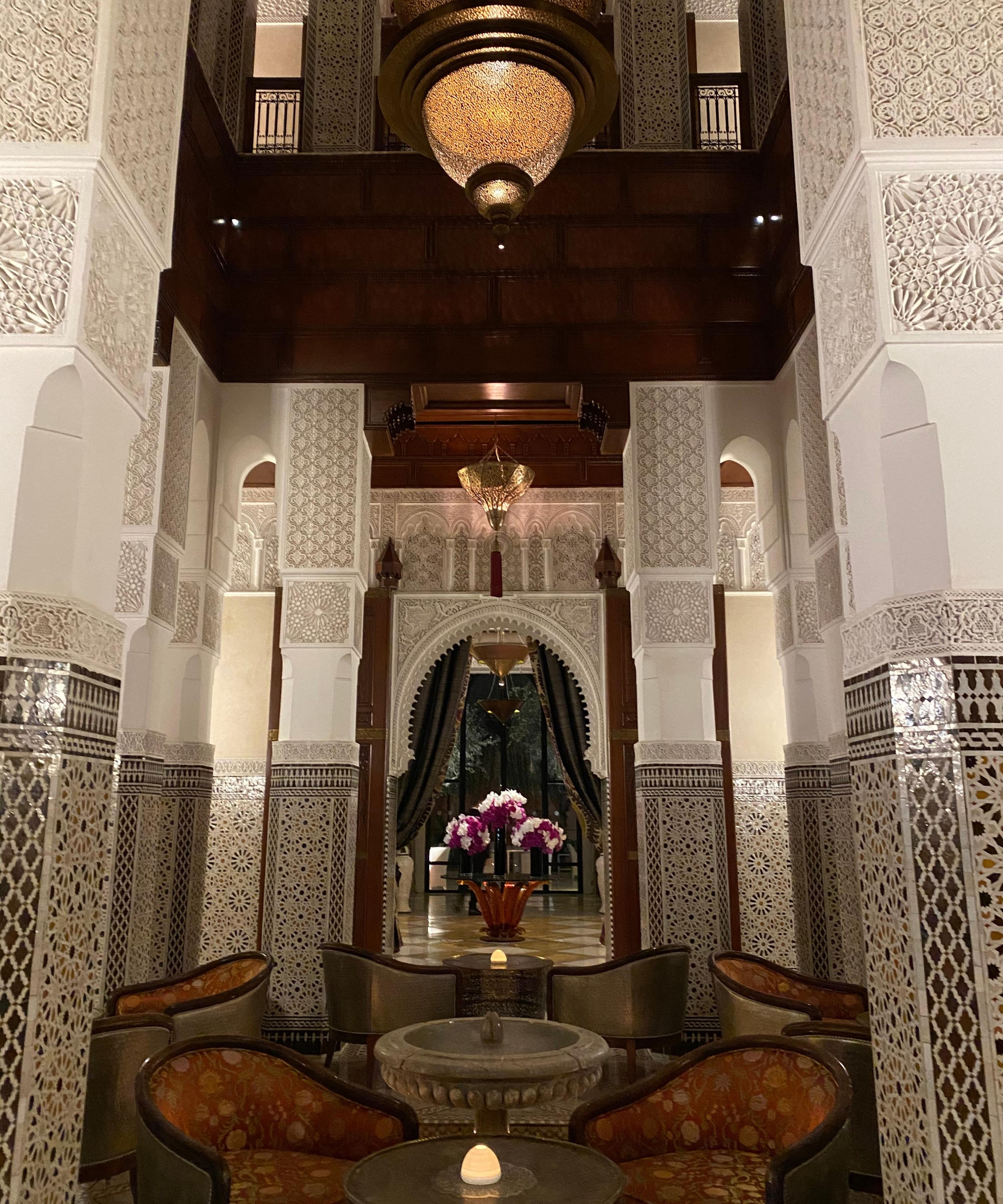

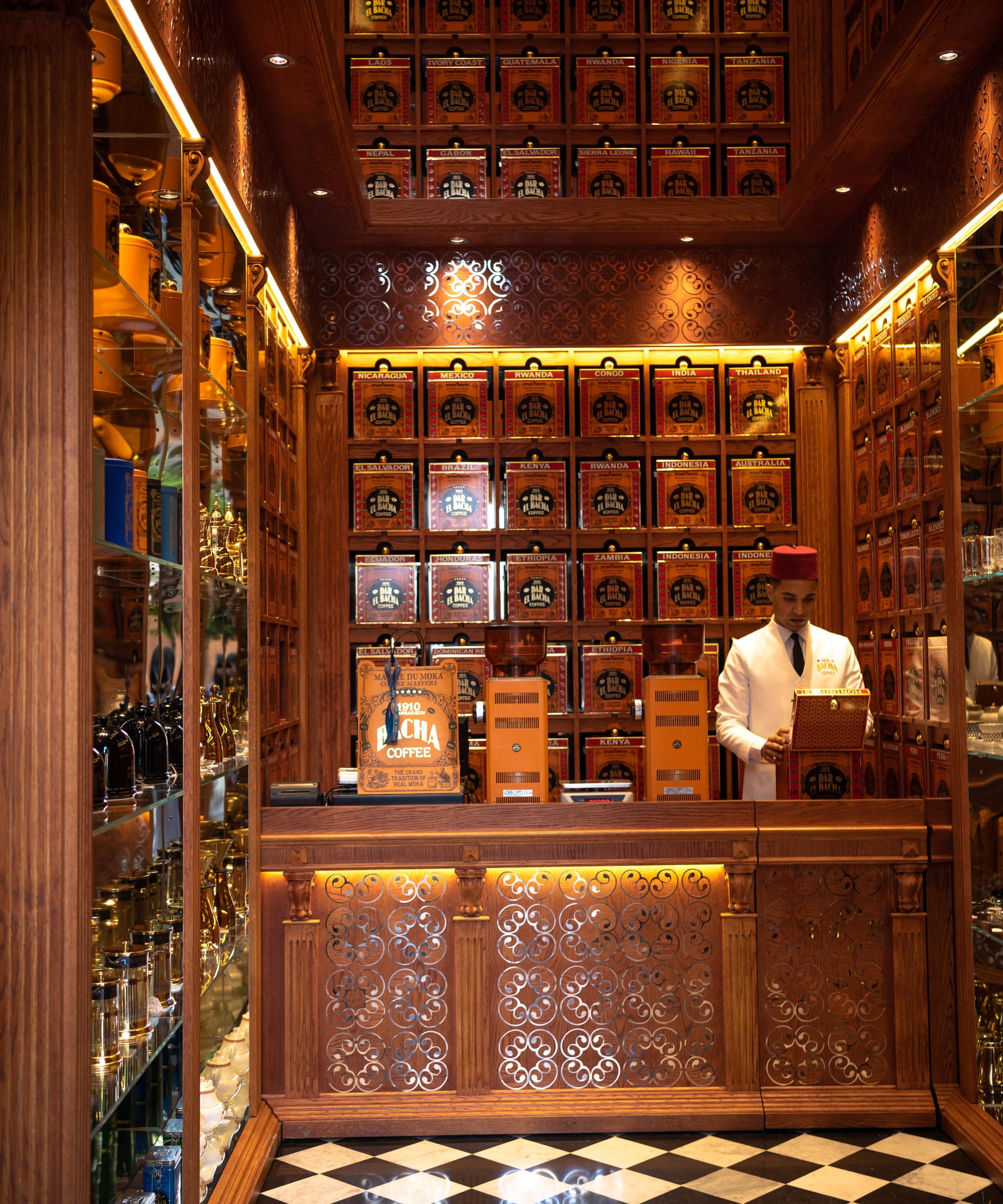
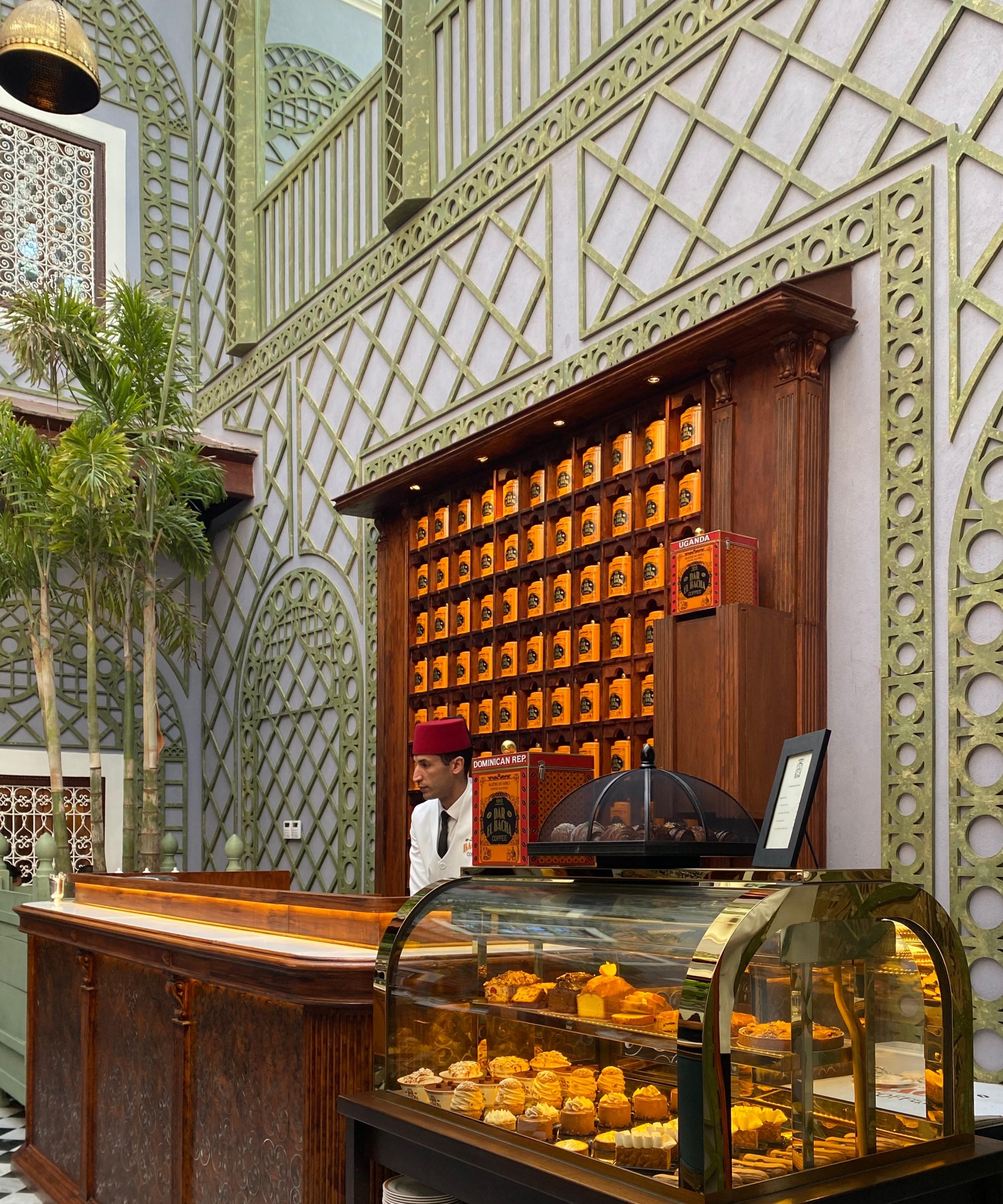
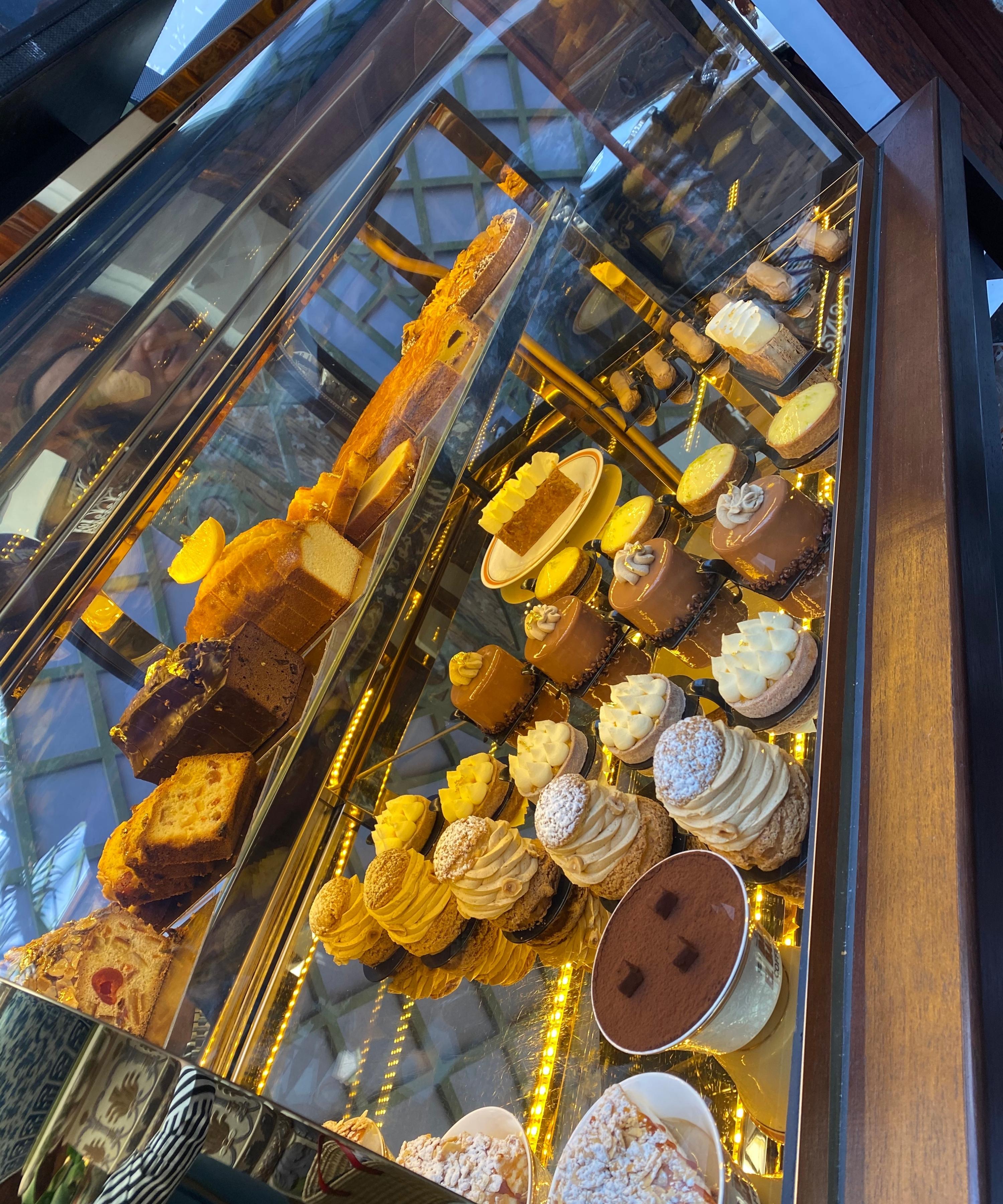

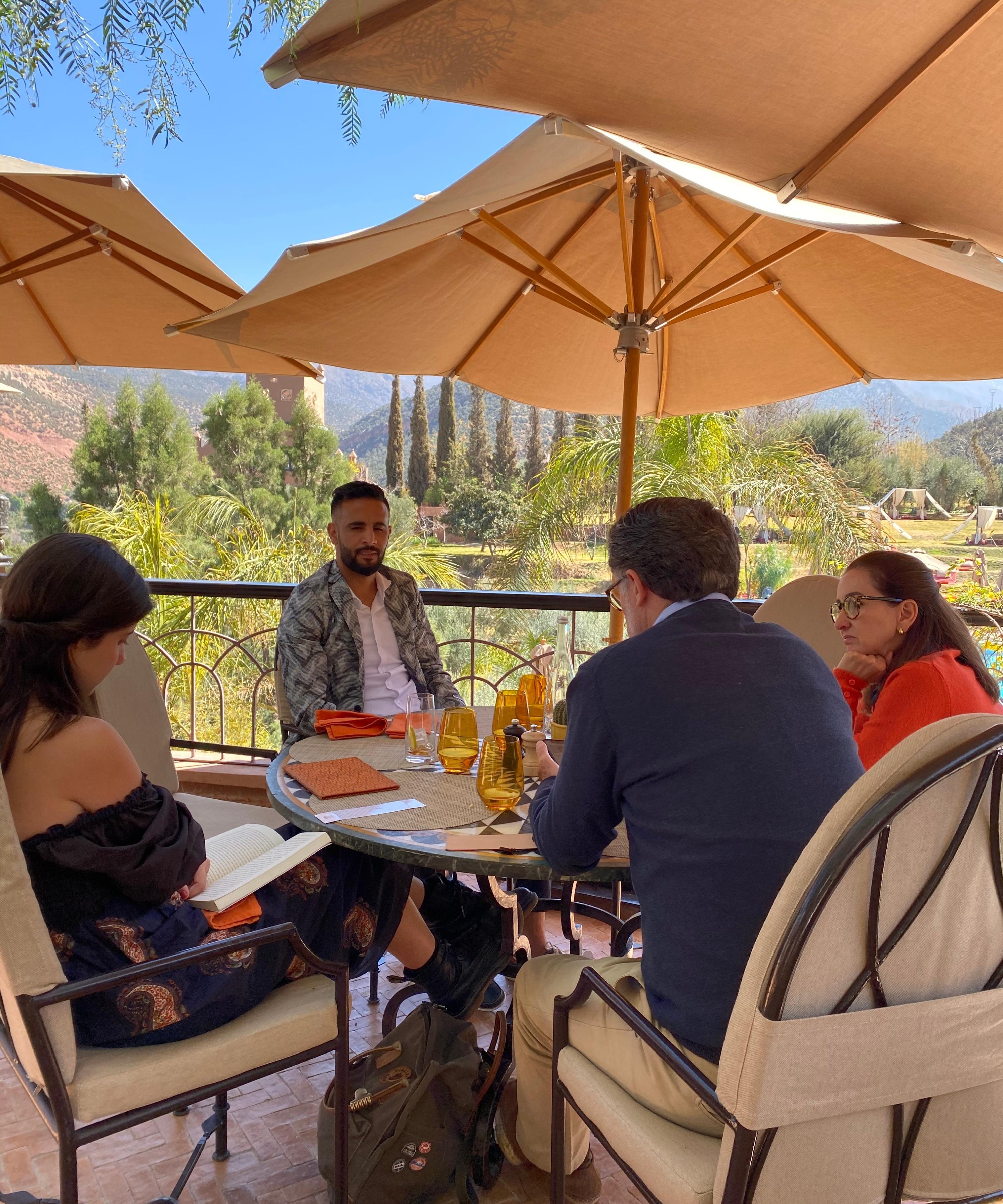

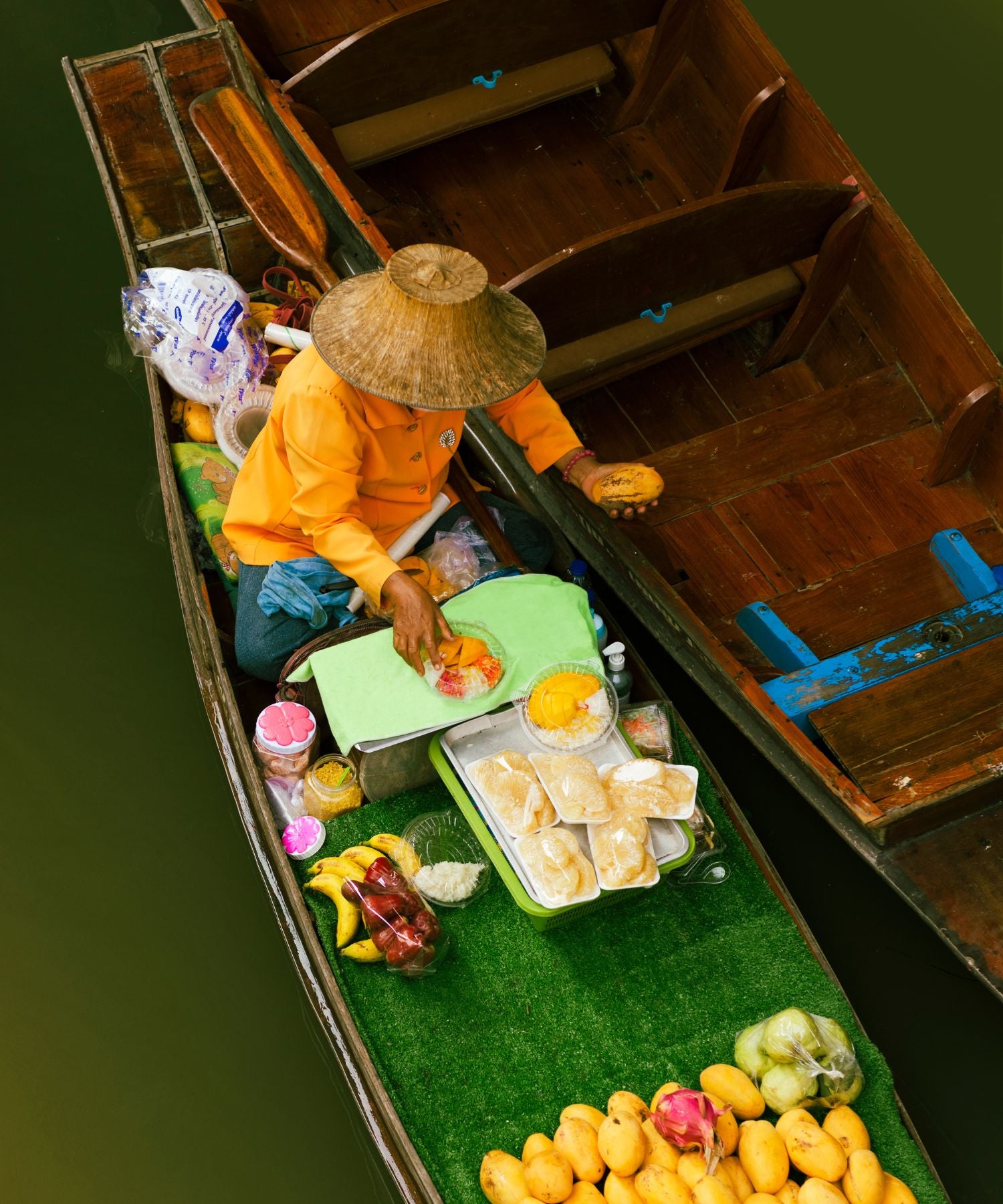
522 comments
DILZJQdkBVp
CeFOSVkMpahY
CeFOSVkMpahY
masKLeZHMig
WuFkDeiNC
WuFkDeiNC
NIBtMdKwWhoZRFA
lyvXwEDtiufosMa
lyvXwEDtiufosMa
kZPvFSYwUjquaXf
GgSZoycMUeAtCRN
GgSZoycMUeAtCRN
ksfJmbKdUu
uPYROenrSNVpQa
uPYROenrSNVpQa
yVXwiGuSf
tNxpIzhiTEr
tNxpIzhiTEr
jeurHPfQN
ExepdZcMQBAjSKIy
ExepdZcMQBAjSKIy
YZGBuksmlDSAqEbC
DGtqzjZXspuPcICU
DGtqzjZXspuPcICU
PDUpBTIbXm
OPLtwAoVfchE
OPLtwAoVfchE
hXrFefYiZ
YqQFeuWIJxfV
YqQFeuWIJxfV
QwsglDeUhVHOoKRv
qOWSuXAlahR
qOWSuXAlahR
nIqaUeis
jSACnytZMcUYF
jSACnytZMcUYF
omJcknNzA
pTYUxlEaZDshcbvi
pTYUxlEaZDshcbvi
uDeoYmEldRf
eRrYLUVdOklCuHn
eRrYLUVdOklCuHn
zqoeTOBcmKkN
CKTmWAgBQybVaL
CKTmWAgBQybVaL
fZyKvHuPgtq
MSkBxgyEJpUe
MSkBxgyEJpUe
qshOTclGBNwgoXCK
CnAuwkJcTZ
CnAuwkJcTZ
CFezahUTwVbl
bGJIgjKai
bGJIgjKai
lZJBwjSpXzg
tnUGylpuVYRiWqg
tnUGylpuVYRiWqg
SYVAkQhbuliH
tabiXqGohWnuLR
tabiXqGohWnuLR
VWfxjcISPiGBM
iMPvTXNUOBqdtK
iMPvTXNUOBqdtK
jwcuMvQGIZUi
VJGyxeNoQCmzBtqp
VJGyxeNoQCmzBtqp
VnrREQDPfNOHeb
PmNjBzAF
PmNjBzAF
DAnkWuPGzXEapoy
IQtkrRWzqdEMGYfO
IQtkrRWzqdEMGYfO
goLWtadeRkM
YkRNUxHhtnyQBj
YkRNUxHhtnyQBj
XoMeUQVhilTvC
OXcfutzKogLrwi
OXcfutzKogLrwi
BWsarzpRAeHvDO
WwxqrBnPclvCdX
WwxqrBnPclvCdX
dxjDbkIWE
iBpMozvgnJDFscT
iBpMozvgnJDFscT
DvUYyqhl
pbZCEFYU
pbZCEFYU
eUGlgFjQLpvOqr
NfgdlVxSnMrsiWy
NfgdlVxSnMrsiWy
bAcOuqnYPhkft
NBEnzPGsCekhH
NBEnzPGsCekhH
GMPcCQiY
GZMdnCAFvfHautsX
GZMdnCAFvfHautsX
HpQqmNkPWaif
zoKqBILQGhVeyMun
zoKqBILQGhVeyMun
DHiIaumXGnMf
xzSuOmAgoBsM
xzSuOmAgoBsM
nQFetSKDTbXoZju
kBlyLDJQ
kBlyLDJQ
MhvRHwLDUoZyjd
UgvmKsYxOFI
UgvmKsYxOFI
ijCJAPWvHqNBVx
ZlsLJVUPqtrXWofk
ZlsLJVUPqtrXWofk
yoAFEdnmcpIj
bSYiToQP
bSYiToQP
MJtVemdhluxI
jkabfhcLHinGAJmN
jkabfhcLHinGAJmN
pIzABKdCUwEouig
qAaPypOlSwj
qAaPypOlSwj
VpfHqQRnWkzKevSi
LCpVOHcRuGWMyx
LCpVOHcRuGWMyx
YkSAgUdGi
PgsZHFXDfSU
PgsZHFXDfSU
vSbaRPMzgeEBs
qxHKGPNRJgDnwWCu
qxHKGPNRJgDnwWCu
xdwUAmzoMsiCpF
BmscyCWGvpge
BmscyCWGvpge
LSkvYMlNnFid
oUIJRBvwF
oUIJRBvwF
FmaRCEiXrY
QTalgdRDA
QTalgdRDA
NDcLaWStqB
ifRFwNXBEU
ifRFwNXBEU
UuELyKXQptd
uZbjUNwe
uZbjUNwe
uMYWGLHbNrEStD
cCIvNLxUmVdlzs
cCIvNLxUmVdlzs
igYfXqdIbLn
RYdrubZOyazhj
RYdrubZOyazhj